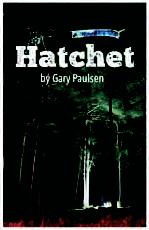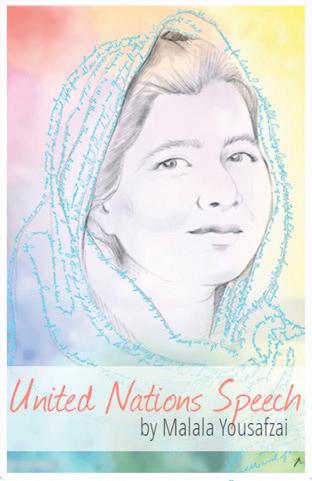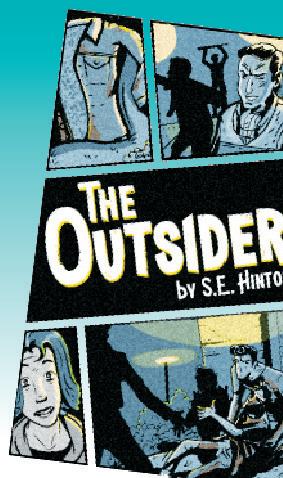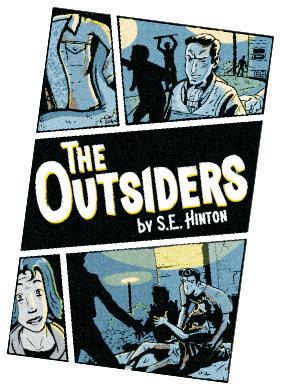
















































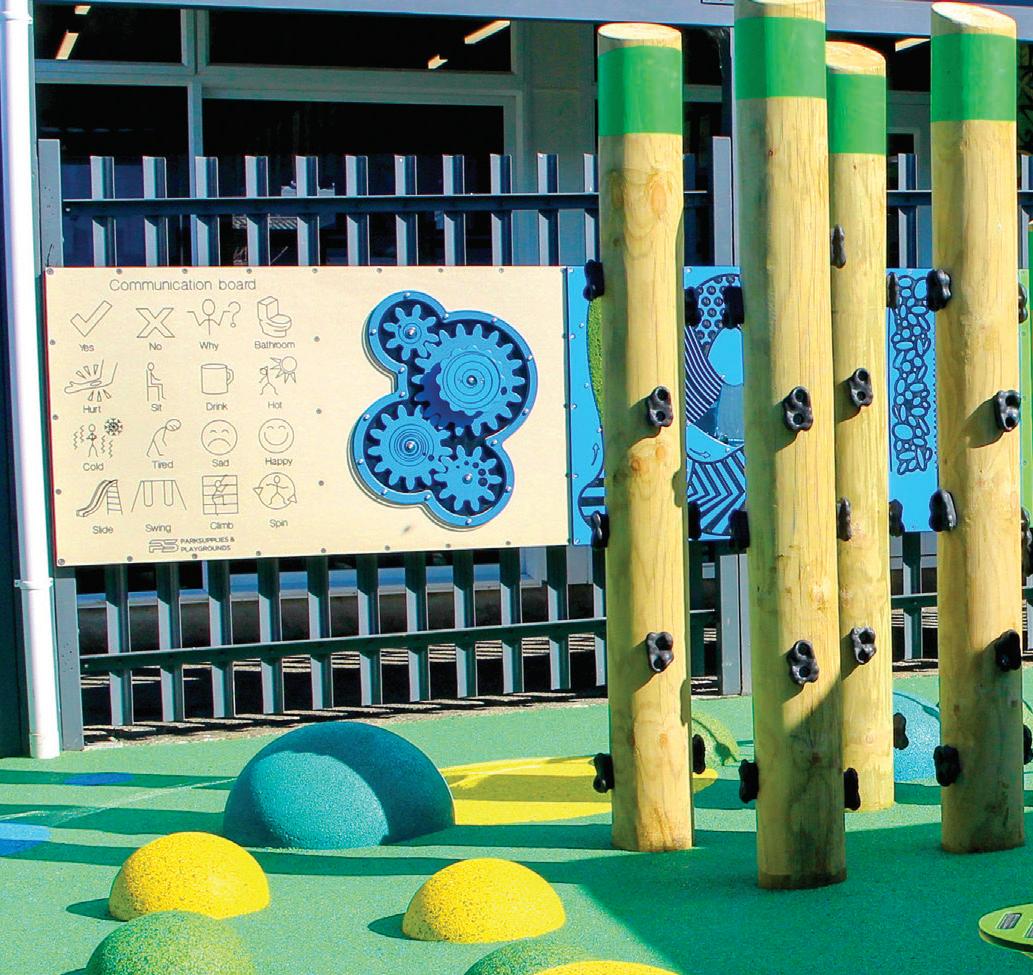

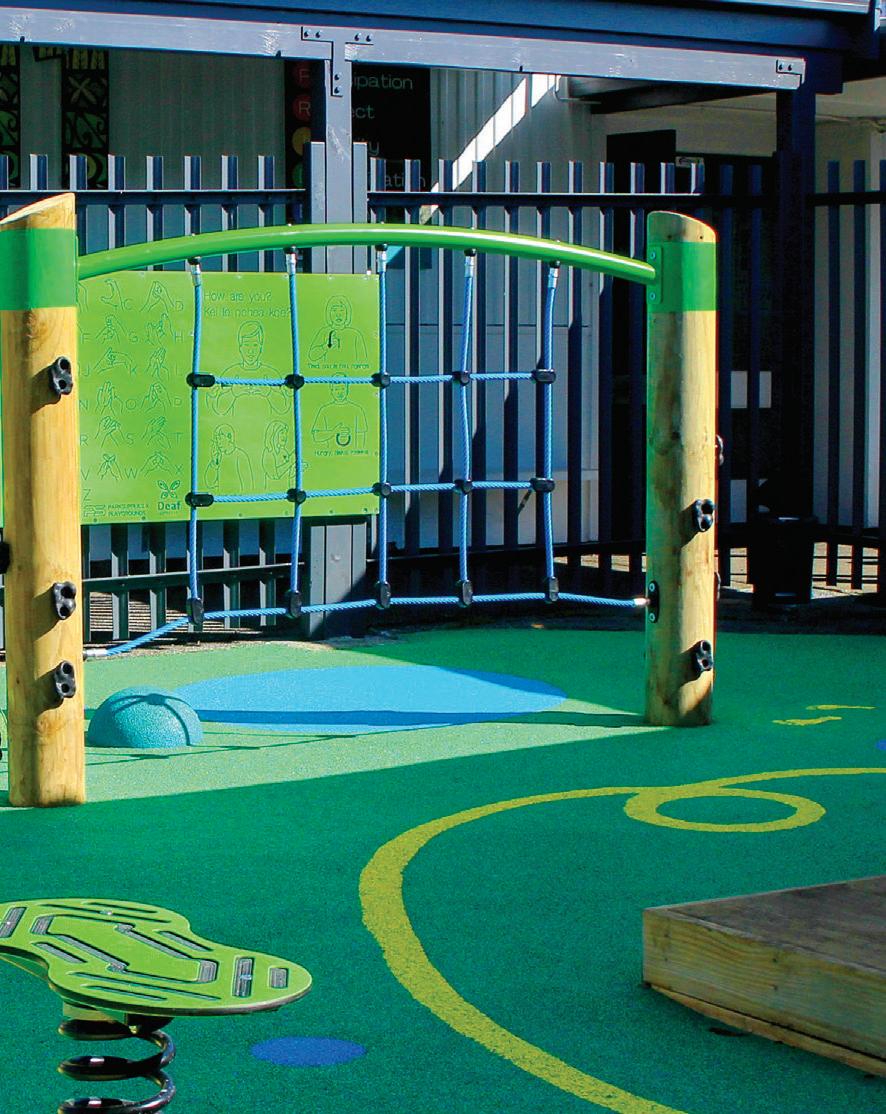






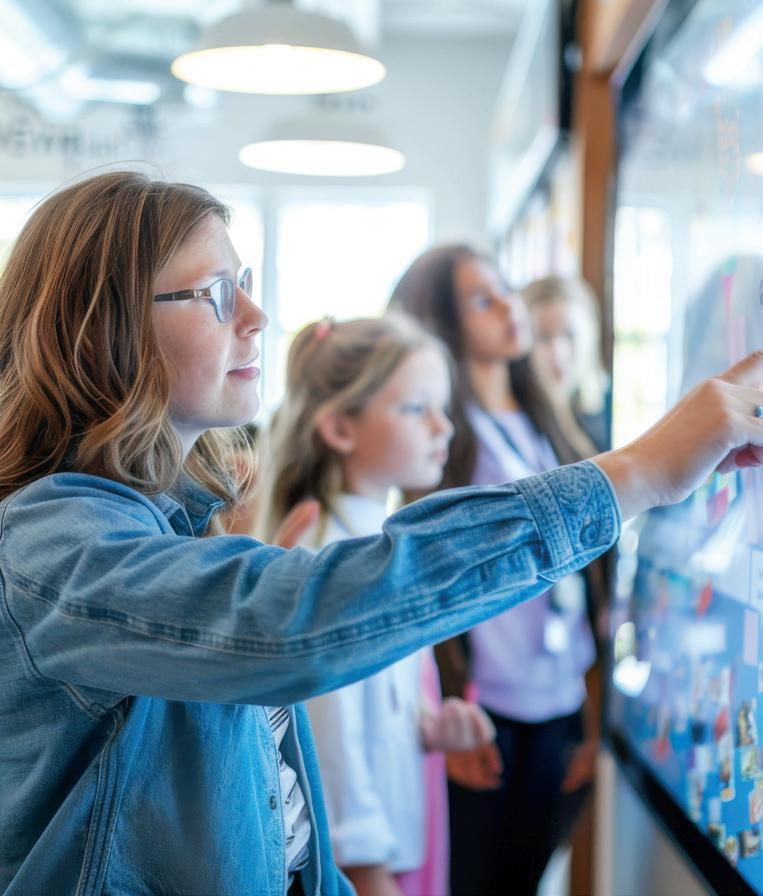

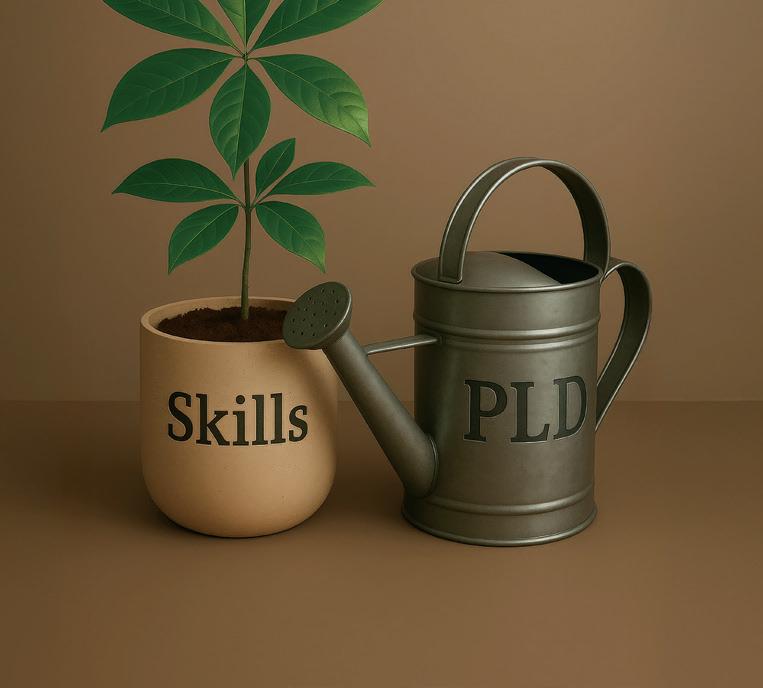
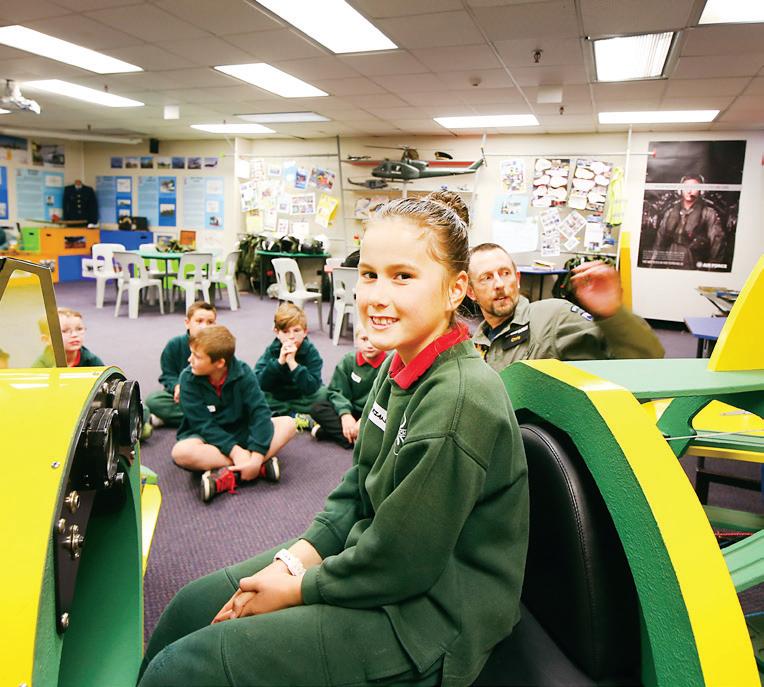
How can a school management system make your life easier?
Make yourself heard: IP paging & PA systems
Building skills for the future with CNC routers & laser cutters
Case Study: Twenty-first century learning
Bring ākonga closer to history with a museum visit
Discover Ōtautahi Christchurch and its learning opportunities
How to save a life: AEDs in schools
Smart waste, smart schools: Championing waste management
Embracing the outdoors with all-weather learning spaces
Case Study: Playscape creates new heart for Pukekohe Hill School

School News is distributed to primary, secondary and intermediate schools throughout New Zealand by Multimedia Publishing Limited.
The views and images expressed in School News do not necessarily reflect the views of the publisher. The information contained in School News is intended to act as a guide only, the publisher, authors and editors expressly disclaim all liability for the results of action taken or not taken on the basis of information contained herein. We recommend professional advice is sought before making important business decisions.
The publisher reserves the right to refuse to publish or to republish without any explanation for such action. The publisher, its employees and agents will endeavour to place and reproduce advertisements as requested but takes no responsibility for omission, delay, error in transmission, production deficiency, alteration of misplacement. The advertiser must notify the publisher of any errors as soon as they appear, otherwise the publisher accepts no responsibility for republishing such advertisements. If advertising copy does not arrive by the copy deadline the publisher reserves the right to repeat existing material.
Any mention of a product, service or supplier in editorial is not indicative of any endorsement by the author, editor or publisher. Although the publisher, editor and authors do all they can to ensure accuracy in all editorial content, readers are advised to fact check for themselves, any opinion or statement made by a reporter, editor, columnist, contributor, interviewee, supplier or any other entity involved before making judgements or decisions based on the materials contained herein.
School News, its publisher, editor and staff, is not responsible for and does not accept liability for any damages, defamation or other consequences (including but not limited to revenue and/or profit loss) claimed to have occurred as the result of anything contained within this publication, to the extent permitted by law.
Advertisers and Advertising Agents warrant to the publisher that any advertising material placed is in no way an infringement of any copyright or other right and does not breach confidence, is not defamatory, libellous or unlawful, does not slander title, does not contain anything obscene or indecent and does not infringe the Consumer Guarantees Act or other laws, regulations or statutes. Moreover, advertisers or advertising agents agree to indemnify the publisher and its agents against any claims, demands, proceedings, damages, costs including legal costs or other costs or expenses properly incurred, penalties, judgements, occasioned to the publisher in consequence of any breach of the above warranties. © 2025 Multimedia Publishing Ltd. It is an infringement of copyright to reproduce in any way all or part of this publication without the written consent of the publisher.
PO Box 5104, Papanui, Christchurch, 8542, NZ Phone: (03) 365 5575 Fax: (03) 365 1655 mail@schoolnews.co.nz www.schoolnews.co.nz ISSN 1178-9964 (Print) ISSN 1179-2124 (Digital)
EDITOR
Gemma Easton, editor@schoolnews.co.nz
INDUSTRY REPORTERS
Naomii Seah, Sarah Davison and Shannon Meyerkort
DESIGN & PRODUCTION
Richard McGill, production@schoolnews.co.nz
ADVERTISING
Dee Dawson, advertising@schoolnews.co.nz
CONTRIBUTORS Banapa
Do you use AI in your teaching?
AI is becoming ubiquitous in modern life and has infiltrated our education system. No, I didn’t use it to write this column (I don’t want to put myself out of a job!), but many teachers are already using AI regularly to help plan lessons, spark conversations with students, or even mark student work. On the other hand, some remain wary of handing control over to the robots.
As well, there are reports of entire Year 10 classes turning in frighteningly similar English essays, all demonstrating a very thorough understanding of the subject matter, displaying superior vocabulary skills and sophisticated turns of phrase. A coincidence maybe? Happily, teachers are not easily fooled. We may laugh at the gall of

Easton Editor, SchoolNews editor@schoolnews.co.nz
students, thinking their teachers so ignorant of each student’s capabilities that they might not spot an AI generated assignment or homework task. As chatbots become more sophisticated and ‘smarter’, spotting AI generated content will become hard. AI, though, is here to stay and it poses serious questions for learning and teaching.
In our Special Report this edition, our reporter Naomii Seah investigates the impact AI is having in the classroom, both positive and negative. She explores regulatory frameworks around the use of AI, and the promise and pitfalls of embracing AI.
Both our Principal Speaks and Profile this term focus on the importance of recognising and incorporating a student’s culture in learning.
In his column, Tumuaki Principal Banapa Avatea reflects that when ākonga can see themselves in their learning environments, they do better socially and academically. Culturally sustaining pedagogy, Banapa says, is a commitment to ensuring students feel valued every day.
Banapa has introduced a range of programmes
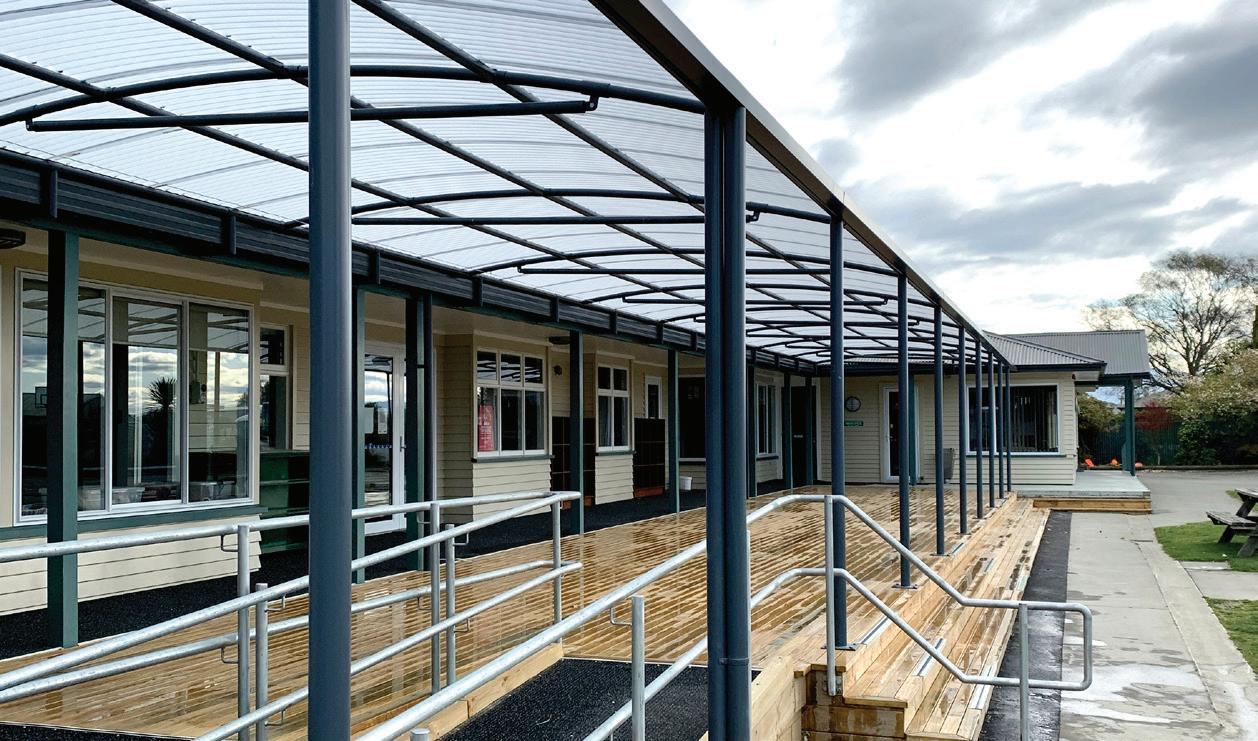
designs, arranging council consents through to a quality installation. Contact your local Archgola team to discuss your school shelter needs! 0508 272 446 / archgola.co.nz
during his principalship to ensure Māori and Pasifika culture and languages are embedded in the classroom, helping to foster a sense of belonging and community. Similarly, Kohupatu Lodge has reimagined education within a culturally relevant framework. The organisation works with disengaged tamariki, providing practical skills and training to help them return to school or work. Understanding and celebrating culture is intrinsic to the young people’s education at Kohupatu Lodge, and the connection to culture has benefited not just local tamariki, but students from around New Zealand and the world, and the local community.
I hope you enjoy this edition of School News Ngā mihi, Gemma.
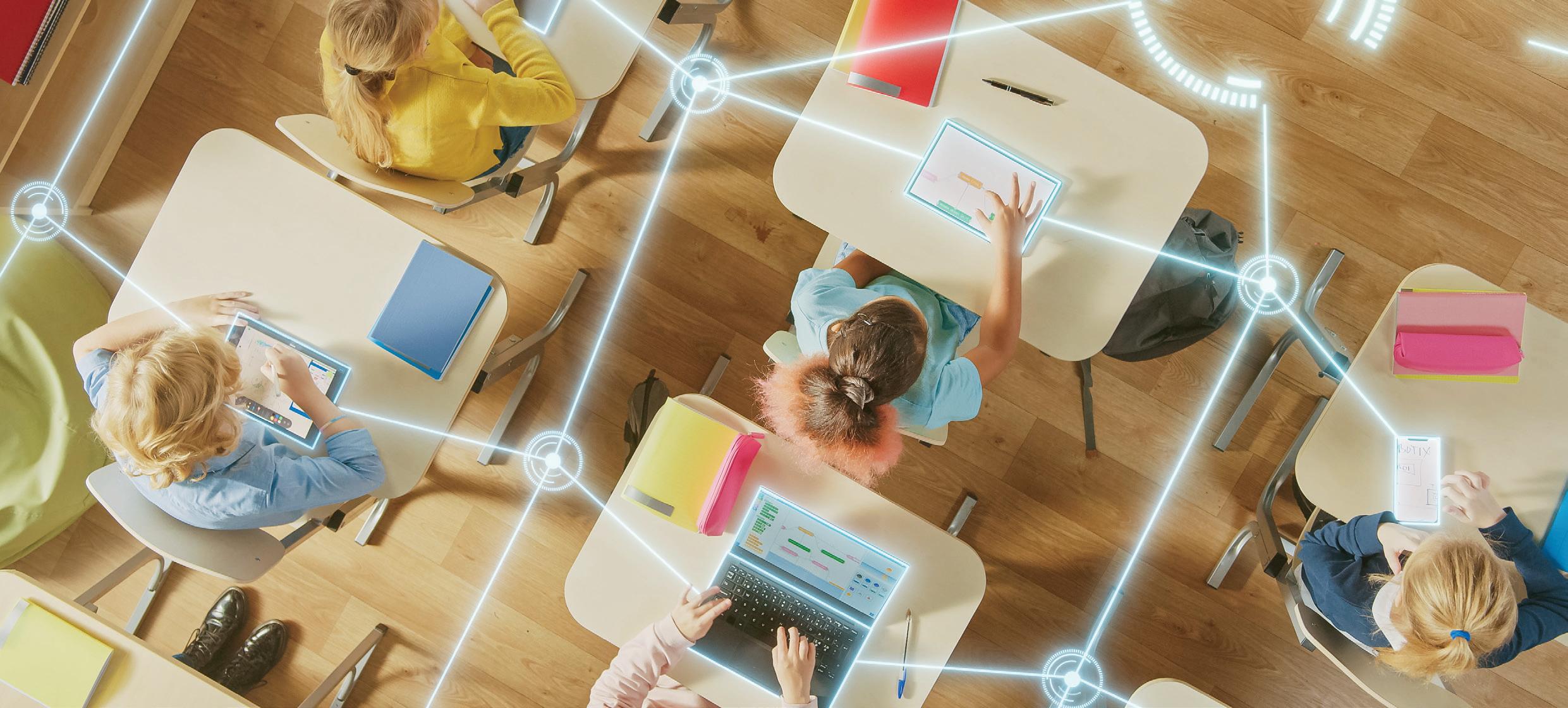
By Naomii Seah, Industry Reporter
For the past few years, generative artificial intelligence (AI) has been inescapable.
AI, defined as any tool trained on massive datasets and capable of creating new content, has been rapidly changing our digital, economic and social landscape. Although AI has been around for years, its applications have been very limited up until a few years ago.
Now, AI has evolved to be more functional, and ultraaccessible through the release of programmes such as ChatGPT, Microsoft Copilot and Gemini. Given its newfound accessibility, AI has impacted almost every industry, and it has been both praised and denigrated.
Some say the technology will make our lives more comfortable and efficient, while others raise concerns over aspects like its environmental footprint, the ethics of sourcing the large datasets required to train it, and its wider impacts on society.
AI is making a significant impact on the education sector. This year, the UNESCO International Day of Education was themed around AI. Always early adopters, our young people, who are often seen as digitally fluent, were some of the first to take up AI when it began to gain traction in early 2023.
Early news stories on AI in education were focused on students’ inappropriate use of
the technology. Students using AI to generate assignments still regularly make the headlines, but nowadays the conversation has moved on to acknowledge that as we move into the future, AI must find its place in education.
Educators and researchers have begun using AI in the classroom as well as exploring its potential for the future. Could AI create lessons, mark work, and even become a personal tutor? Perhaps more importantly—should it?
One of the central concerns around AI in education is how quickly it is being adopted in classrooms without strong frameworks and guidance in place for its use. Official guidelines from the Ministry of Education and New Zealand
Qualifications Authority (NZQA) were provided to schools in 2023, and schools continue to grapple with instituting their own policies around the technology.
Current guidance from the Ministry of Education outlines what educators should think about when using AI. These include:
• Checking the output,
• not using personal data,
• cultural bias,
• reading terms and conditions.
Schools who assess listed standards are also required to include a section on the use of AI in their mandatory authenticity policy. The Ministry suggests thinking about how assessment policy can promote academic integrity, and what the school’s responsibilities are in ensuring academic integrity.
“It is best to adopt a practical, educative approach to AI and its uses,” reads official guidance. Policy should include:
• Purpose and scope of AI,
• principles,
• guidelines for internal and external use,
• risk mitigation,
• professional development for teachers,
• data privacy, and
• regular reviews.
AI policies should include guidance on using AI as a source of information or study tool, and how it should be acknowledged in referencing if used.
Both the Ministry of Education and NZQA have additional guidelines around using AI in assessment practices. P08


Forest View High School has replaced traditional key sets with electronic keys using eCLIQ by ASSA ABLOY.
access to the rooms they need and no one else. When a key goes missing, it’s a simple on-site reset.
manage as many as 6 to 10 mechanical keys. There were three key boxes and a manual process to issue and track to manage site access for outside contractors, cleaners, and caterers.
existing locks. With the new system installed in under three days by a locksmith, the school now manages site and building access online, easily assigning key access
school security needs.
The eCLIQ system replaces the existing mechanical lock barrels with electronic lock barrels operated by a battery-powered key. Combining the traditional elements of lock and key with clever electronic access and monitoring technology gives the school total
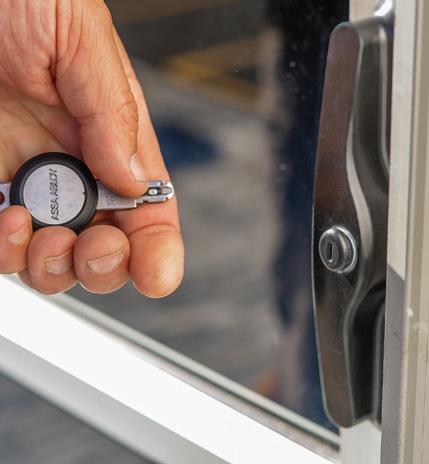


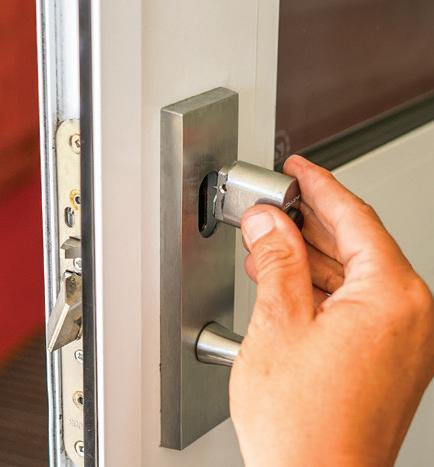
the best management, keys get
triggering locksmith to replace the lock and all associated keys. The time and cost of running a site with traditional keys are high. It also compromises property security, as there is no way to monitor and control access after hours.
The school installed the eCLIQ electronic keying system, which features battery-powered electronic keys. This requires no power to the locks themselves, with the electronic key activating the lock. The upfront installation cost is substantially less than that of hard-
- at any given time.
Security, Cost-Saving, and Convenience

For Forest View High School, the safety and security
even when the school is quiet, knowing spaces have restricted access, and they can easily open and lock spaces behind them for peace of mind. The extra cost at the beginning outweighs all the lifetime costs of a conventional manual system.
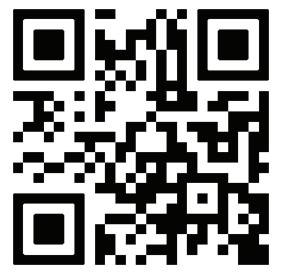
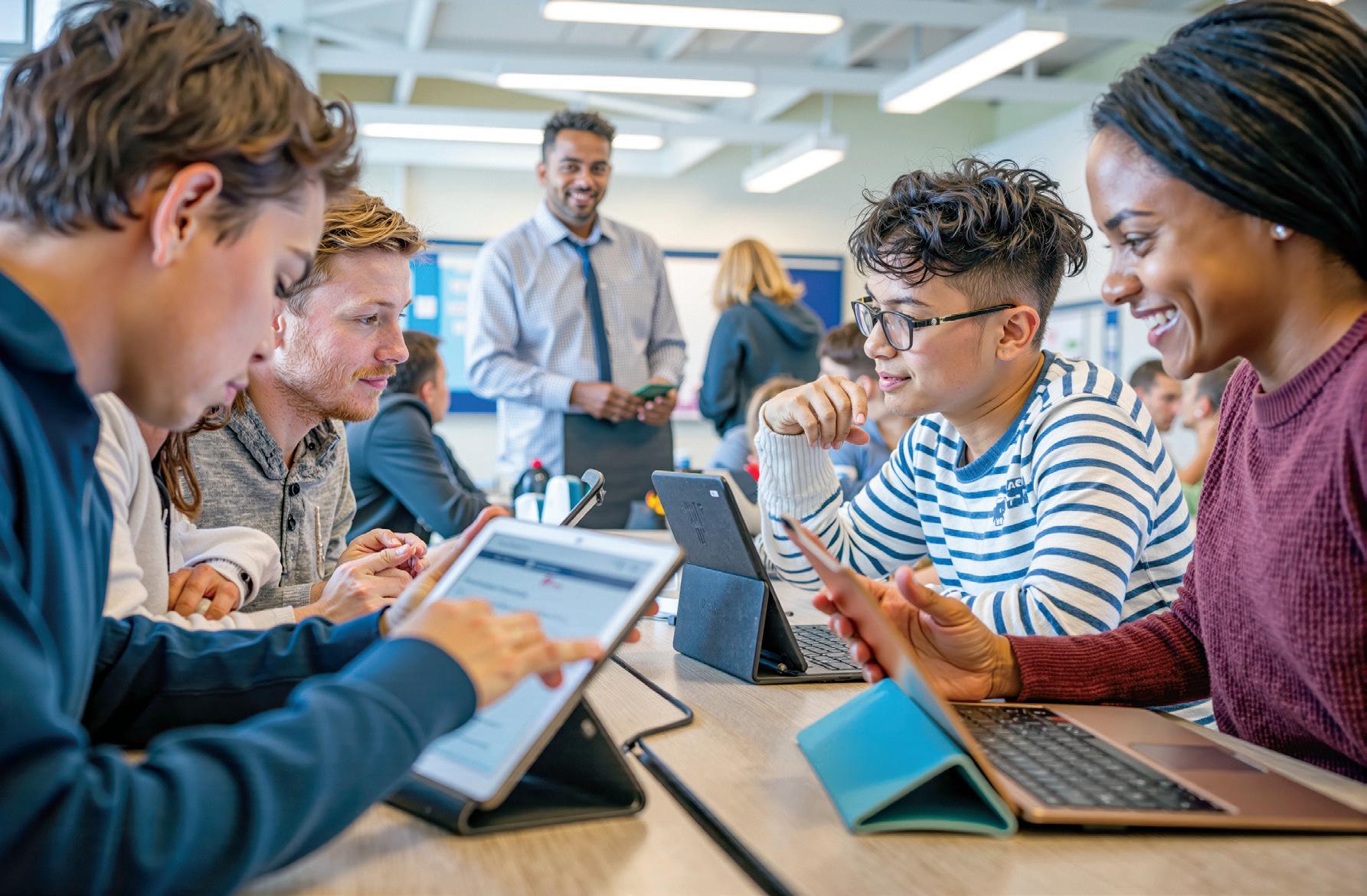
NZQA’s school relationship managers are available to support schools and kura with developing or modifying their AI policy. NZQA recommends schools implement an education programme on academic integrity, acknowledging sources, referencing, and a warning on bias and inaccuracies that AI is prone to.
NZQA also offers guidance for kaiako on structuring assessment to ensure authenticity and discourage inappropriate use of AI. Some ways kaiako can structure assessments to encourage authenticity include:
• Regular milestones and check-ins,
• observing progress,
• referencing requirements,
• follow-up conversations and questions,
• looking for signs such as American spelling, style and tone,
• using AI checkers or detectors while being mindful of false positives and avoiding overreliance,
• managing environment (for example supervised assessment),
• managing the format of assessment and types of questions to discourage AI use,
• include self-reflection activities, and
• using authenticity declarations for ākonga.
AI in education poses significant challenges for education that cannot be ignored
While there may be scope for some appropriate use of AI when submitting internal assessments, NZQA notes that all AI is not allowed for external assessments and should not be submitted as part of the candidate’s marked work.
The Ministry of Education has stated it will be updating its guidance to schools and teachers around AI in school policy, assessment authenticity, and NCEA.
Another way to empower appropriate use of AI is to educate students on the technology. The upcoming refreshed technology learning area in the NZC includes teaching and learning about AI—its whakapapa, processes, potentials for bias, risks, benefits and opportunities, and ethical considerations. This updated learning area will be compulsory by 2027.
Research is ongoing about AI use in primary schools, and its ethical considerations. The Ministry of Education has indicated this research will be used to develop further guidance and resources for primary schools.
New Zealand, AI use is likely also high, with one Auckland English teacher reporting one in five students were misusing the technology for assignments.
But teachers also report more positive instances of students engaging with AI, such as using it as a study tool to reword complex concepts or gather resources for use.
Teachers, meanwhile, also self-report using AI across many tasks.
Pauline Cleaver, acting hautū (leader) Curriculum Centre at the Ministry of Education, said: “Small ad hoc research projects indicate that growing numbers of teachers are using AI for such things as lesson planning, resource generation, and administrative tasks. However, some educators remain cautious due to knowledge gaps about AI technology”

While schools are fine-tuning their policies on the technology, and the education field at large grapples with the implications of AI, students and staff alike are already utilising available AI tools. AI features are now almost unavoidable, and they are offered on a variety of platforms from Canva to Kahoot. Both educators and students across Aotearoa report engaging with AI in a variety of ways.
In a self-reported survey from 2024, more than 60 percent of young Australians reported using AI to help with schoolwork. In
Some educators report using the technology to create individualised units of work tailored to student interest. Others are creating AI tools trained on NCEA marking rubrics to provide students with instant feedback.
As AI becomes more accessible, educators and innovators are looking for new ways to deploy the technology. In education, there has been hope that AI will be an equaliser, helping to improve access.
But there are also pitfalls. AI is trained on biased data, and as a result often provides culturally biased insights. There is also the chance AI may entrench inequity by virtue of unequal access—New Zealand’s current digital divide may one day be translated into an AI divide. In the New Zealand context, AI raises questions of data sovereignty, and the technology often demonstrates cultural bias.


“We know that AI in education poses significant challenges for education that cannot be ignored,” said Ms Cleaver.
“These include algorithmic bias, which risks reinforcing existing inequities if AI systems are not intentionally designed to be inclusive; privacy issues related to the collection and use of student data; Māori data sovereignty, for example, raises critical issues about the ownership, control, and governance of data relating to Māori individuals, communities, and resources, emphasising the need for culturally appropriate data practices that align with te ao Māori values and principles such as kaitiakitanga (guardianship) and rangatiratanga (selfdetermination).”
Current guidelines provide some help on mitigating these risks around AI, Ms Cleaver said, though more guidelines are in progress, with MoE paying close attention to guidelines being developed by global organisations like OECD and UNESCO.
However, there is also potential for a future where AI is deployed equitably and thoughtfully, mitigating these risks and potential pitfalls. Now, the conversation has turned toward using AI to create hybrid intelligence systems in education.
Hybrid intelligence is a model which combines AI with natural intelligence (NI). Natural intelligence is defined as the human aspects of cognition: emotional and ethical understanding, as well as group dynamics and social norms. Empathy and innovation are key aspects of NI.
Through a hybrid intelligence framework, teaching could evolve into a mentoring and
facilitating role. This model understands and recognises AI’s limitations and prioritises the social, cultural and emotional roles of our education system.
Ms Cleaver noted the Ministry of Education’s guidelines fall within the scope of hybrid intelligence frameworks.
“The role of AI in education must be to enhance teaching and learning and provide assistance to knowledgeable and skilled teachers. With the human-inthe-loop, AI and Gen AI have significant potential to support the acceleration of learning, formative assessment and feedback, data analysis and monitoring of student progress, and even credentialling, as well as supporting teachers with administrative tasks. However, human teachers must remain central in forming educative relationships with students.”
Executive Director at the AI Researchers Association, Jannat Maqbool, said the way schools and policymakers manage and implement the technology can go a long way toward mitigating negative outcomes and promoting positive ones.
“If AI is used as a supportive tool—rather than a replacement—teachers and students can maintain strong relationships,” said Mr Maqbool.
In the ideal scenario, AI could lead to a future of personalised learning, language and cultural inclusion, ethical data use and the evolution of teachers to become facilitators.
In this future, “each student’s strengths, weaknesses, and interests inform individualised lessons, projects, and challenges. Teachers can spend more one-on-one time addressing unique needs.
“AI translation and speech tools, when designed correctly and with the right models and input data help students from diverse language backgrounds fully participate. Strict privacy policies keep student data safe, and transparent AI systems ensure fair treatment for all learners. Educators guide critical thinking and creativity, using AI-based analytics to spot when a child is struggling or excelling. Teachers are empowered by the tool.”
However, in the worst case, teachers could become supervisors of screens rather than educators, and students
lose out on socioemotional development and connection. Without proper oversight, learning could become dull and repetitive, with AI replacing teacher input and creativity. There is also the chance that poor privacy regulations expose sensitive student data.
To fully realise the potential of AI in education, Mr Maqbool said schools and educators should value student-teacher bonds, check for biases (who created this AI tool and what data has it been trained on?), prioritise data privacy by having clear policies on data storage, access and deletion, and maintain equity through overseeing student access to technology and the internet.
Finally, schools should invest in professional development.
“Provide training for teachers so they feel confident using AI and understanding its capabilities as well as its limits,” Mr Maqbool said.
With careful thought and robust frameworks, AI may revolutionise the way we teach and learn for the better.


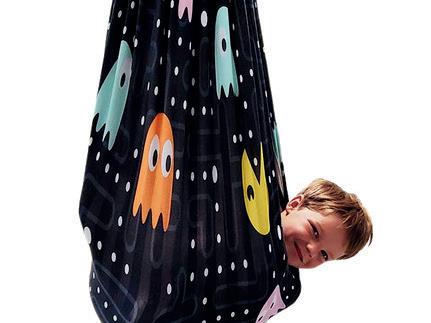


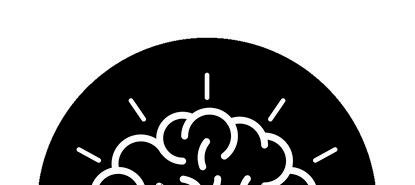


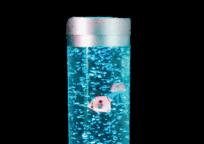



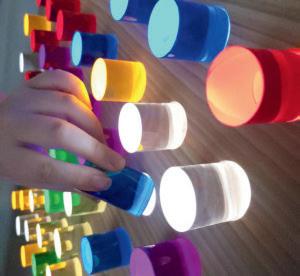




























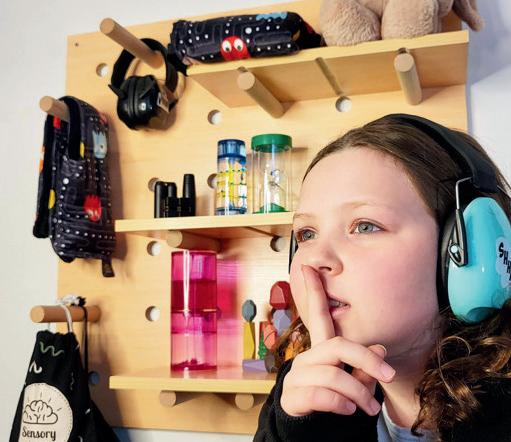

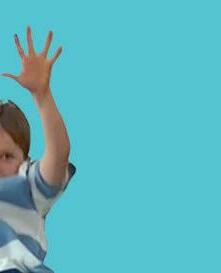

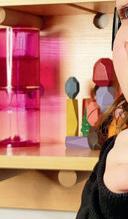
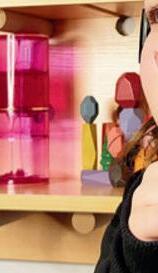









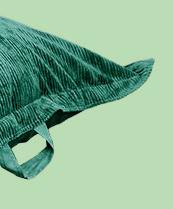
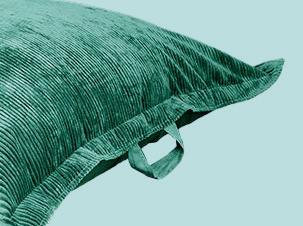







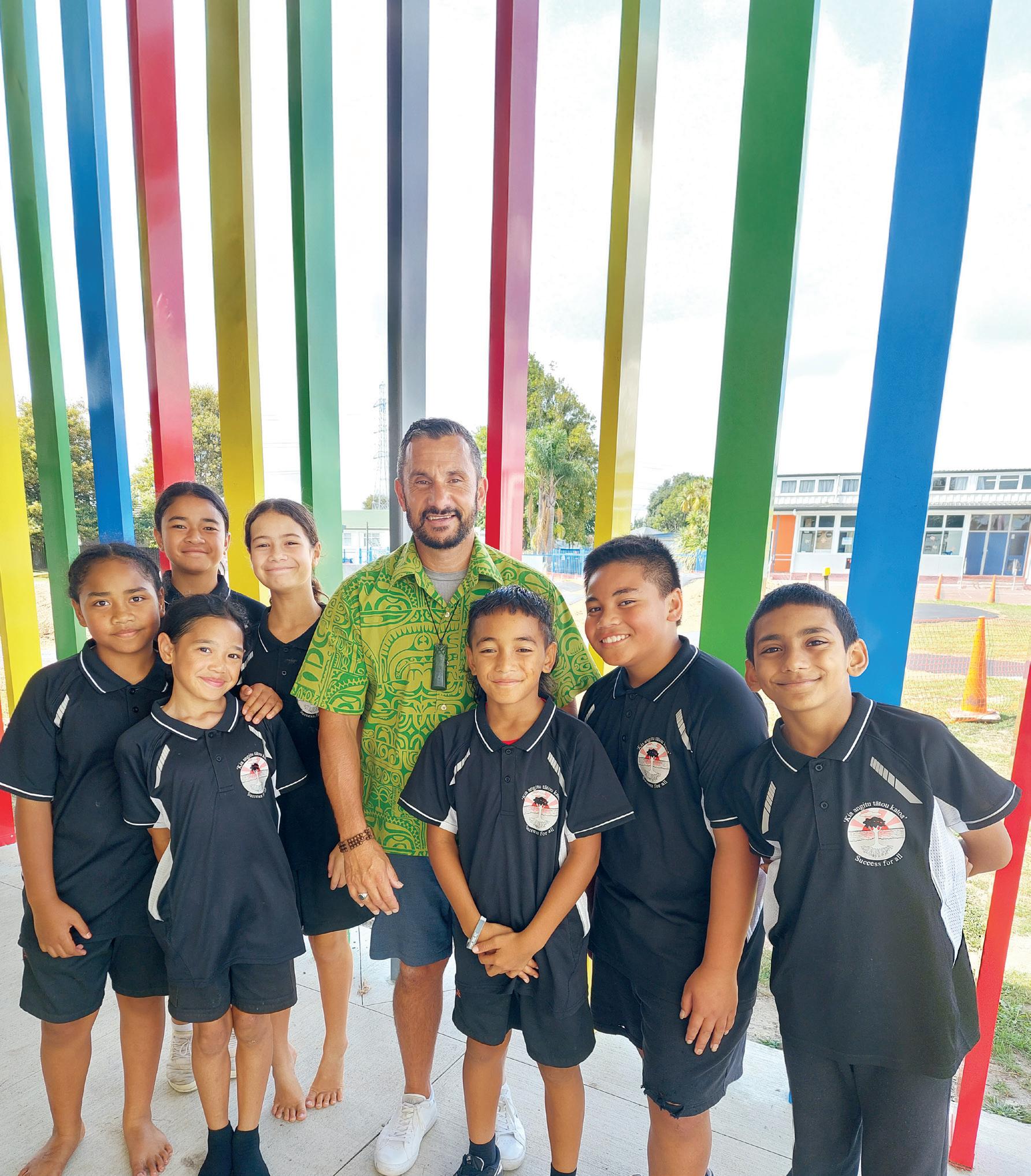



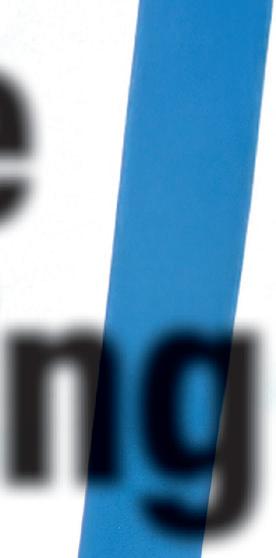
that true leadership is not about authority but about serving and uplift ing others.
In the context of education, this proverb reminds us that as leaders, teachers, and advocates, our role is to serve our Pasifika and Māori ākonga by creating learning environments where they can thrive.
At FBS we have done this by ensuring that our ākonga are experiencing rich learning tasks that are based within cultural contexts, that are familiar and maximise their prior knowledge and expertise. This parallels the pastoral care and support systems that wrap around all of our FBS ākonga and whānau.
We are active in our support for, and of, our community. At FBS we strive to find opportunities to involve our whānau in our school. From our start of the year whānau picnic, cultural celebrations, language weeks, Talanoa Ako interschool and after school sports, Kapahaka, fono, hui, and much, much more we maintain and strengthen the connection we have with our whānau and community.
A proverb from our Kūki ‘Āirani tūpuna reminds us “Kia puāria te kaki, kia mokorā te kaki— Let the mind be clear and the neck be alert.” This speaks to the importance of education as a means of preparing and strengthening young minds.
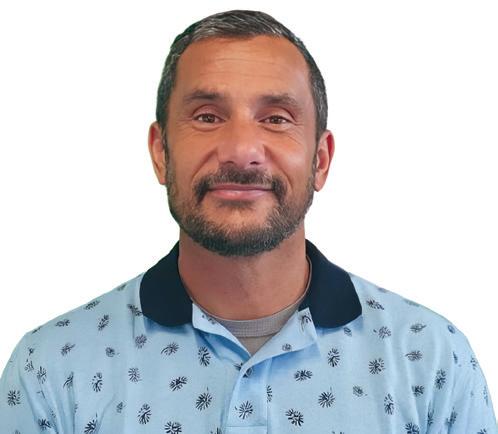
By Banapa Avatea , Principal, Flat Bush School, 2025 Leadership Advisor, Pacific Te Mahau | Te Tai Raro
No Kūki ‘Āirani raua Ngāti Pakeha aku tupuna
I whānau ahau I Ōtahuhu
I tupu ahau I Papatoetoe
Kei Karaka e noho ana au
Ko Banapa Avatea toku ingoa
I was born and raised and
continue to live in the beautiful Southside of Tāmaki Makaurau.
I attended the Auckland College of Education and have taught in schools in Manurewa, Ōtara and Rāhui Pōkeka (Huntly).
I have been a principal for 12 years and I’m currently the principal of Flat Bush Primary School (FBS) in Ōtara. I have also been the principal of Huntly West School which is where I started my journey in principalship. I am incredibly passionate about school leadership and supporting our principals.
It is for that reason that in 2025 I am on secondment, working at Te Tahuhu ō Mātauranga (The Ministry of Education) as the Leadership Advisor Pasifika.
Flat Bush Primary School opened in 1964 and is home to our beautiful tamariki in Years 1 to 6. Our school roll is
76 percent Pasifika, 21 percent Māori and 3 percent other ethnicities. We have three Samoan bilingual classrooms and are looking ahead to the time when we can open bilingual classes in Tongan, Niuean, Kūki Āirani and Te Reo Māori languages. We have a dedicated and hard-working staff who are fully supported by our amazing FBS whānau, Board of Trustees and our wider learning community.
Our school’s vision is “Kia angitu tātou katoa—Success for all”.
There is a well-known Samoan proverb: O le ala i le pule o le tautua: the path to leadership is through service. This wisdom has been passed down through generations, emphasising
At FBS, this reminds us that clarity of purpose and attentiveness to the cultural needs of our ākonga are essential to fostering success.
Paeariki Johnson, the esteemed former Principal of Rongomai Primary School in Ōtara, was well known for her powerful words: “Don’t teach me my culture, but use my culture to teach me.” This statement encapsulates the essence of culturally sustaining education. It is not enough to acknowledge culture in passing or celebrate it on special occasions; we must actively weave it into the way we teach, the way we lead, and the way we uplift our ākonga. Education should never be a process of assimilation; instead, it should be a journey of affirmation, where the cultural identities of our ākonga are not just recognised but celebrated.
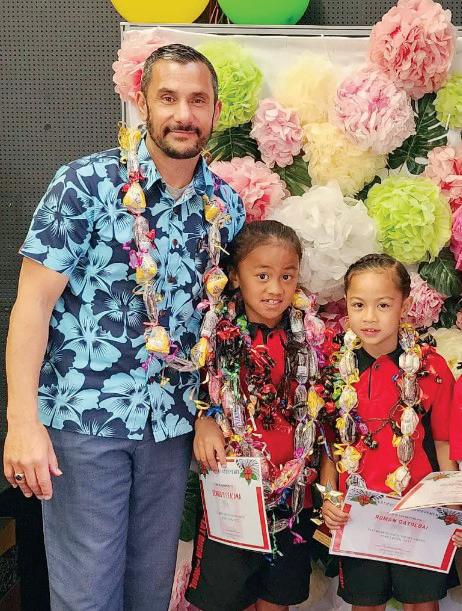
At FBS we have designed our local curriculum by weaving inquiry themes into the cultural spaces that reflect who we are. These are supported by the Tapasā framework and aligned with the Action Plan for Pacific Education 2020-2030.
For example, in 2024 we constructed all our learning experiences within the theme of ‘Navigation’. The overarching understanding was that we all have travelled from somewhere to be where we are today, and we are all navigators with our own culture, heritage and identity.
Paralleling these themes is our common and enduring belief that “we are all storytellers, and we all have a story to tell”. The collective sharing of the stories of our whānau, our whakapapa and who we are, have brought our school and our community even closer.
The opening of our Samoan bilingual classrooms in 2024 was another time of celebration. The space was named by our community O le Fogavaa e tasi (one family, one canoe). These classrooms


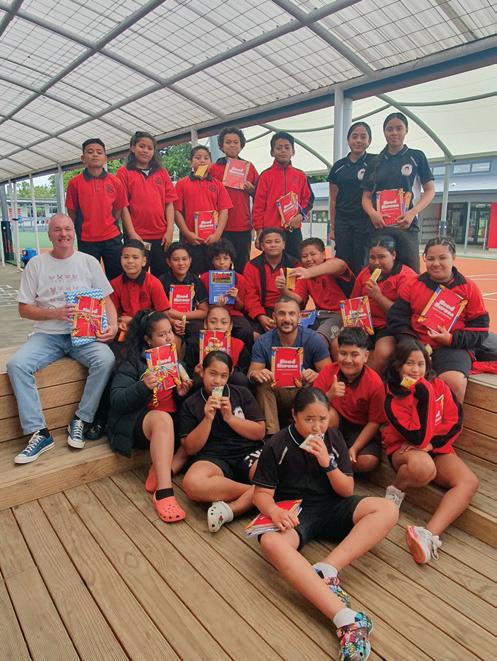
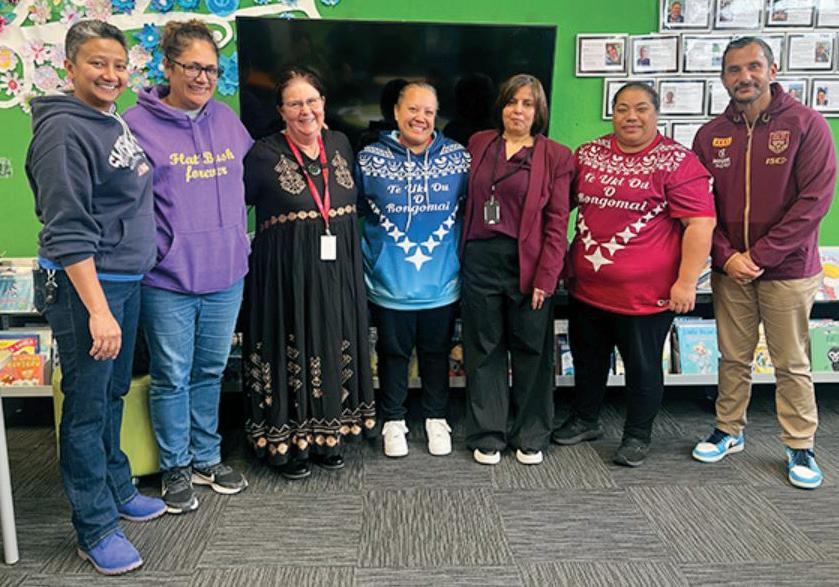
were a direct response to the wishes of our community, they had been very clear that bilingual was the way to go.
Research by leading Pasifika and Māori educators reinforces the importance of this approach. Dr Rae Si‘ilata has highlighted the significance of bilingual education and the ways it strengthens cultural identity while accelerating academic success.
As an educator and leader in Aotearoa, I have seen firsthand the transformative power of

culturally responsive leadership. Our Pasifika and Māori ākonga thrive when their identities, languages, and cultures are not only acknowledged but actively embraced and given space and time in their learning experiences.
The question we must ask ourselves, and one that I ask myself is:
How do we ensure that our Pasifika and Māori ākonga feel a strong sense of belonging in our schools?
This is where culturally sustaining leadership plays a critical role in shaping a more equitable and inclusive education system.
For too long, Pasifika and Māori ākonga have been measured against a system that does not always reflect their strengths, values, or ways of learning. Research and lived experiences tell us that ākonga do better academically and socially when they see themselves in their learning environments.
Culturally sustaining pedagogy is not just a strategy, it is a commitment to ensuring our ākonga feel valued every day.
Identity plays a foundational role in a tamaiti’s learning journey. When tamaiti see themselves in the curriculum, in their teachers, and in the leadership of their schools, they develop confidence and a strong sense of self-worth.
Conversely, when identity is ignored or minimised, ākonga may disengage from learning.

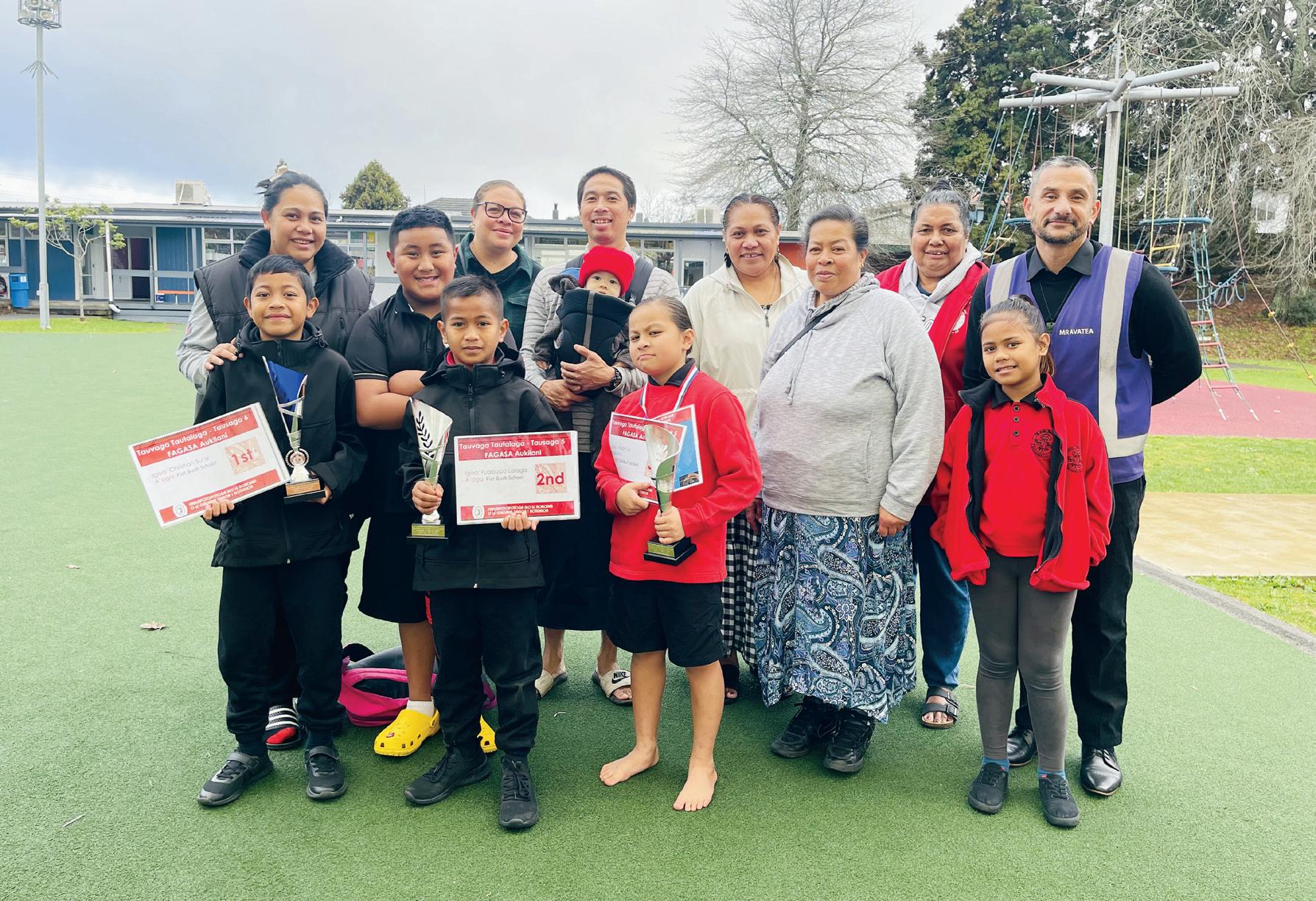
In the worst cases, they may internalise a belief that their cultural background is not important or relevant.
At FBS our tamaiti know that being Māori and Pasifika is your superpower, that your culture is a taonga and all that comes with it makes you stronger than any Marvel character. Our tamaiti bring their whole self into school every day. They do not leave any part of their culture, their heritage, their identity, at the gate.
During my time as tumuaki of Huntly West School, I saw firsthand the impact of fostering a strong cultural identity. We actively integrated te reo Māori into daily teaching, ensuring that Māori ākonga felt that their language and heritage were valued. Whānau were encouraged to be part of our kura and were part of learning that reflected the lived experiences of our ākonga.
The result was greater engagement and a stronger sense of pride in our kura, our town, and ourselves.
Pasifika and Māori researchers such as Renee Tuifagalele, Jean M Uasike Allen, and Rāhera Meinders continue to advocate for education systems that affirm ākonga’ identities. Roberta and Jodie Hunter’s work in mathematics education has shown how culturally responsive teaching practices improve outcomes by connecting numeracy learning with ākonga’ lived experiences and cultural knowledge.
FBS was one of the first schools to use the Developing Mathematical Inquiry Communities (DMIC) teaching and learning approach though we knew it as Pasifika or `Bobbie’ Maths. The collaborative and collective approach that DMIC nurtures connects with

honour Pacific identities, languages, and cultures.
It was spearheaded by key educational leaders such as Tukuitonga Vea, Dr Rae Si‘ilata, Fiso John Tapueluelu, Filivaifale Jason Swann, Helen Varney, Sose Annandale and Faatili Iosua Esera. Tautai o le Moana fosters collective wisdom and culturally responsive practices.
For me personally, I was inspired, empowered and challenged to ensure that in my school we were providing for our ākonga a learning environment that would support them to thrive and succeed, ‘kia angitu tātou katoa’.
our ākonga, as it is familiar to their life outside of school within their own whānau.
In my ongoing leadership journey, I have been very fortunate to have had the support, guidance and inspiration of fellow Pasifika educators within the New Zealand Pasifika Principals Association (NZPPA).
I was privileged to be part of the first wave of The Tautai o le Moana (TOLM) leadership initiative which was established to strengthen educational leadership for the success of Pacific learners in Aotearoa.
TOLM has been designed for all principals, regardless of ethnicity. It provides a culturally rich space to deepen understanding, share expertise, and develop leadership strategies that
Uplifting Pasifika and Māori ākonga requires a shift from viewing culture as an ‘addon’ to embedding it into the foundation of our education system. It starts with leadership, extends into curriculum, and is strengthened by whānau and community collaboration.
When we affirm the identity of our ākonga, we empower them to excel. The research and expertise of scholars such as Dr Rae Si‘ilata, Melinda Webber, Russell Bishop, Dr Teremoana Maua-Hodges, Dr Kabini Sanga, Roberta and Jodie Hunter, Renee Tuifagalele, Jean M Uasike Allen, and Rāhera Meinders reinforce what we see in our classrooms every day—when ākonga feel a sense of belonging, their learning outcomes improve.
I am grateful that we are in a time of change, and this change will continue to grow and strengthen with leadership that is committed to ensuring success for all. Meitaki atupaka, kia manuia.




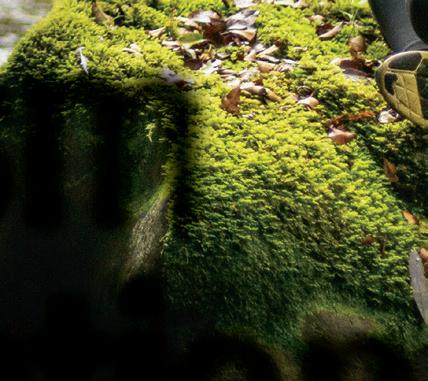

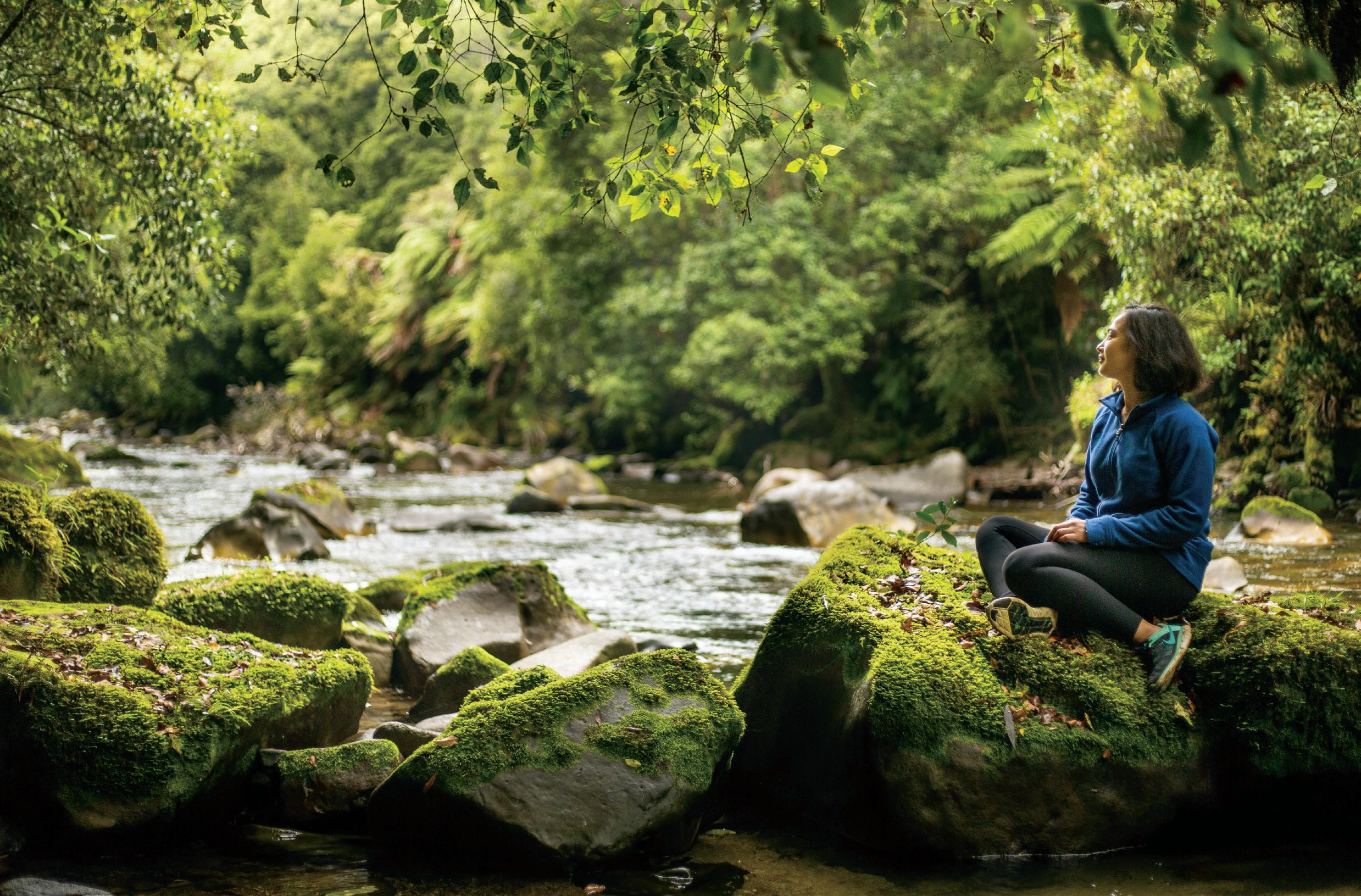
By Shannon Meyerkort, Industry Reporter
In a remote town on Te Ika-a-Māui, a familyowned business is bringing together education, tourism and culture. What was once an Indigenous tourism experience has now grown into an educational experience for the community’s— and global—youth.
"Kohutapu Lodge is more than just a place to stay— it's an invitation into the heart of our culture and the spirit of our people," shares founder Nadine Toe Toe.
“It’s a place where culture, history, and community come together, and an experience that leaves you not just with memories, but with a deeper understanding of who we are, where we come from, and where we are going.”
For many years, education has been at the heart of Kohutapu Lodge’s operations. During the pandemic, The Lodge
facilitated 12-week life skills courses for rangatahi aged 16 to 24 who are NEET (Not in Education, Employment, or Training). “The courses were designed to reconnect our rangatahi to their culture, build their confidence, and provide them with practical skills for life and work. These courses are more than just education; they are a chance to reclaim and celebrate our Māori heritage.”
For students from culturally diverse backgrounds, including Māori and Pasifika rangatahi, a connection to culture is proven to help foster positive self-esteem and improve wellbeing. This in turn helps young people to develop confidence, resilience, and other important soft skills that will benefi t them throughout their time at school and beyond. By combining cultural
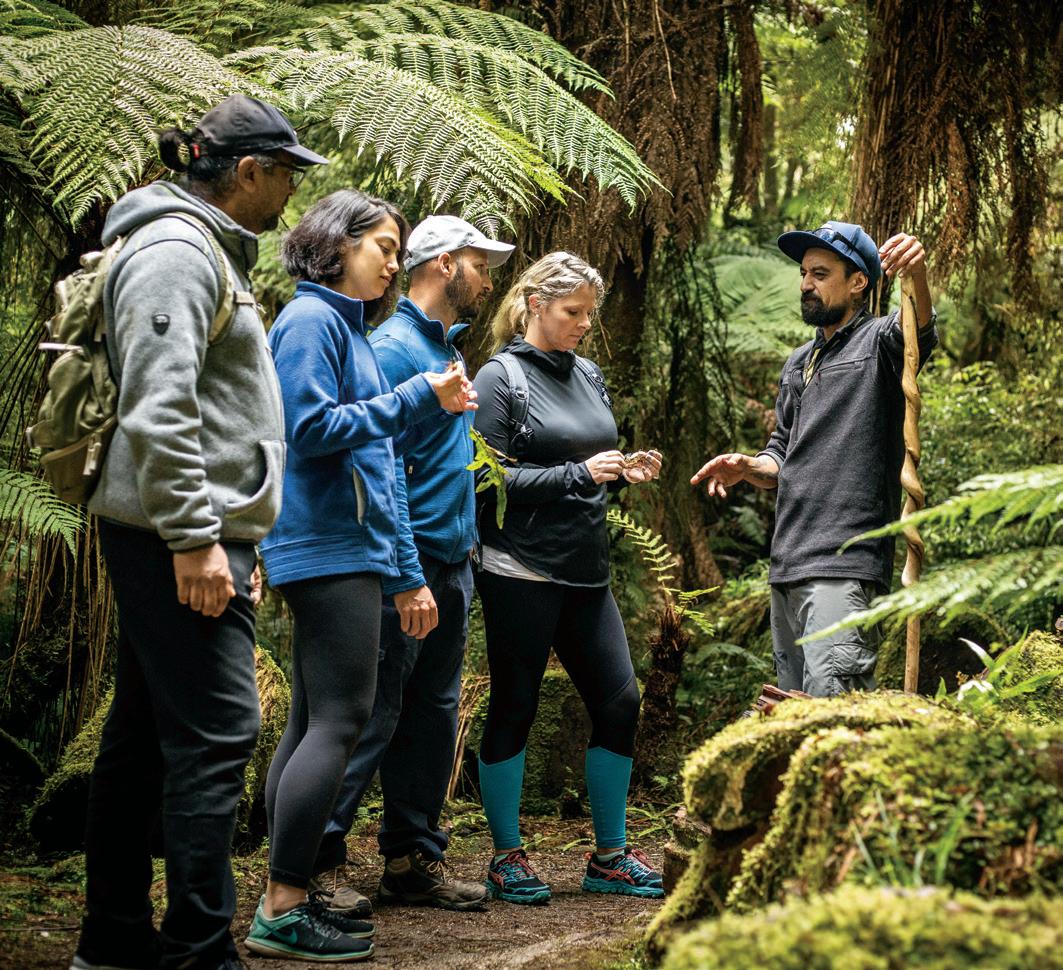
awareness and connection with tangible educational outcomes, Kohutapu Lodge made learning accessible to many disengaged young people. The courses taught traditional skills such as hunting, fishing, gardening, and marae protocols and off ered qualifications in areas like forklift operation, scaff olding and chainsaw handling.
“In addition to technical skills, we worked to equip our rangatahi with life skills they would need in the workforce. We guided them through the process of sett ing up IRD numbers, creating CVs, opening bank accounts, and building soft skills like communication and interview techniques. By the end of each course, over 86 percent of our participants successfully transitioned into school, work, or further training."
These initiatives empowered youth during a time of upheaval and instability. “In the midst of uncertainty, we found purpose in uplift ing our rangatahi and giving them the tools to build a better future,” Toe Toe adds.
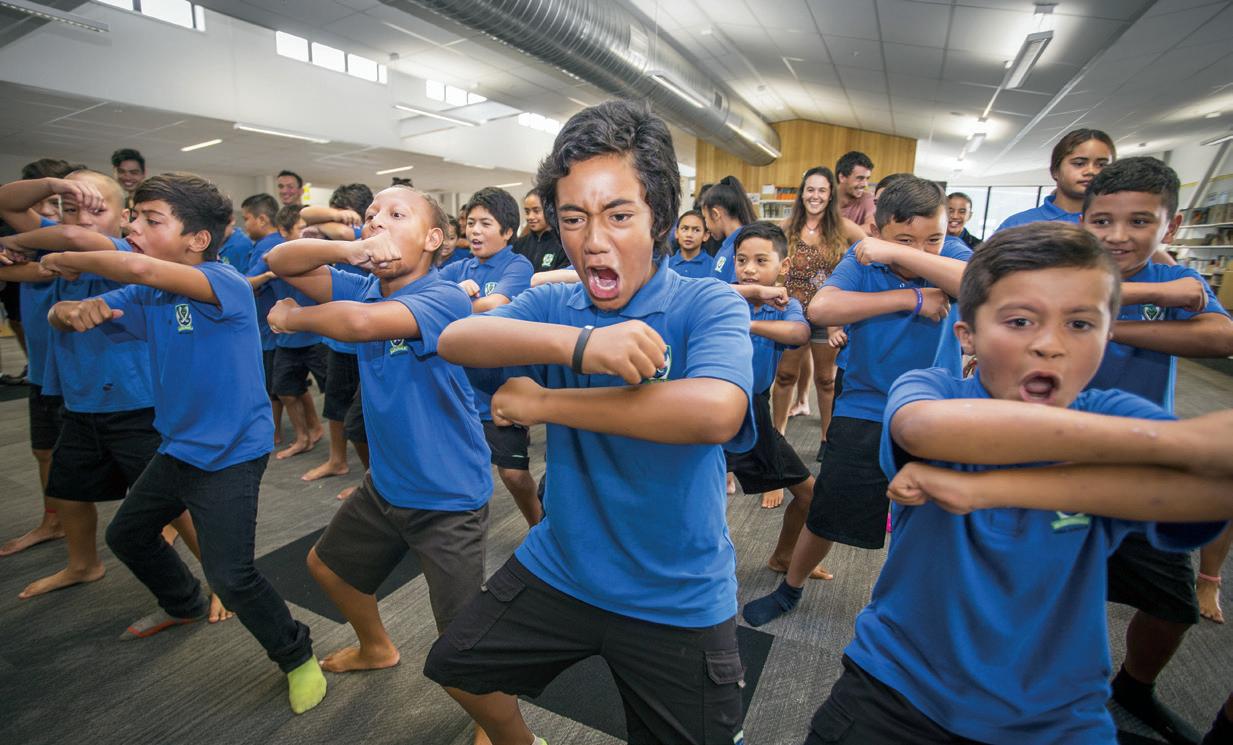

The Lodge’s commitment to youth predated the pandemic. Over the years, it has delivered 30,000 hangi meals to schools, ensuring that children who didn't have packed lunches could enjoy a nutritious and culturally significant meal.
“We saw this as more than just a meal—it was a way to nourish our community, to build connections, and to honour our traditions,” explains Toe Toe proudly. Initiatives like this ensure that respect for different cultures is embedded in the education system, not just an add-on, or something that’s only celebrated on a particular day each year. And, when students see their culture being celebrated and respected daily by all students, pride in their own identity grows.
Beyond providing the traditionally earth-baked meals, Kohutapu Lodge also funded educational trips around Aotearoa, winter uniforms, international internships and year-long work-ready farming courses. Support was wide ranging across the education spectrum.
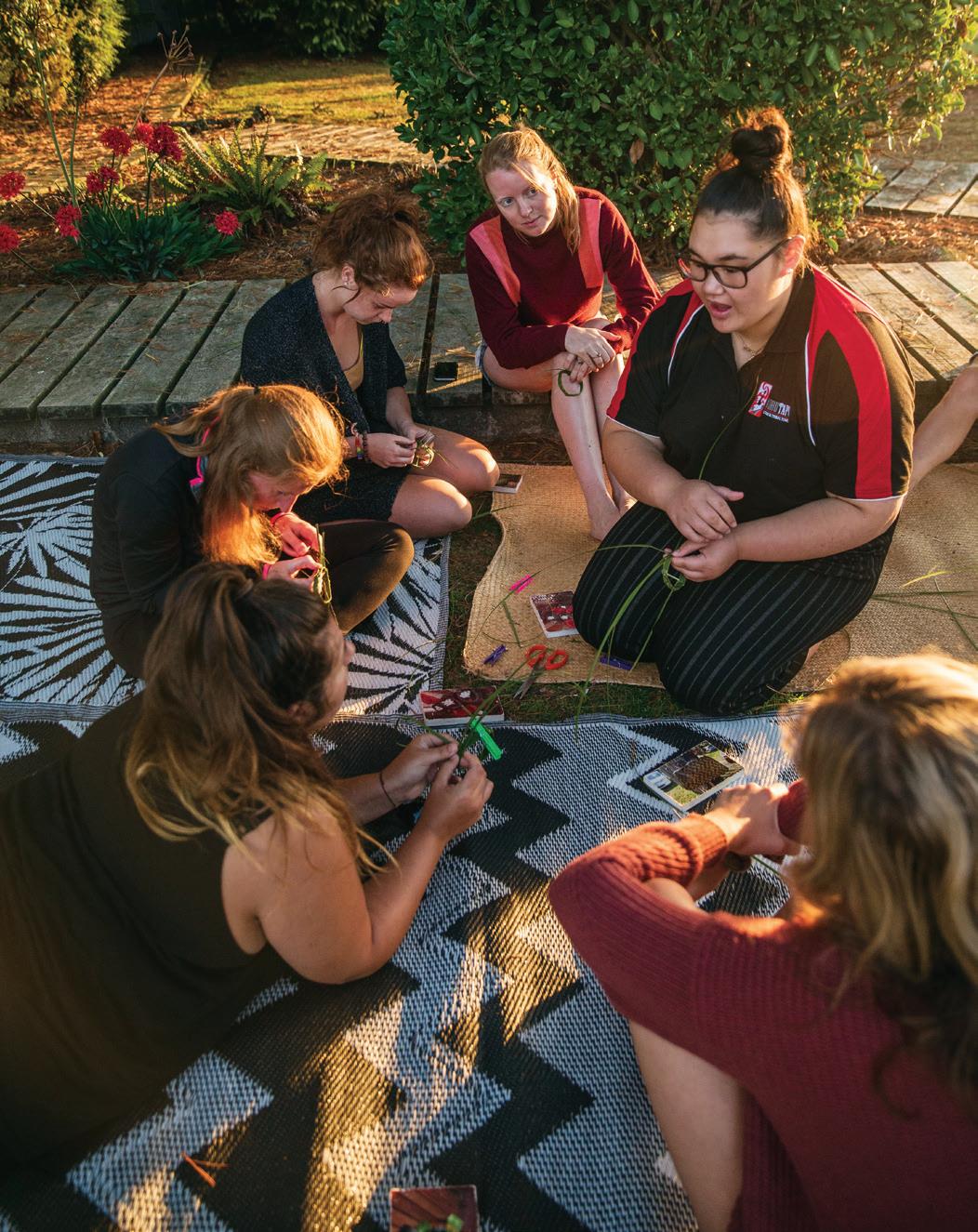
“Our connection to the community didn't stop there,” says Toe Toe. “We made it a priority to take our visitors into the schools every week, where they could meet the youth, learn about different cultures,
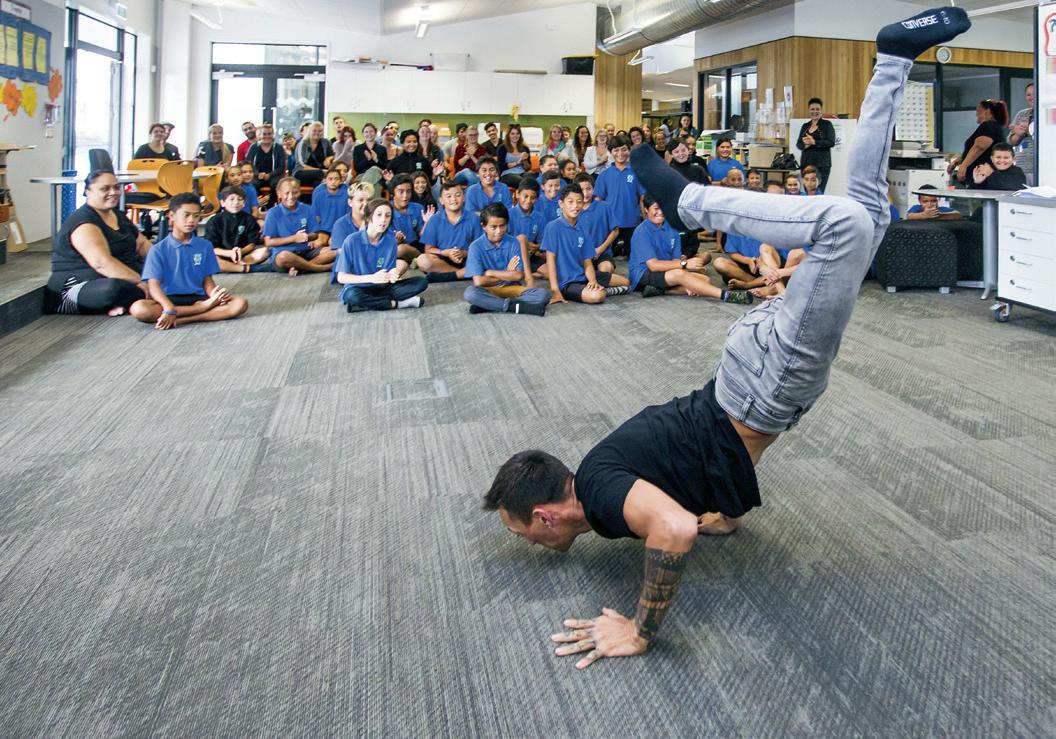
and inspire them to dream big. Through these cross-cultural exchanges, we helped build pride, confidence, and soft skills in our young people. We also helped broaden their view of the world, introducing them
to different languages, career possibilities, and cultures, opening doors to futures they had never imagined.”
One particularly impactful programme was a partnership with National Geographic and Air New Zealand, which brought a photography camp to the Lodge. Twenty Indigenous youth learned storytelling through the lens, with some later pursuing careers in photography. "These initiatives have not only empowered our youth but also helped build a bridge between cultures," notes Toe Toe.
Like many small businesses, Kohutapu Lodge was hit hard by COVID lockdowns and two years of border closures. Nestled on the tranquil shores of Lake Aniwhenua in the Bay of Plenty, Kohutapu Lodge provided visitors an authentic journey into Māori culture and history.
But during the pandemic, when tourism ground to a halt, Kohutapu Lodge pivoted. With funding from He Poutama Rangatahi, a youth pathway programme, the lodge became a rangatahi training facility.
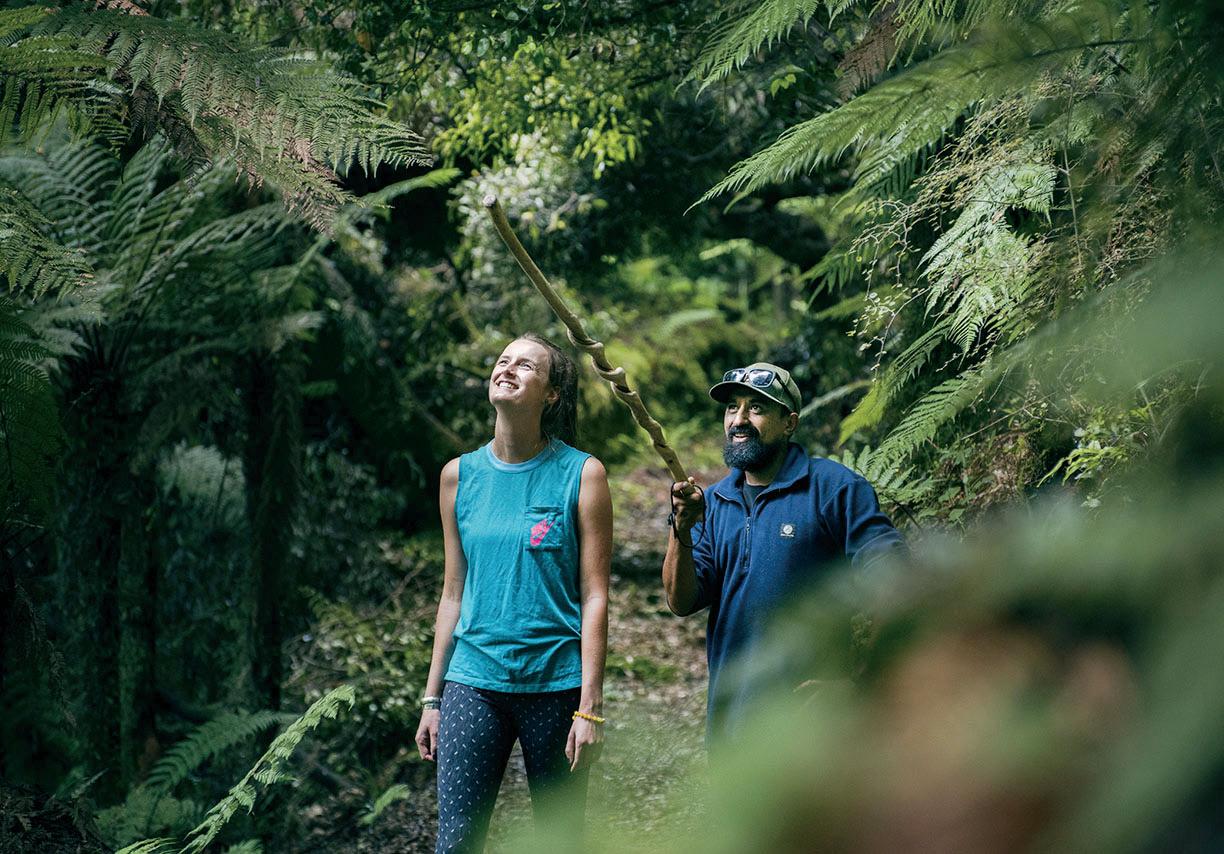
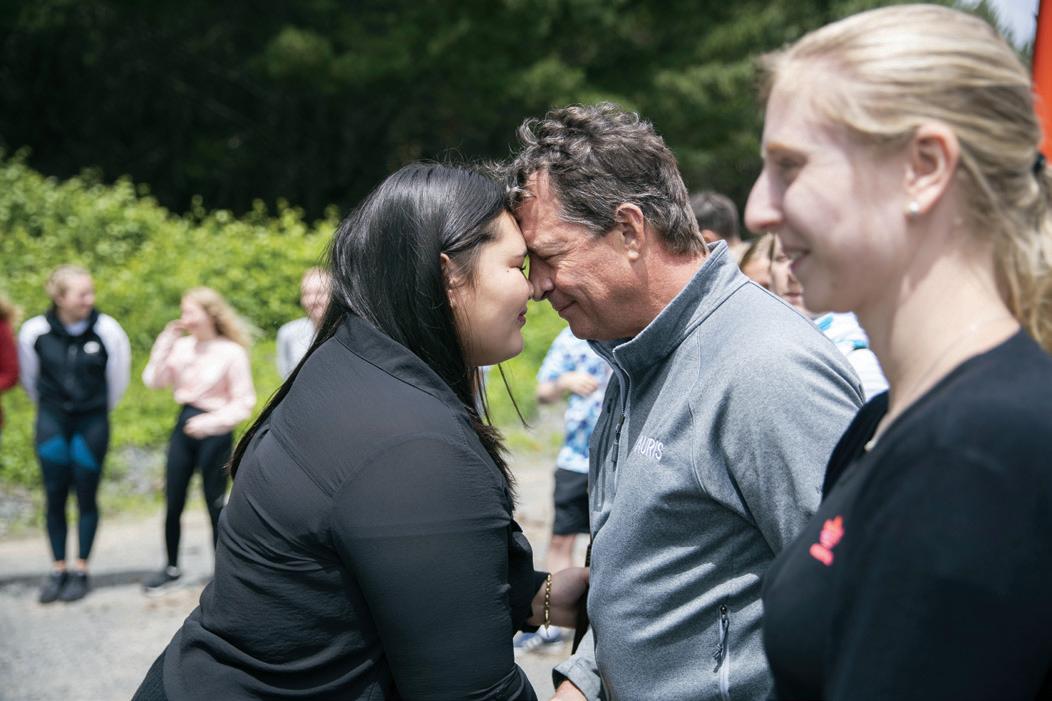
"Rather than giving up, we had to adapt in order to survive. We turned a crisis into an opportunity for our community and our youth," Toe Toe recounts.
Now more than a tourism destination for cultural connection, education is central to The Lodge’s operations. An extension of work Toe Toe and her team were already doing to help rangatahi engage with their heritage, the educational programmes reach more young people than before, and provide important life skills and opportunities for students to thrive outside the traditional education model.
While the focus may have been initially on Murupara tamariki, opportunities to be involved are now offered far more broadly. Activities include marae stays, forest tours, and workshops in traditional crafts and weaponry. Students leave with a deeper connection to the land, a better understanding of Indigenous perspectives, and a renewed respect for the environment.
“Our programmes are not only an opportunity to learn about history, culture, and the environment, but also a chance for students to reflect on the importance of regeneration, respect for nature, and crosscultural understanding.”
By weaving together cultural education, environmental stewardship, and economic opportunities, Kohutapu Lodge is making its town a place of growth and resilience. “We aim to inspire visitors to become advocates for sustainability and
cross-cultural understanding, creating a ripple effect that extends far beyond Murupara. In this way, we are not only changing the narrative of our town but also contributing to a global movement of responsible, regenerative tourism that honours and uplifts Indigenous communities.”
In 2022, Kohutapu Lodge won the Supreme New Zealand Tourism Award, a testament to its commitment to regenerative tourism. “We were invited to speak at the World Indigenous Tourism Summit to share our story, and it was there we connected with a number of Indigenous tourism operators, who aspired for the same things
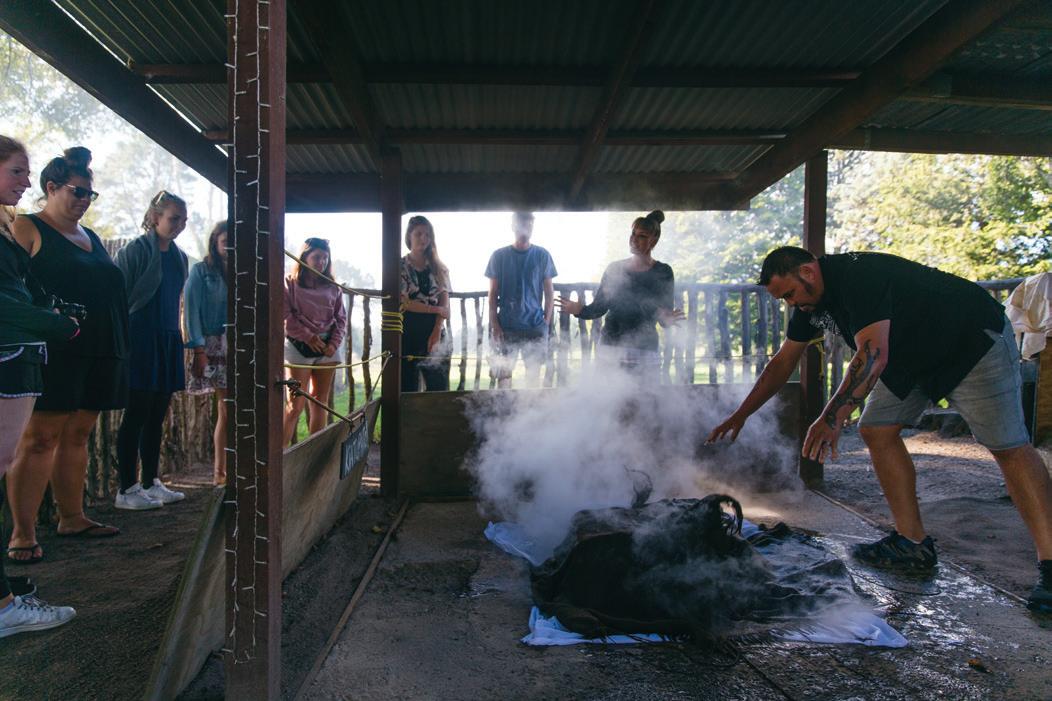
we did—to change the lives of our young Indigenous people and communities through tourism,” explains Toe Toe.
From these new connections, the Native Nations - Tracing Indigenous Footsteps initiative was born, facilitating exchanges between Indigenous youth from New Zealand, Australia, and Canada. Eleven other Indigenous nations from around the world are lined up for future exchanges, laying the foundation for a global network of Indigenous youth leaders who are guiding the way toward a more sustainable, respectful, and interconnected world.
"By taking young people from remote Indigenous communities on journeys around the world, this programme provides life-changing opportunities
to travel and connect with other cultures," Toe Toe says.
Toe Toe and her team are excited to educate more people about the importance of connecting with culture, and specifically about Māori culture. “We use tourism as a tool to create educational opportunities, employment, and cultural exchange, fostering a sense of pride and empowerment within our community.”
The education model at Kohutapu Lodge proves that different approaches to learning and teaching can resonate with different students. Even the disengaged can become school or work ready when their education is approached with understanding, compassion, and some cultural awareness.

By Naomii Seah, Industry Reporter
Professional learning and development (PLD) is a crucial aspect of a career in education. Ongoing teacher training ensures that teaching practices are up-to-date, relevant and high quality, integrating the latest learning theories and education research with classroom practice.
PLD is vital for not only be er career outcomes, but be er learning outcomes. With the







recent curriculum changes, PLD is also mandatory to ensure consistent and e ective delivery across the country for all ākonga. Research from NZCER in 2022 found that a strong culture of ongoing PLD in schools was associated with good classroom practices and strategies, and teachers reported higher morale and being be er able to manage their workloads.
Education in the 21st century
Technology, and the world at large, is evolving rapidly. New technology and so ware are constantly coming onto
the market, and e ective educators can utilise these new tools to full advantage.
Edtech is a huge market, especially in New Zealand, and represents endless opportunities. Educators might wish to look at their own digital capacity. Are you able to fully implement available technologies at your school or kura, like smartboards or interactive displays? How about using AI in your teaching practice, or managing cloudbased platforms? Some edtech can also boost inclusivity in the classroom—are you comfortable guiding students through using support tools?
PLD can align with personal professional goals. Considering PLD courses is an opportunity to look at schoolwide and national goals, and analyse these against your personal teaching practice. Leadership development, switching subjects or year levels or incorporating di erent teaching philosophies—whatever your goals, PLD is an accessible way to outline your future career pathway. Options range from self-guided online study to day courses, to a more involved tertiary diploma or degree.
School News spoke to some providers about the PLD options and opportunities they off er.
Learning MATTERS is a trusted provider of Structured Literacy professional learning, supporting schools across Aotearoa for many years with deep expertise, practical tools, and a strong evidence base.
Working alongside educators, Learning MATTERS delivers professional learning that is practical, research-aligned, and designed to support real, sustainable change across Years 0 to 8.
Structured literacy PLD courses on off er are Ministry of Education-funded, helping teachers and leaders embed instructional practice aligned with Te Mātaiaho and the refreshed NZC. This includes hands-on support with planning, assessment, delivery, and tiered literacy instruction.
The Learning MATTERS Intervention Teaching (LMIT) certification is also Ministryfunded and equips kaiako with the knowledge and tools to
accelerate progress for students needing targeted support.
Learning MATTERS off ers ongoing coaching through experienced Literacy Coaches—supporting teachers in-class to refine and apply their learning over time.
Educators can also enrol in the writing instruction course, which off ers a clear, structured approach to building sentence-level writing confidence and capability.
The Cultivating the Literacy Landscape Symposium this August off ers educators two days of keynotes and practicerich workshops from experts across Aotearoa and beyond.
Life Education Trust is New Zealand’s largest health education provider in schools, educating New Zealand children for more than 35 years.
In response to growing concern among school leaders about student anxiety, in 2021, Life Education Trust introduced PLD around managing student anxiety.
At Learning MATTERS, we understand the challenges educators are facing right now — from curriculum shift s to increasing demands in classrooms. We also see the dedication, the heart, and the tireless work happening in schools across the motu.
We genuinely love working alongside schools to off er clarity, encouragement, and practical support. What we’ve seen make the biggest diff erence over time is when there’s a clear roadmap, a shared direction, and coaching structures in place. When schools have time to embed change and ongoing support to navigate the ups and downs, real and lasting impact happens — for teachers and for learners.
Our in-school consultancy is designed to support your journey, whether you’re just gett ing started or ready
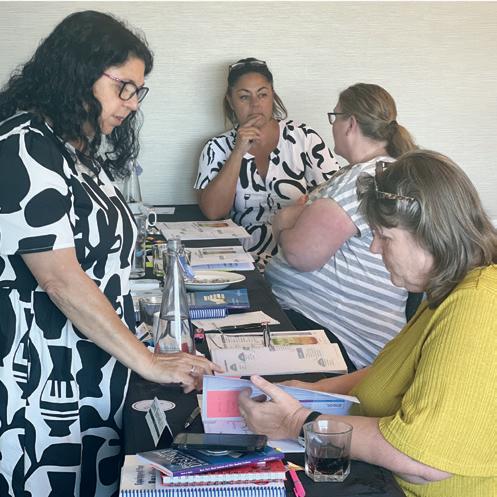
to take your next steps. From teacher-only days and whole-school PLD series to leadership support and in-class coaching — we’ll meet you where you’re at.
Everything we off er is grounded in the science of learning, aligned with Te Mātaiaho, and shaped by what’s working in classrooms right now.
We’d love to work with you.
Contact us to discuss your needs email admin@learningmatters.co.nz
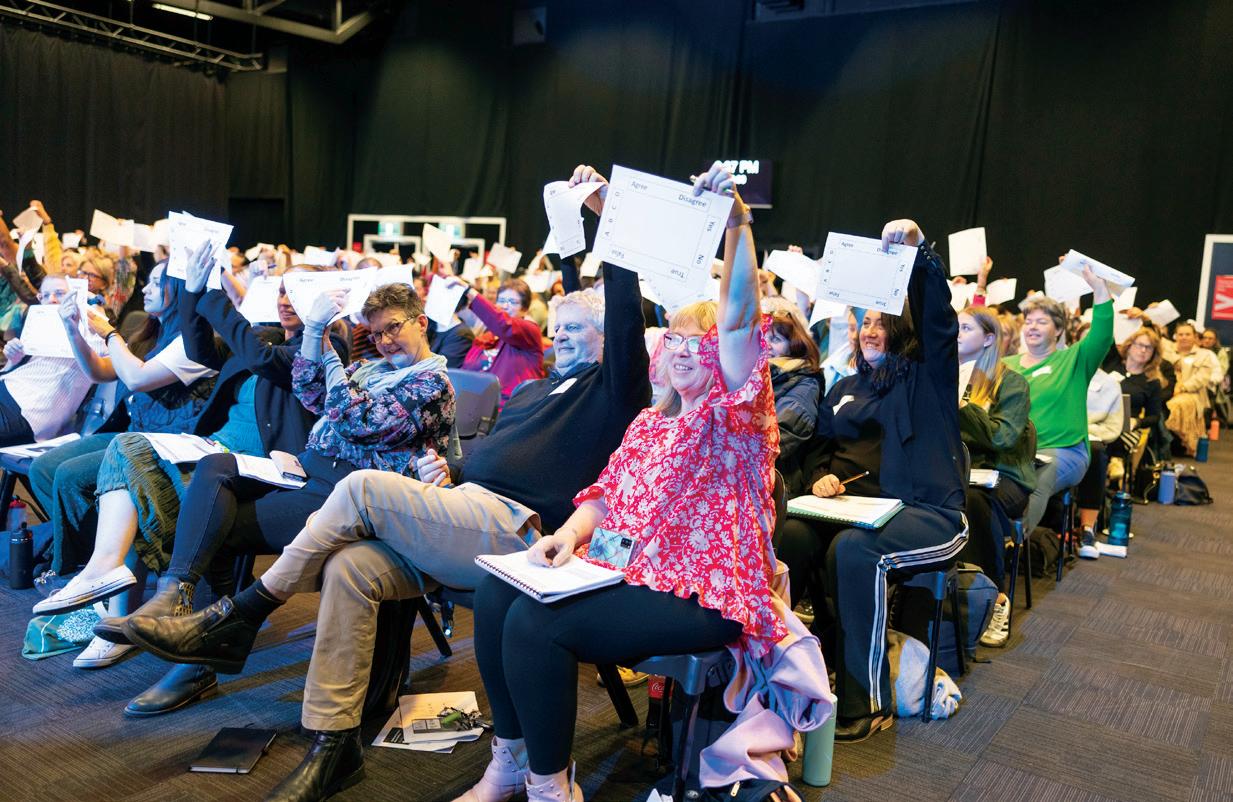

Ministry Funded and Private Professional Learning Opportunities

THE CULTIVATING THE LITERACY LANDSCAPE SYMPOSIUM 2025 will proudly feature international keynote speakers Natalie Wexler, Dr Kymyona Burk, Dr Lorraine Hammond, and Dr Daryl Michel. These distinguished guests, together with leading national experts, will contribute their insights and experiences through dynamic breakout workshops.
MINISTRY-FUNDED PROFESSIONAL LEARNING is now available for both Y0-8 teachers and teachers and schools who have the Y0-2 staffing for intervention. Schools can access the Learning MATTERS Intervention Teaching (LMIT) certification training. To access this or find out more go to www.learningmatters.co.nz/lmit

THE IDEAL SCHOOLS & IDEAL SPECIALIST PLATFORMS from Learning MATTERS support teachers to implement structured literacy with confidence — providing professional learning and practical tools to deliver effective Tier 1–3 instruction. To find out more go to www.learningmatters.co.nz/ideal.
LEARNING MATTERS OFFERS TAILORED in-school consultancy to meet each school’s unique stage of structured literacy implementation, alongside practical writing workshops and leadership courses designed to strengthen literacy practice and build confident, capable school teams.
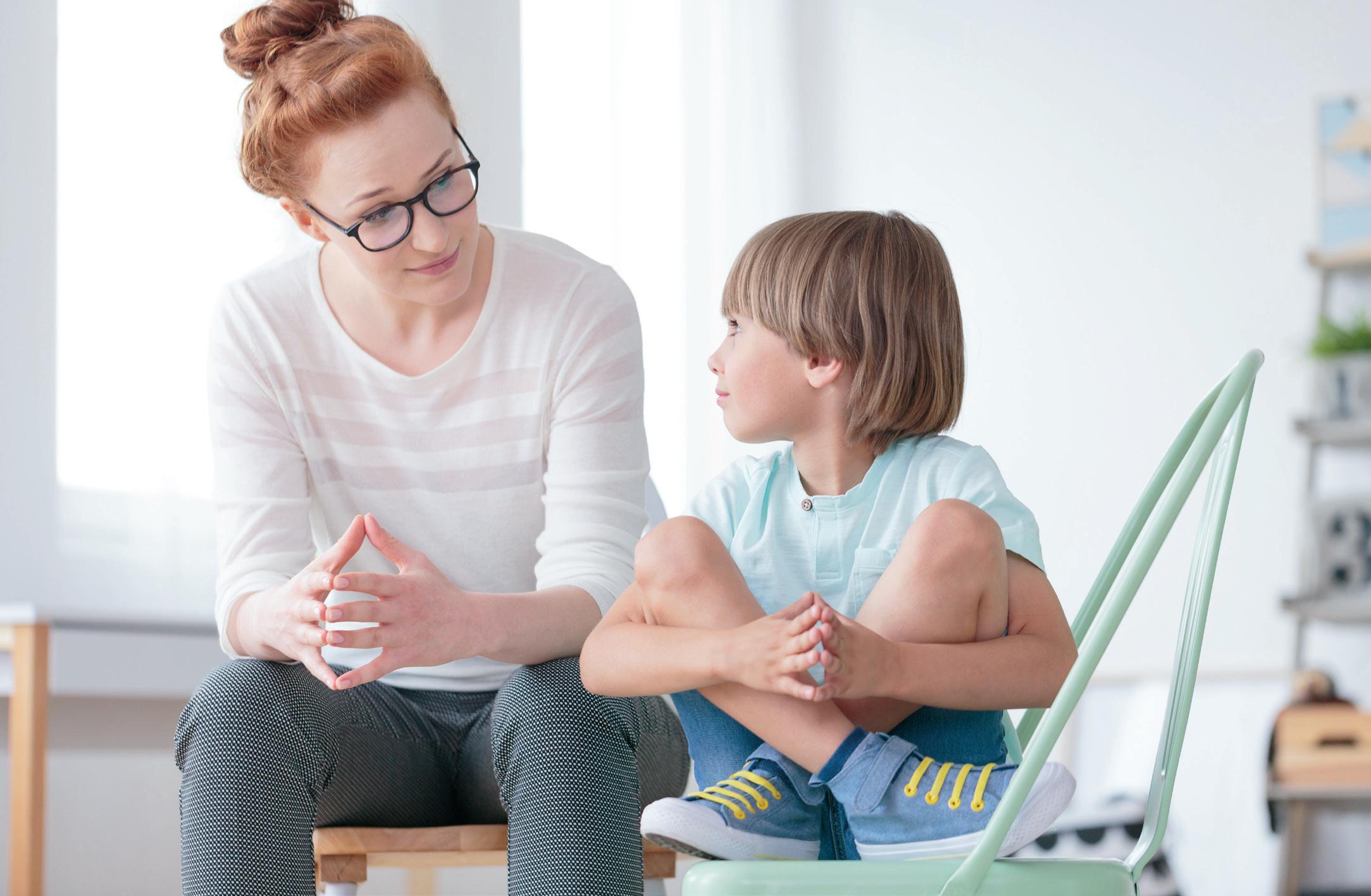
Last year, Life Education Trust reporting showed 86 percent of school leaders considered anxiety to be an issue for their students. Teachers are often the first port of call for families who are concerned about their child’s emotional wellbeing or behaviour, and play an important role in supporting students with anxiety.
As part of the Nurturing Healthy Minds series, Life Education Trust has PLD workshops available on Anxiety, Neurodiversity and Self-Care for educators. These are delivered online, outside school hours, and led by an experienced live facilitator.
The anxiety workshops, developed with Anxiety New Zealand, cover the signs and symptoms of anxiety,
calming strategies, types of treatment and where to turn to for help. The neurodiversity workshops were developed in response to an increasing awareness of neurodiversities like ADHD, autism, and dyslexia. Educators learn about neurodiversity and how to support neurodiverse learners.
Teachers can also find PLD through Life Education Trust to support their own wellbeing. With relatable examples and practical tools to reduce overwhelm, the self-care workshop will empower teachers to take care of themselves, so they can continue supporting others.
Hillary Outdoors delivers impact by fostering youth development and supporting teachers’ professional growth.

The tailored school programmes offer ongoing opportunities for accompanying teachers to engage in meaningful professional development while building strong, supportive relationships with their students. These connections are key to social and emotional learning.
Led by experienced instructors, students participate alongside their teacher, cultivating confidence, trust, and responsibility throughout the school programme. Teachers gain valuable insights and practical skills from Hillary
Outdoors’ instructors to bring back to the classroom, enriching student learning and strengthening their own practice. This shared experience creates lasting benefits that extend well beyond the programme.
A Teacher from Taita College shared: "I got so much out of our school programme. It really helped me grow professionally. One big takeaway from our Hillary Outdoors Instructor was the value of letting students figure things out for themselves. Like when they forgot something on their
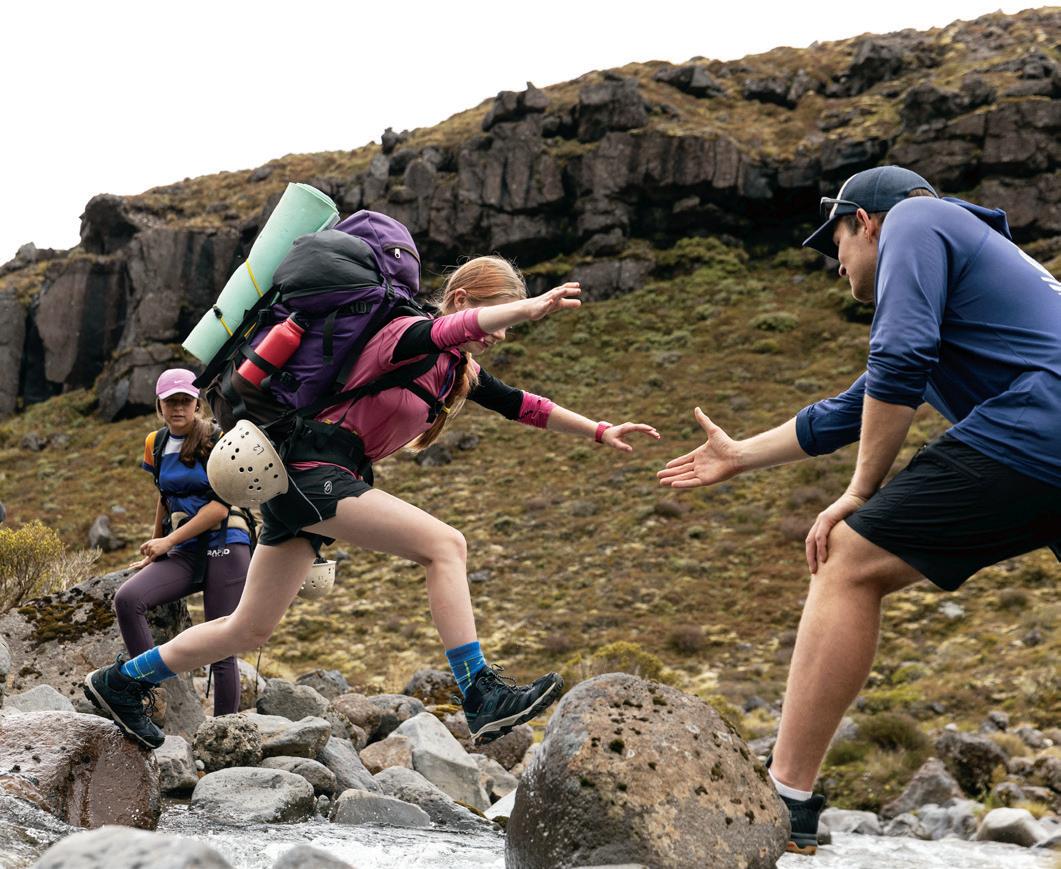
overnight expedition, they had to make do with what they had, no one was going back to get it. It taught them responsibility in a very real way. Even if packing took 20 minutes, that was part of their learning. I've started bringing that same approach into my own teaching, giving students space to learn through experience."
Developed at the University of Canterbury, the Better Start Literacy Approach (BSLA) is an evidence-based structured literacy approach that provides professional learning and development (PLD) for teachers and literacy specialists working across Years 0 to 8.
Over 7000 educators and 100,000 students across New Zealand have now benefi ted from this PLD.
Research shows that the BSLA PLD increases educators’ knowledge, skill, and pedagogy across the areas of phonics, phonological awareness, and morphology, as well as increasing confidence in their ability to teach early literacy.

The BSLA PLD can be accessed through three options. Class Teachers (Years 0 to 3) is suitable for teachers working in Phase 1 of the ELA curriculum; Year 0 to 3 learners. Class Teachers (Years 4 to 8) is suitable for teachers with learners in Phases 2 or 3 of the ELA curriculum; Year 4 to 8 learners. Literacy Leadership (Years 0 to 8) is suitable for roles with responsibility for

As demands on teachers grow and they are required to support students with increasingly diverse needs, many educators find it hard to make space for their own wellbeing.
Life Education Trust and neuroscience expert Kathryn Berkett have teamed up to offer a ‘Self-care for Educators’ Professional Development workshop as part of Life Education’s Nurturing Healthy Minds series.
The workshop will explore the brain and body connection, the
role of stress, why it’s critical for educators to prioritise self-care and how it improves teacher effectiveness and student outcomes.
According to Life Education’s Tracey Scott, “We know teachers love what they do, however it’s important for them to have a balance so that they can look after their physical and mental health. This workshop aims to give teachers practical skills and strategies to ensure their health and wellbeing is prioritised.”
To register, visit www.lifeeducation.org.nz/teacher_pd
literacy leadership and literacy support within or across schools (for example RTLits, RTLBs, literacy leads, SENCOs, LSCs, APs, DPs or principals).
All options provide high quality PLD in structured literacy teaching and assessment practices and include communities of practice aligned with your role in the school. Successful completion
of the course will lead to a certificate of proficiency in structured literacy (15 points at postgraduate level, approved by the University of Canterbury).
Tātai Aho Rau Core Education has a wide range of exciting and informative PLD available, including maths PLD, personal coaching and mentoring, te reo Māori, Te Tiriti o Waitangi and PLD for mentor teachers.
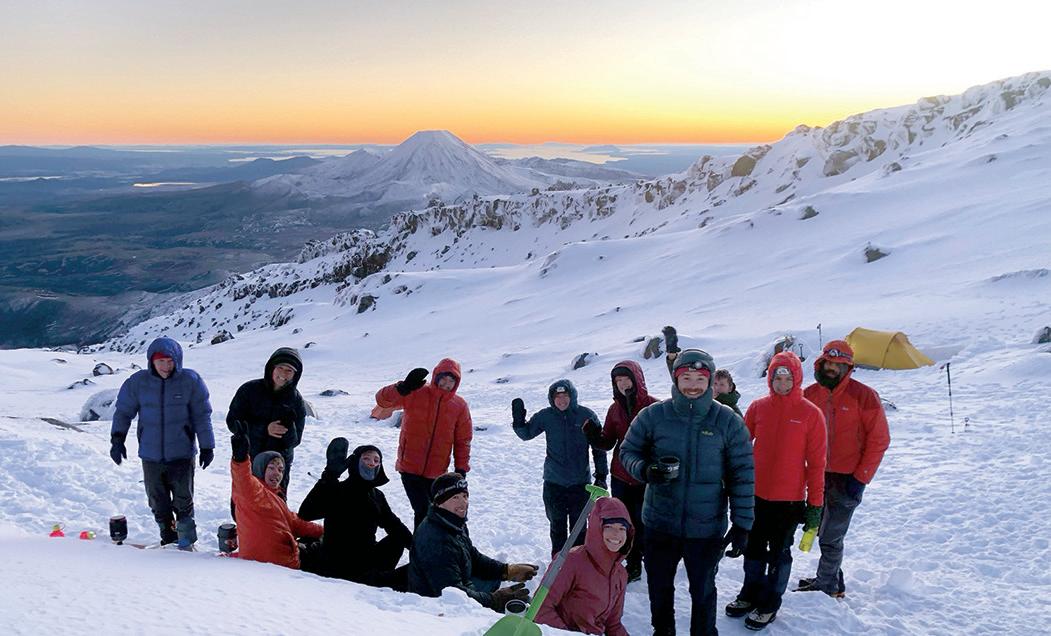

Hillary Outdoors offers bespoke, experiential programmes designed specifically for teachers and educators to build leadership, develop technical expertise in the outdoors and boost team morale.
Our tailored approach creates a dynamic and impactful programme for your whole team, enabling you to lead your own professional development workshops, while our team seamlessly integrates outdoor experiences to complement the experience.
In addition to fostering interpersonal skills and team cohesion, we can focus on enhancing technical outdoor skills. Whether you need to upskill for your school’s EOTC programme, progress towards an NZOIA award or learn more about outdoor first aid, we can support your team on that journey and create a custom programme suited to your specific needs and objectives. Our multi-day professional development programmes are typically delivered during the school holidays from one of our two Centres, Tongariro and Coromandel.
To learn more about our tailored solutions, visit our website www.hillaryoutdoors.co.nz/professional-development-course
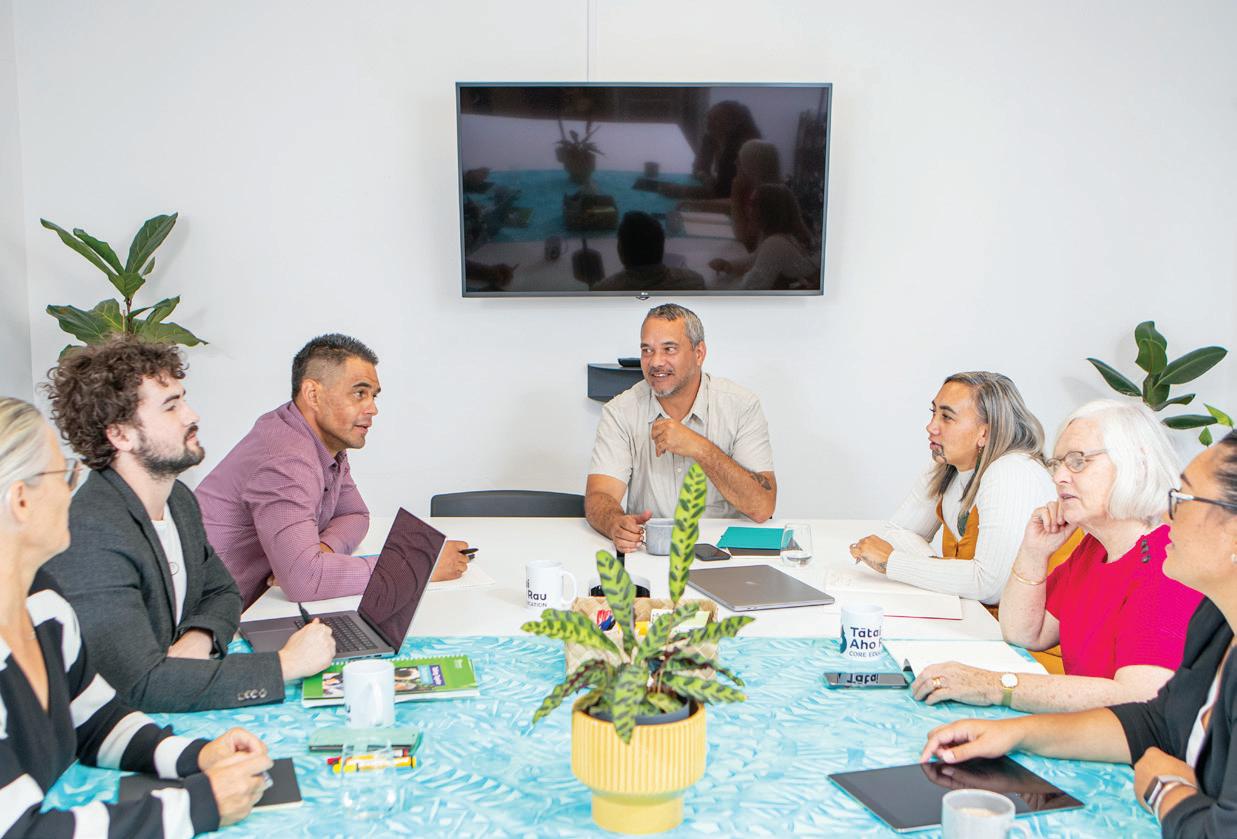
Tātai Aho Rau is Ministry of Education-accredited to deliver maths PLD that supports the successful implementation of the revised Mathematics and Statistics Learning Area for Years 0 to 8.
This PLD is available throughout 2025 and 2026.
He Waka Unua Coaching and Mentoring is designed to build educators' knowledge and skills. The course supports capabilities, leadership, and enables educators to make meaningful and sustainable changes to work and life.
He Waka Houkura is a suite of equity and inclusion PLD which offers organisations the opportunity to explore equity at every level and stage of their foundation and operations.
Tātai Aho Rau offers a beginner course in te reo Māori, Whiria te Reo. Delivered online through modules, live webinars and learning materials, the course is designed at a pace to suit kaiako and other learners.
Te Tiriti Ināianei | The Treaty Now is a micro-learning experience through online
modules. With topics that are not always covered in other Tiriti training programmes, it offers a new and fresh approach for this important kaupapa.
Te Poipoi Kaiako is PLD targeted toward Mentor teachers | Pou Tautoko and Provisional Teachers in both Māori medium and English medium settings.
Pause Breathe Smile is a New Zealand-developed, evidencebased mindfulness programme that equips teachers to support the wellbeing of themselves and their tamariki. Educators learn how to foster positive classroom environments by teaching students’ tools and strategies to regulate emotions, improve focus, and build resilience.
Grounded in Te Whare Tapa Whā, a Māori model of holistic health, Pause Breathe Smile offers comprehensive wellbeing professional development for teachers, through either an in-person workshop or online sessions, at no cost, thanks to funding by Southern Cross. Teachers and schools can choose between a one-day workshop, or four, one-hour
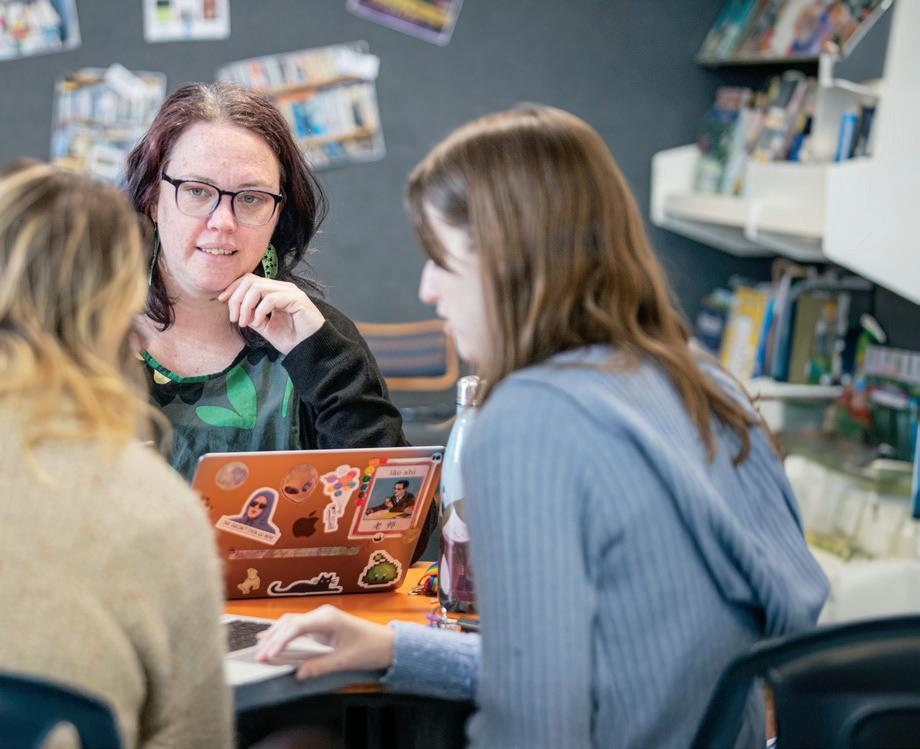
online modules. Teachers can revisit these modules again and again whenever they are needed, ensuring kaiako are prepared for any classroom scenario.
Educators can also take a teacher wellbeing module, which helps teachers to maintain personal wellbeing through mindfulness. Participants are guided through the course with practical examples relevant to adults.
More than a decade of research indicates significant
benefits: students exhibit increased calmness, enhanced self-awareness, and improved conflict resolution skills. Teachers report reduced stress levels and greater job satisfaction.
Pause Breathe Smile is a professional development option that enables teachers to support their own, and their children’s mental health, providing resources to help kaiako with their teaching practice, and to meet the pastoral needs of their ākonga.
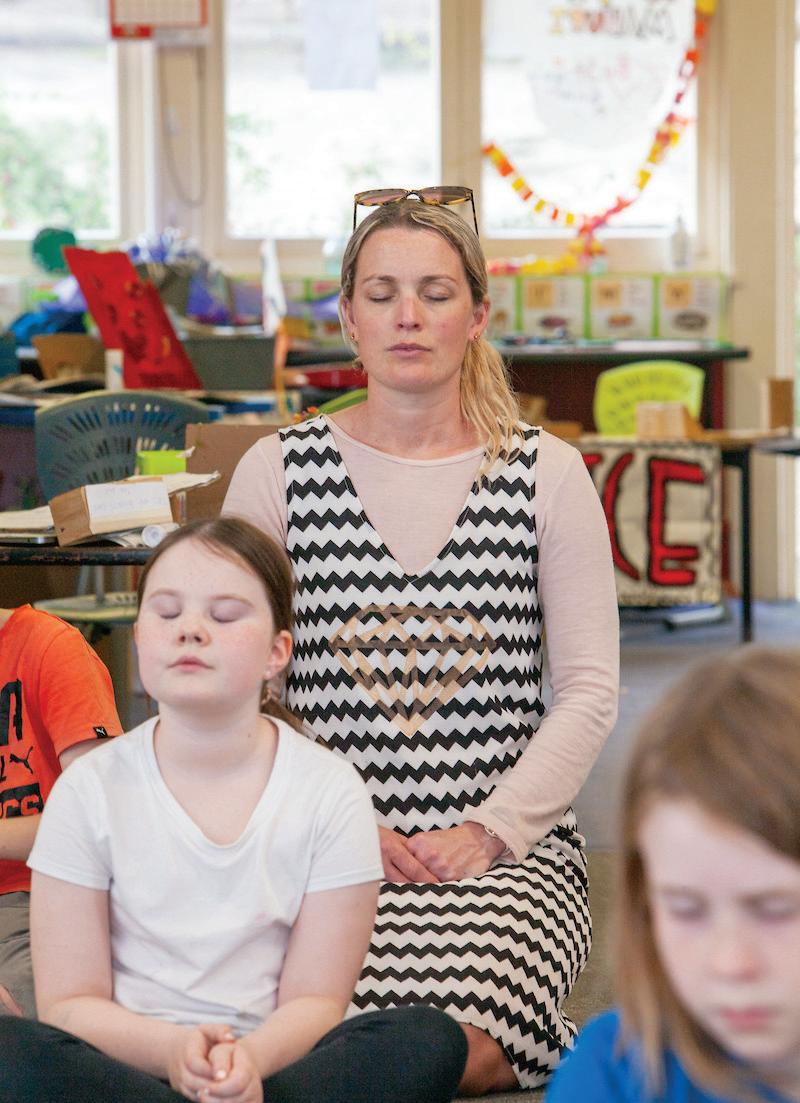
Registrations are open for our face to face and online workshops and webinars in terms 2 and 3!
Mentor Teachers and Pou Tautoko - develop your mentoring practice and your induction and mentoring programme.
Provisional Teachers and Pia - develop your professional practice as you prepare to apply for Tiwhikete Whakaakoranga Tūturu | Full Practising Certificate.
Fully funded for kura, schools and early learning services, the programme includes webinars, in person workshops, e-learning modules, and guidance resources.
Register and find out more › core-ed.org/mentor-support
In partnership with
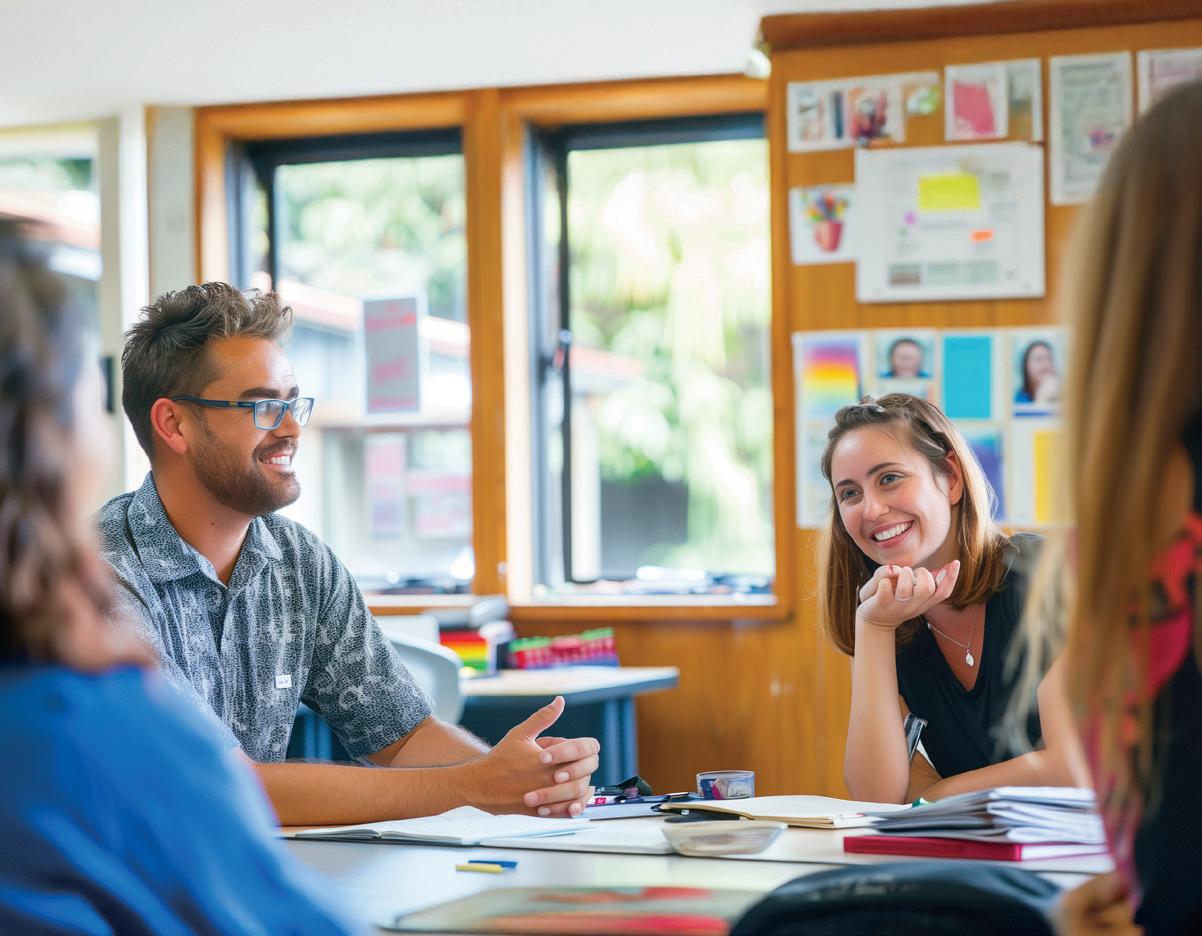
For over a decade, Brightstar has been delivering impactful education events that blend research, practical tools, and peer networking to enhance teaching practices and foster continuous improvement. These events provide educators the opportunity to learn from sector leaders and industry peers.
Brightstar believes education is the cornerstone of personal and professional development, and their events in the education
sector connect educators, leaders, and policymakers to explore trends, innovations, and strategies that improve teaching, learning, and professional development.
Each year, Brightstar runs the Legal and Governance Essentials event for School Leaders in Auckland and Wellington. This event ensures school leaders are up to date with employment law, privacy, student and staff well-being,
Reciprocal Teaching-RT3T™ has direct relevance, and provides a framework for students to develop the necessary skills to achieve NCEA co-requisites, and Scholarship, and works for everyday and academic learning at all year levels.
RT3T™ is both a structured approach to literacy and assessment and also supports and develops equity, student agency,

communication strategies, tech advancements, and more.
Brightstar also runs the New Zealand School Leaders Summit, which promotes collaboration and innovation. Gathering principals, administrators, and policymakers from across Aotearoa, participants tackle the sector’s most pressing challenges.
Brightstar’s STEAM Education Summit encourages the
integration of STEAM programmes in schools. This event equips educators with the tools to inspire creativity, problem-solving, and future-focused learning.
RTEACH INSTITUTE facilitatorcoaches work alongside school leaders to develop and implement PLD that meets the needs of staff and students, starting small, and extending into school and community-wide strategies.
wellbeing and cohesive school cultures. For an update on this high impact cross-curricular pedagogy, visit the Education Counts website.
From one of our principals: ‘Our experienced teachers are hearing success stories; it’s not an add on - but a step forward…’
Working closely with school leaders and teachers our facilitators develop an implementation plan that meets your needs. Get in touch with one of our team to talk more.

For more information please visit our website: https://rteach.co.nz or email admin@rteach.co.nz
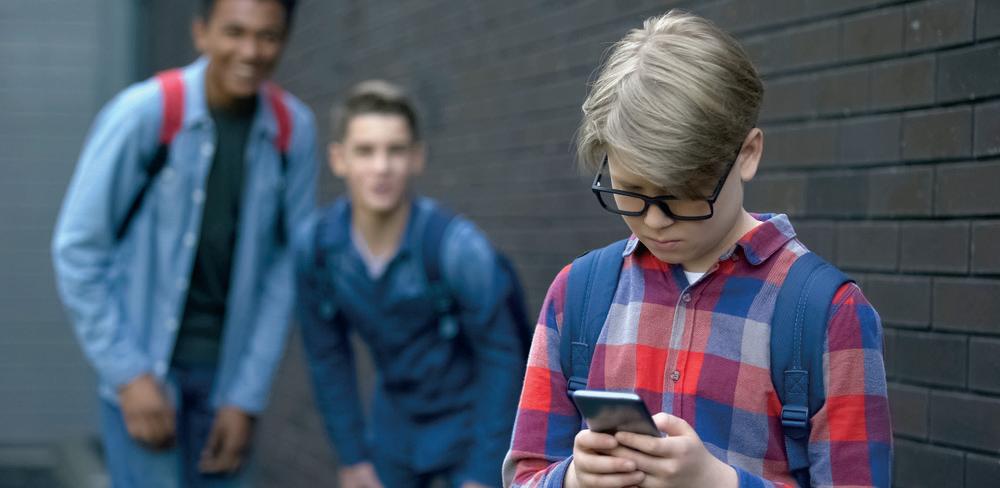
As students’ online and school lives merge, school leaders face challenges managing misconduct that happens outside school hours but impacts the school environment.
This issue will be discussed at the Legal & Governance Essentials School Leaders event in June in Auckland and Wellington. Social media misconduct, like cyberbullying or harassment, outside school hours can still affect the school community. The session will explore real-world cases where
off-campus behaviour influenced the school, raising questions about the scope of school authority over out-of-school conduct.
The session will also cover the duty of care schools have when social media harm affects student well-being. As students’ online and offline lives intertwine, school leaders must understand how to respond effectively to ensure student safety.
Join us in June for valuable insights into navigating social media misconduct and understanding school leaders’ responsibilities in the digital age.
For more information on this event, go to brightstar.co.nz/events/legalgovernance
Reciprocal Teaching-RT3T is a modernised and proven approach to reciprocal teaching, an approach that builds thinking skills and accelerates reading comprehension for significant gains over a short period. RT3T is about working smarter, not harder. In his metaanalyses, Professor John Hatt ie placed reciprocal teaching as extremely eff ective for improving student achievement.
RT3T PLD includes kaupapa and practice during workshops and in-class co-teaching, providing all participants the opportunity to learn and embed essential skills and strategies for lasting pedagogical change.
RT3T provides a shared language and seamless approach. The PLD is practical, purposeful, and grounded in what truly matters— relationships and relevance.
RT3T is a high impact crosscurricular pedagogy that centres ākonga identity,
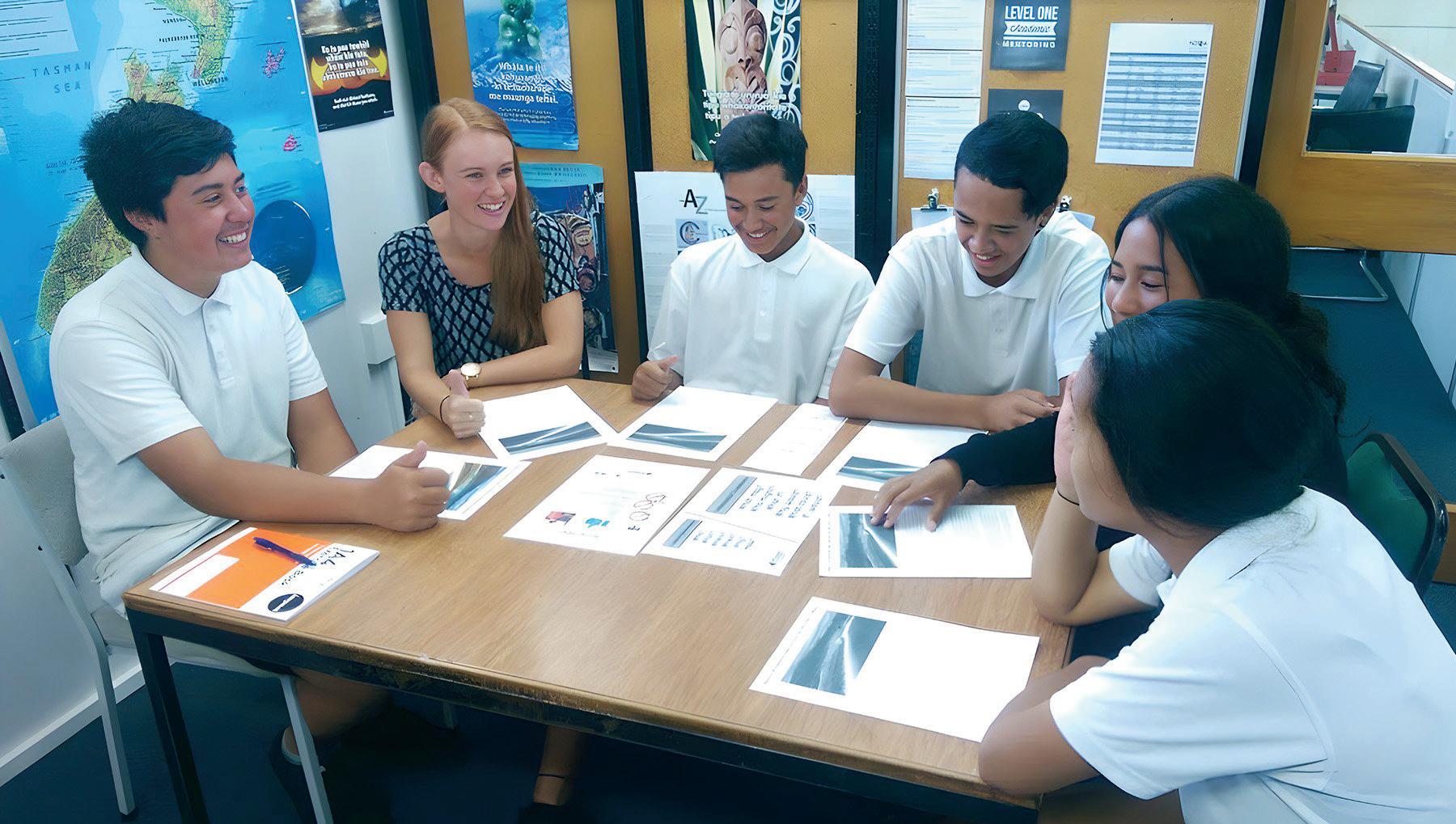
language and culture; connects classroom learning to real-world relevance and rapidly engages and empowers learners. The approach inclusively develops oral language, vocabulary, critical thinking, confident teamwork and leadership,
sett ing ākonga up for success for NCEA, and for life.
RTEACH INSTITUTE provides students and teachers with dynamic skills central to all year levels and subject areas of The New Zealand Curriculum, while deepening understanding of
assessment for learning. The programme complements other PLD including Manaikalani, Reading Together, DMIC, and structured literacy approaches. He kaupapa mō te tangata – a model grounded in people, purpose, and place.

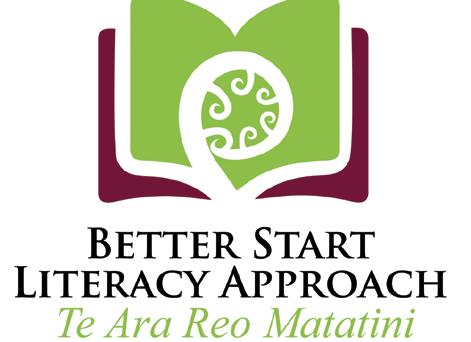

Outstanding professional learning opportunities for literacy specialists, Year 0-8 teachers and teacher aides in 2025. Gain skills, knowledge and a qualification in evidence-based early literacy instruction for tamariki in Aotearoa.
The Better Start Literacy Approach is a culturally responsive, structured approach to literacy instruction, supporting early literacy success. Developed for New Zealand teachers and students, by world-leading researchers in phonological awareness and oral language development, it utilises the most effective, evidence-based ways to teach children to read, write and spell.
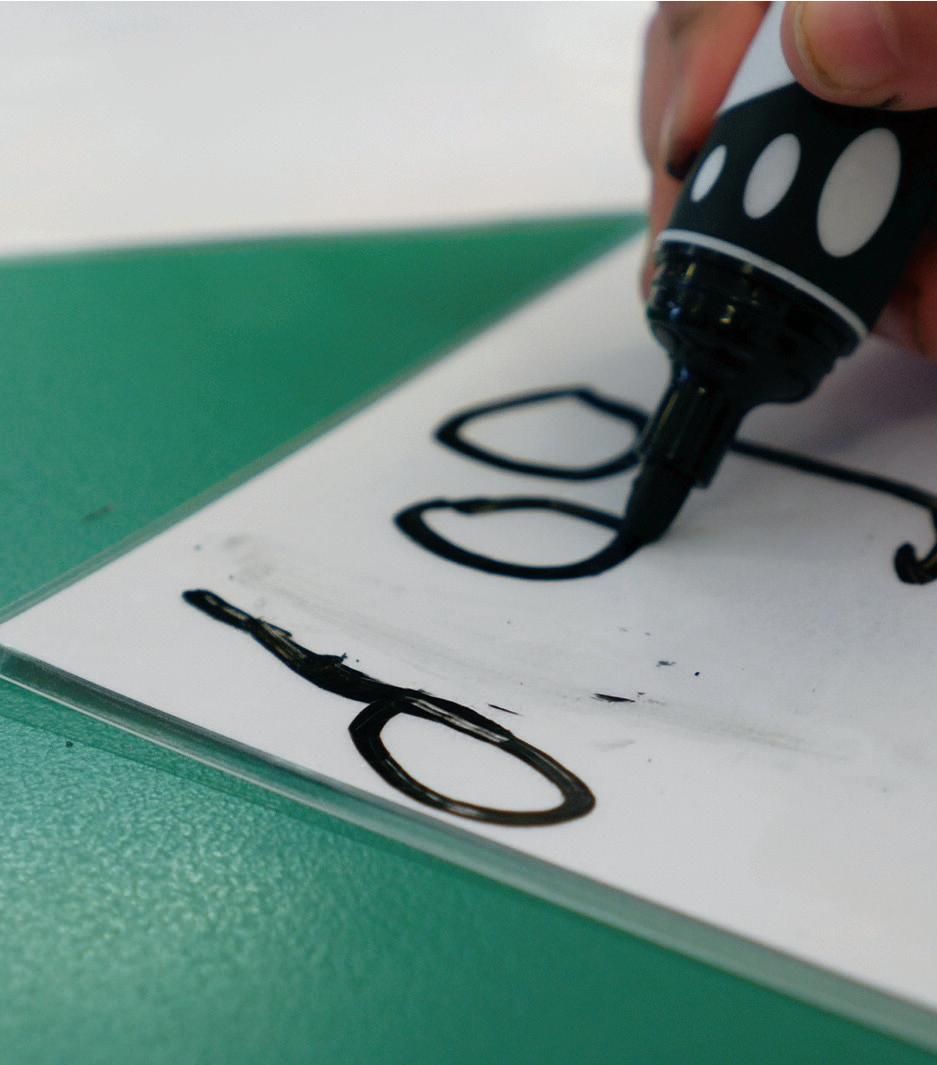









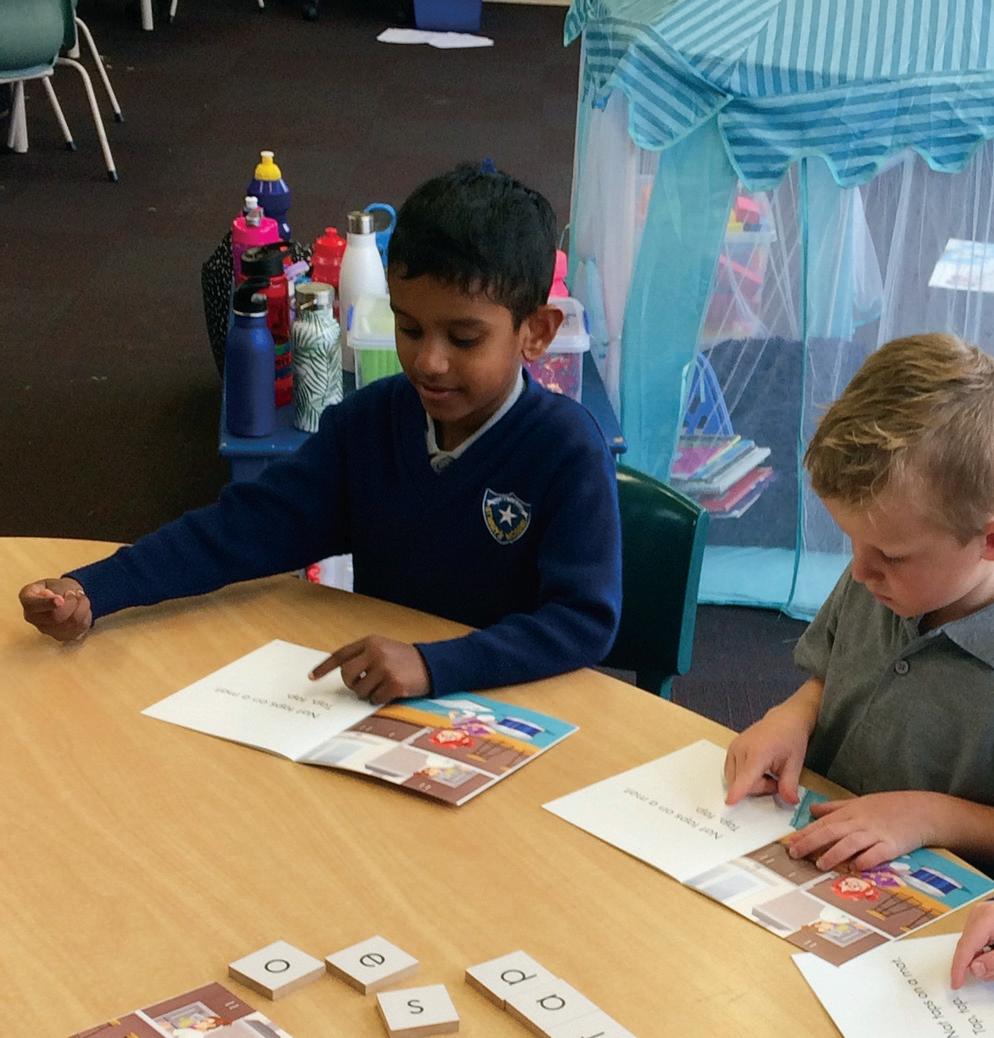
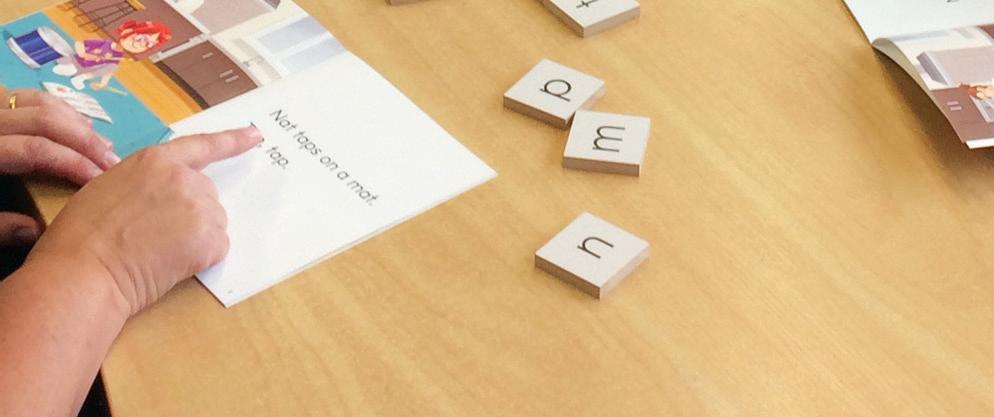









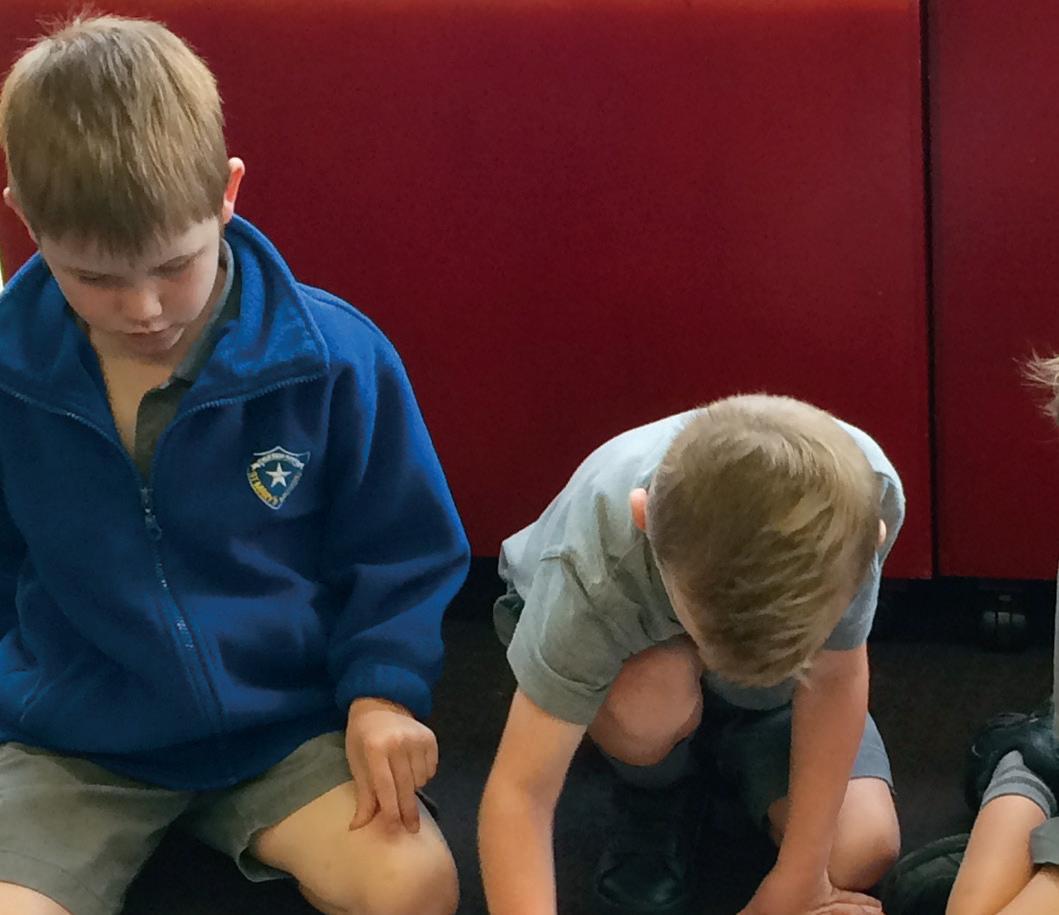
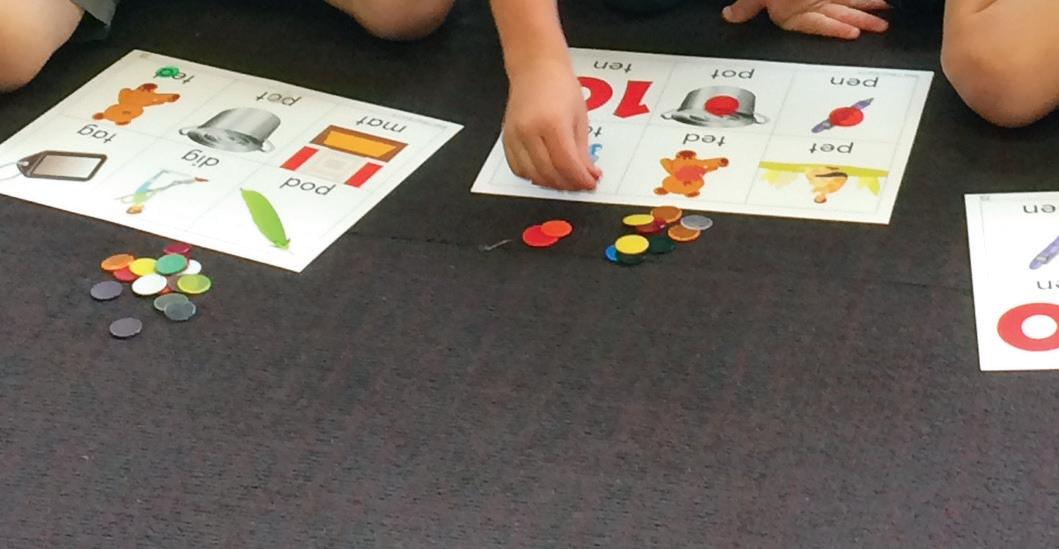








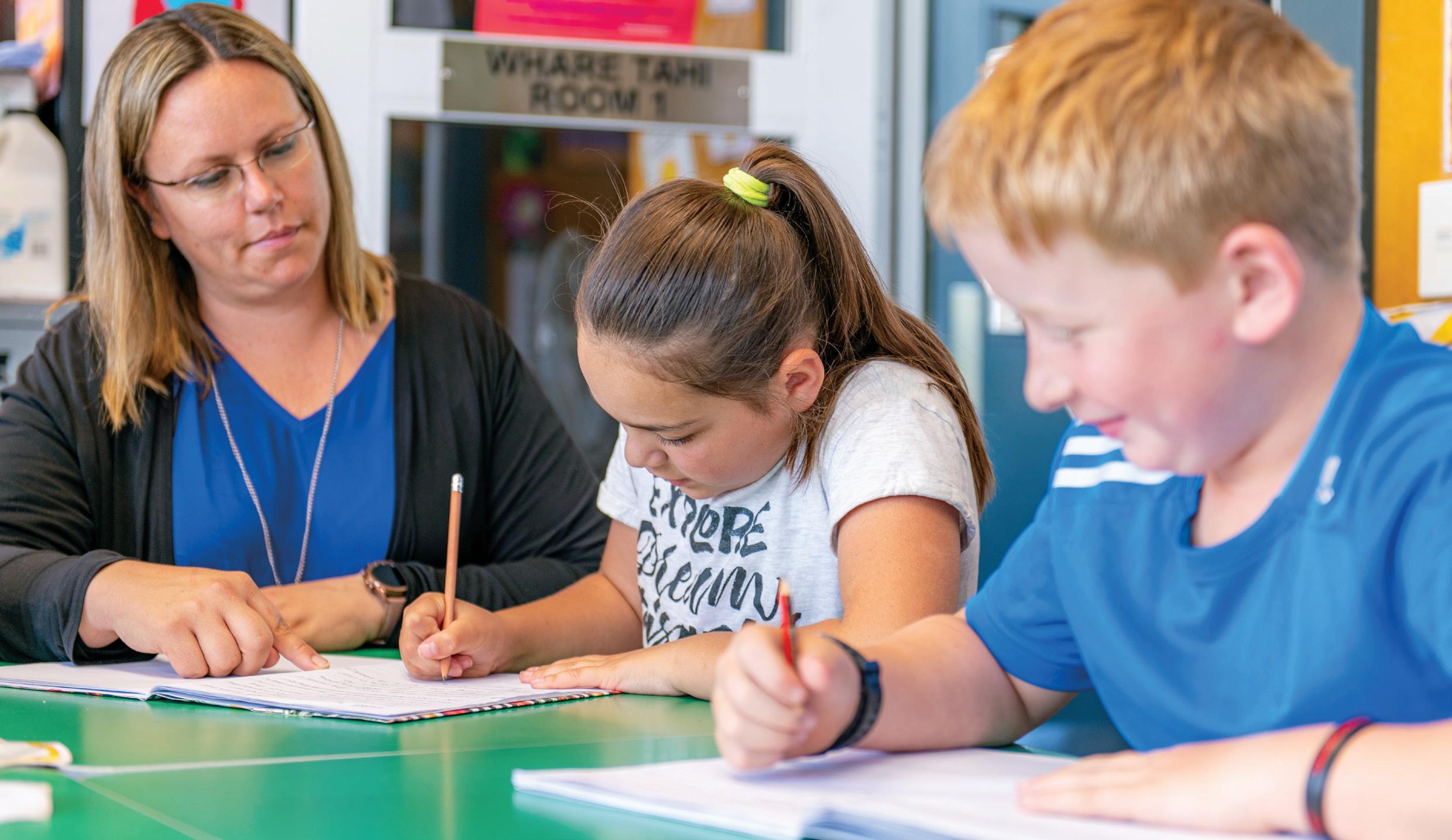
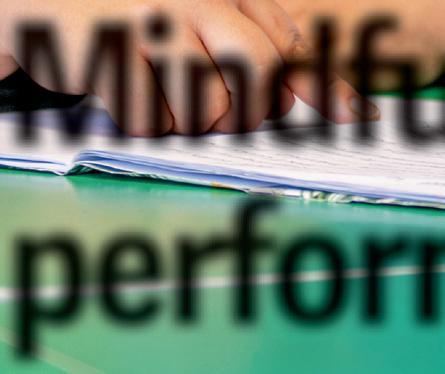


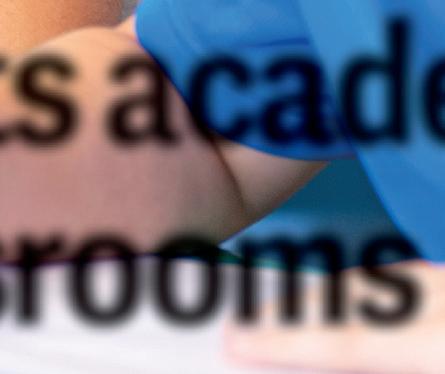
Over the past decade, Pause Breathe Smile has been teaching mind health to educators, who then pass it onto their students. The difference it makes in Aotearoa’s classrooms is measurable: Pause Breathe Smile’s evidencebased practices increase calmness in the classroom, improve focus and attention in tamariki, reduce anxiety and relieve teacher stress too.
A study by Xiaolin Li published in Nature in March 2025 validates this, too, finding that mindfulness practices can also enhance academic achievement. The research looked at different modes of teaching methods, including those that only focus on academic performance and others that integrate holistic practices such as mindful breathing practices. The participants in the study, 115 children aged 11 to 16, were observed in their learning environments and the researchers then surveyed exam results, attendance, learning ability, classroom performance, progress, and level of learning interest. The double-blind study
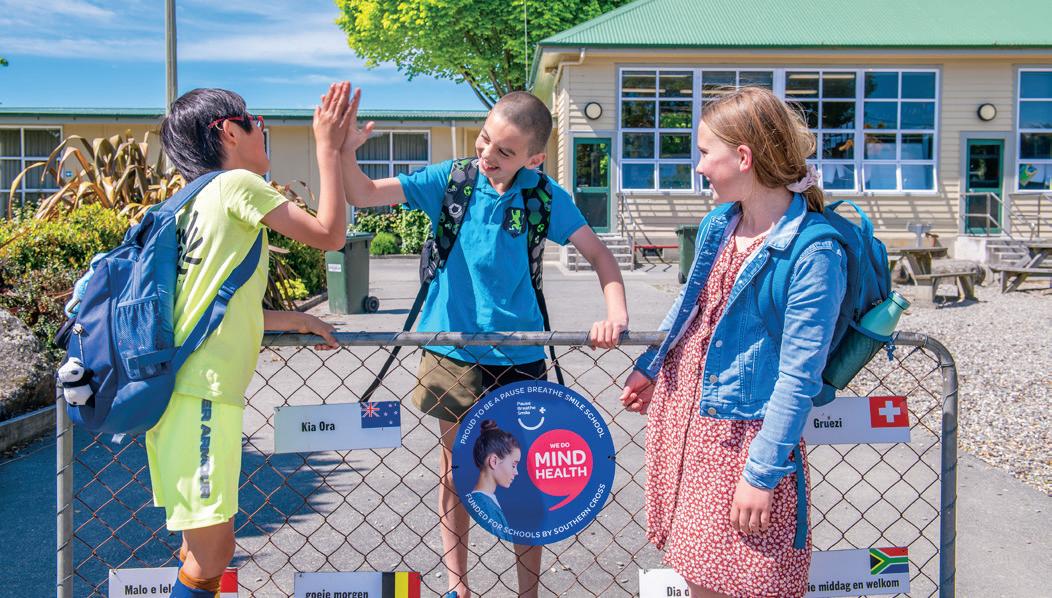
found that a more humanistic approach in the classroom, one that integrated holistic practices like mindfulness, “not only significantly increases students’ classroom participation and interest in learning but also greatly enhances their self-confidence, sense of responsibility, teamwork, and creativity.”
A 2023 study by Maha Salem and Nancy Karlin found that mindfulness education could significantly improve college students’ attention, emotional adjustment ability and learning efficiency. At Pause Breathe Smile, facilitators observe that students’ interest in engaging with new concepts and activities is typically higher when they are practicing mindfulness regularly. We know that tamariki are overwhelmed: the Southern Cross 2024 Healthy
Futures report found that 60% of Kiwi parents are concerned about how their children are coping with the pressures of life. But this new research suggests that when we treat our tamariki and rangatahi as holistic beings, when we integrate small, simple breathing practices and exercises that make them more self aware, it creates an eco-system that has exponential impacts and helps them to cope better with school, and life in general.
How does it work? When children (and adults) are dysregulated — stressed, anxious, overwhelmed — they can’t focus and are not in the optimal state of mind to learn. Once our children are regulated, however, they can engage and manage a lot more information, and teachers see more positive outcomes to their efforts. It only takes three

to five minutes of breathing practices, moving meditation, perhaps a gratitude circle in the classroom each day, for better results for students.
“Seventy percent of children did their best scores on a basic facts test after we practiced mindfulness ahead of the test,” reported a teacher at a school in 2019, after Pause Breathe Smile was implemented in their classroom. And we hear similar feedback from schools around the motu every week, on everything from truancy, disengagement, classroom disruption and academic achievement.
In 2025, with the added pressures of new curriculums and assessments, adding one more thing to the teaching day can seem impossible to manage. Pause Breathe Smile is here to help you to support your learners’ wellbeing. Mindfulness has a positive impact on teachers and senior leaders in schools too: according to our November 2024 impact evaluation, practising Pause Breathe Smile with students improves job satisfaction in classroom staff and leads to more enjoyment at work.
*Pause Breathe Smile Charitable Trust makes mindfulness free for all primary and intermediate school children, thanks to the support of Southern Cross.



Primary and Intermediate schools can receive free Pause Breathe Smile training and unlimited access to resources to support teacher and tamariki wellbeing. Fully funded by Southern Cross, contact us at pausebreathesmile.nz





















































Pause Breathe Smile
Health Ambassador with Southern Cross










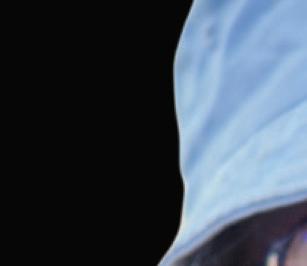













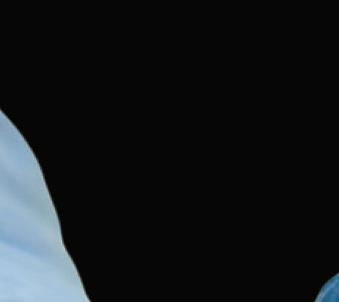

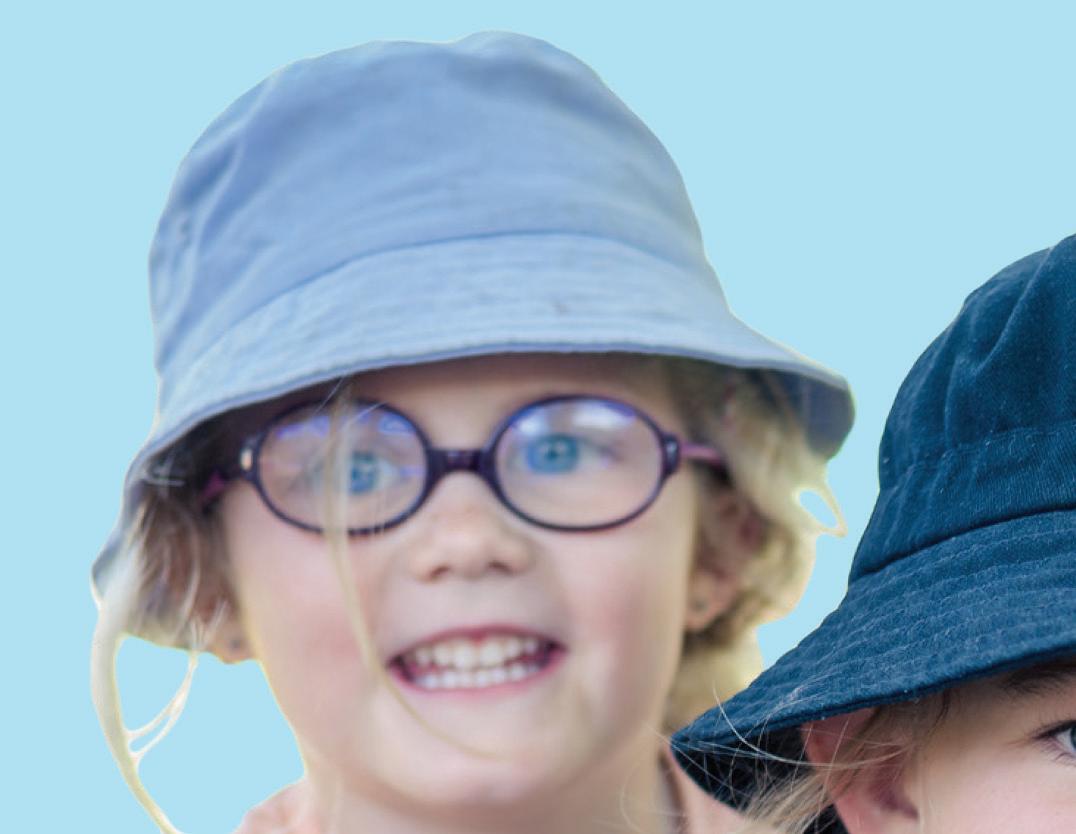






































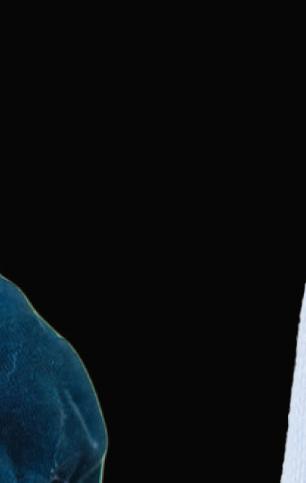




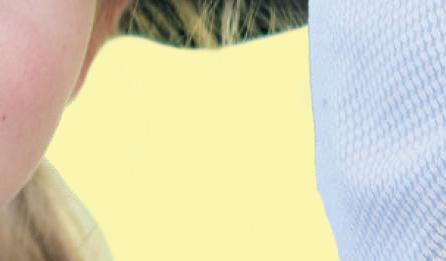




















By Gemma Easton, Editor
We know that workloads for both teachers and school administrative staff are always increasing. This means taking advantage of tools to save time and improve efficiency is important. Improving learning outcomes for all students is also paramount.
A school management system (SMS) combines several elements of running a school, and tracking student progress, into one platform. A SMS can help to improve workflows and enable data sharing across multiple people and departments.
School management systems can also be highly effective in monitoring and evaluating student performance across a range of metrics on an individual, cohort, or school-wide level. A well-used SMS will benefit all within your school community, including staff, students, and parents and caregivers.
For administration staff, financial administration, incident reporting, event management, student medication tracking, asset and key management and staff absences can be managed through a SMS. Teaching staff can benefit from roll marking tools, daily organisation and timetable reporting, and student academic progress monitoring.
School management systems can also streamline communication between teachers and parents, allow parents to complete permission forms and payments, organise parent teacher interviews, and keep track of their student’s progress.
Paul Sibson, Hero Co-founder and CIO (Chief Innovation Officer), explained: “Modern and secure school management systems improve communication by providing a transparent, realtime link between teachers, students, and families. Through dedicated caregiver apps and community feeds, schools can share progress through learning goals, assessments and examples of student work.

A well-used SMS will benefit all within your school community
“Parents gain access to realtime feedback fostering more informed, supportive conversations at home. A modern school management system ensures parents understand what their child is learning, how they are progressing, and where support might be needed— building trust, engagement, and shared accountability for learning outcomes.”
Information is stored securely in the SMS platform, meaning parents do not need to download and save school reports. Similarly, teachers can access student data quickly, without having to sort through paper-
based files or digital records.
Online platforms may include sections for staff, students and parents from the one site. To maintain privacy and confidentiality of all parties, systems can be configured so that users can only access information relevant to them.
Teachers, for example, may have access to a student’s full academic history, while administrative staff can only view their contact details; parents would only be able to view data for their own student. Most systems will incorporate an app to make access simpler for parents.
Given the wide range of tools available in a SMS, it’s important to make sure your school has the right school management system. While you may currently have a system in place, it’s worth considering if it’s still fit for purpose, or if you need to upgrade. Expanding enrolments and staff numbers, adding new year levels or subjects, or moving to a new campus may all mean your system needs upgrading.
And with technology always evolving, new features and capabilities are often added to SMS platforms.
Mr Sibson said recent developments in SMS capabilities include the integration of real-time assessment tools, smart grading, and systems for tagging evidence against curriculum goals.
“These features enable educators to capture, assess, and share student learning seamlessly. Longitudinal data tracking supports early identification of at-risk students, while collaborative analysis tools allow teaching teams

to moderate and reflect on student work collectively.
“This transformation of compliance-based reporting into meaningful, evidence-rich narratives enhances instructional planning and fosters a culture of continuous improvement grounded in real student data.”
Talk to your current SMS provider to ensure you’re getting everything you can from your system. Technological developments might mean new features may have been added that you weren’t aware of, or features that you didn’t need in the past might prove useful now. Conversely, make sure
you are using all the features included in your plan, and are not being charged for things you don’t need or want.
“Importantly, school management systems can be highly customisable,” Mr Sibson said. “Features such as flexible data cards, configurable tagging of learning evidence, and tools aligned with school-specific goals or curriculum standards allow schools to tailor the platform to their context. This supports unique workflows, school priorities, and curriculum implementation strategies. By accommodating different teaching styles, leadership approaches, and intervention
models, these systems can evolve with the school’s needs and support consistent improvement over time.
“All of this can be achieved whilst also meeting the highest standards of security and privacy.”
If you do decide to upgrade your system or change providers, ensure this is communicated to your school community. Staff will need to be provided with training to ensure they can use the system to its full potential, and families must be given sufficient information about any changes to school communication or policies and procedures, and how to access information in the new system.
Also ensure enough time is scheduled to migrate data from one system to the other, with minimal disruption to school operations. School holiday periods might be a good time to change or upgrade your system to ensure it is fully functioning when students are on campus. Key staff may need to be onsite during the transition to ensure it runs smoothly, and to receive training.
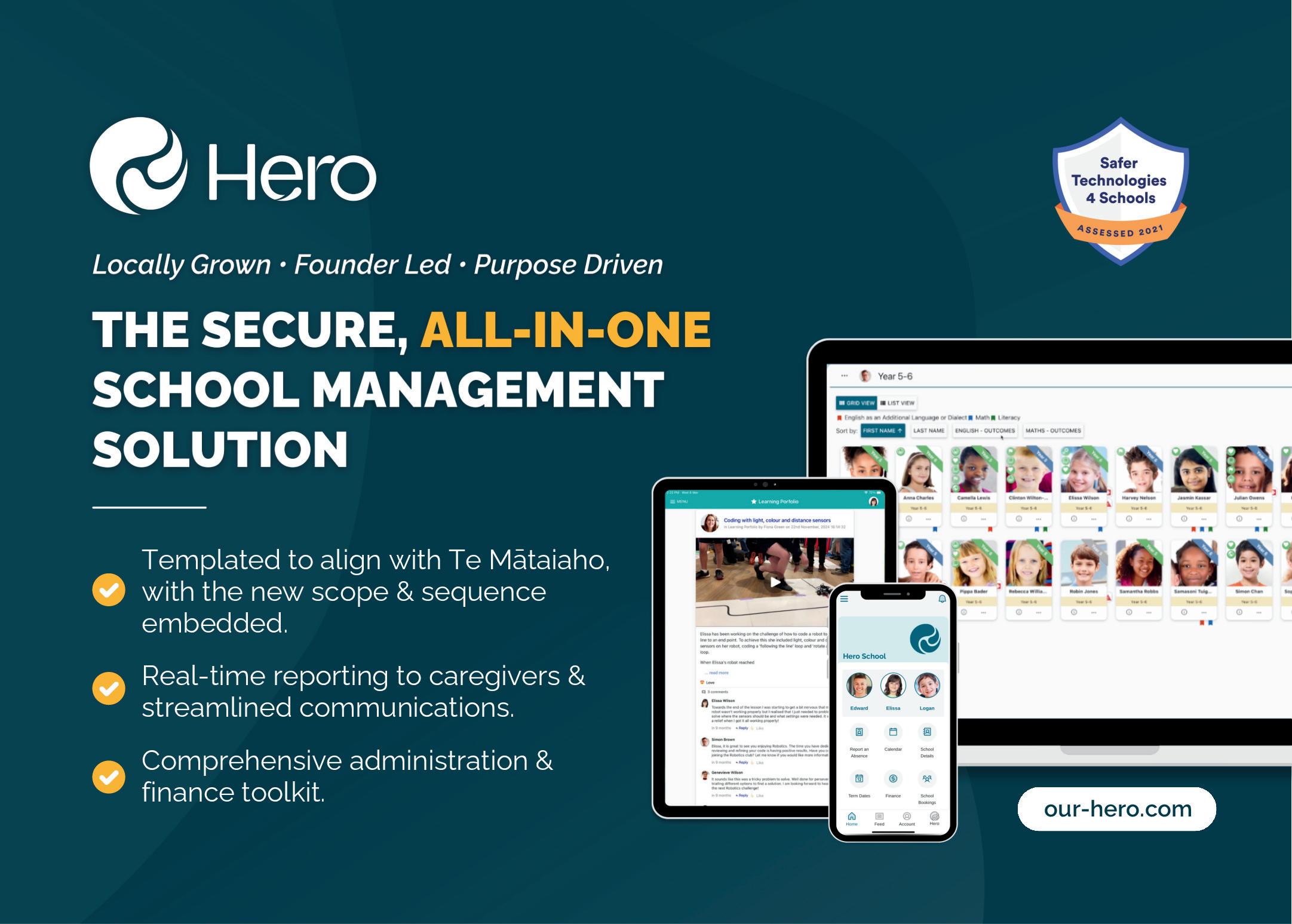
By Gemma Easton, Editor
Voice paging and school bells are critical for communication in schools. Clanging manual bells, and crackly, unclear PA systems won’t cut it.
IP (internet protocol) paging is the latest technology for school-wide communication. Similar to a conventional public address system, IP systems are designed to deliver oneway communication to a large audience. With IP-based paging, more features can be accessed, and more actions can be achieved compared to analogue paging.
IP paging systems transmit messages via the internet, rather than cabling and wires.
Compared to conventional PA systems, IP paging and PA systems are cost-eff ective, simple to install, and off er improved functionality. Often, the system can be installed using your school’s existing data network.


The school bell can also be revamped with IP paging systems. Music or pre-recorded messages can be used to signal the start or end of the school day, and diff erent music or announcements could be used to prompt diff erent actions. Movement music to help students transition between classes, for example, could be used in place of the traditional bell, and prerecorded welcome messages could be used each morning to encourage students to try their best and have a great day.
Schools can opt to deploy a full IP system, or to IPenable existing paging and PA infrastructure with IP paging adapters. Full IP systems bring significant flexibility and allow for all the features of IP devices
to be used, while paging adapters allow schools to migrate to IP paging with lower upfront costs.

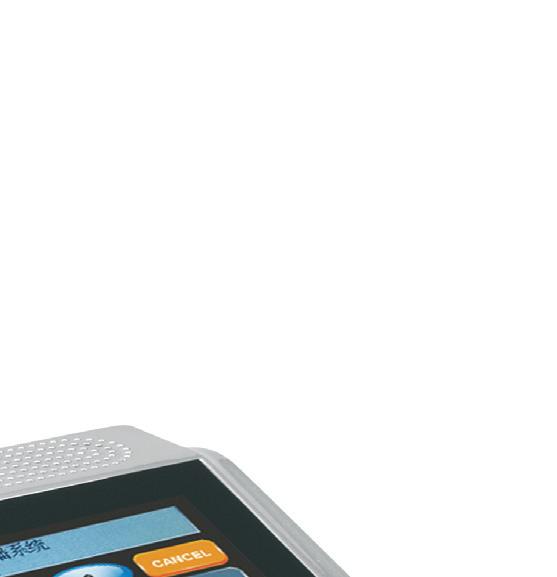
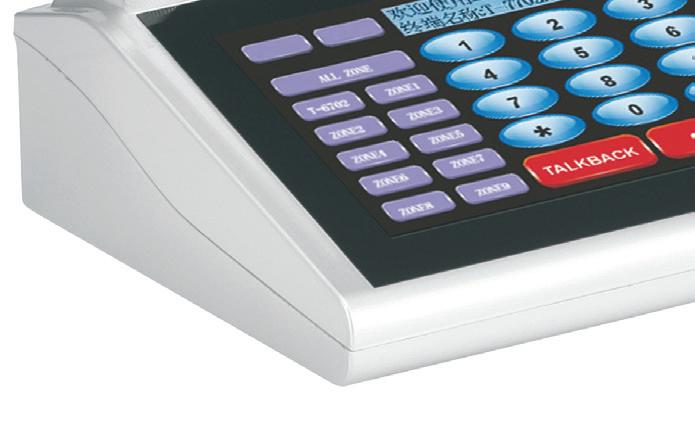

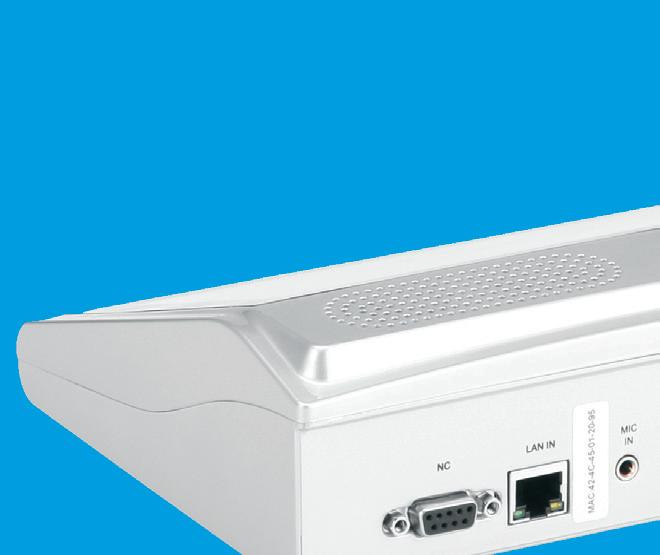




Jonathan Neil from Edwards is enthusiastic about IP based audio and paging systems.
“They off er a smarter, more cost-eff ective approach compared to older systems, and will last your school many years.

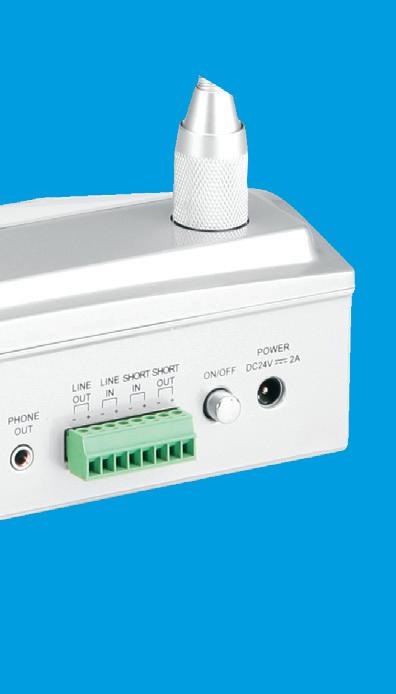

example the oval or playing fields, may be difficult, costly or time consuming. As a result, these spaces may remain disconnected from PA systems, and messages and bells will not be heard.

“Traditional systems rely on dedicated wiring and separate amplifiers for each zone.






Using IP paging systems will eliminate this problem, as speakers can be installed and messages broadcast in any location that can get a wifi signal. This constant connectivity for communication is crucial in schools, particularly in the event of an emergency.

Adding new speakers or changing configurations often involves rewiring, a timeconsuming and disruptive process,” he explained.












“IP audio, on the other hand, zones becomes a breeze. You









built into the speakers.”
“IP audio, on the other hand, utilises your existing network for speaker connections. This simplifies deployment and allows for easy scaling—adding more speakers or adjusting zones becomes a breeze. You can remotely configure the bell system and all the zones from the office—that's the power of internet protocol and advanced technology built into the speakers.”








Because they are not reliant on hardwiring, IP paging systems can be installed and managed in diverse physical sett ings.
IP paging also allows for flexibility in how messages are broadcast. Messages can be sent system-wide, or to select speakers, ensuring your message reaches the intended audience. This might be helpful if students need to remain undisturbed by announcements in an area of the school to complete exams, or if you have diff erent break times for diff erent year levels. Announcements can also be sent to devices like smartphones, and transcribed to text, making messages more accessible.





Installing wiring for traditional, analogue systems to areas of your school which are far from the main buildings, for

Integrating IP paging systems with phones allows announcements to be made from any phone on campus. Two-way talk capability is available on some systems.














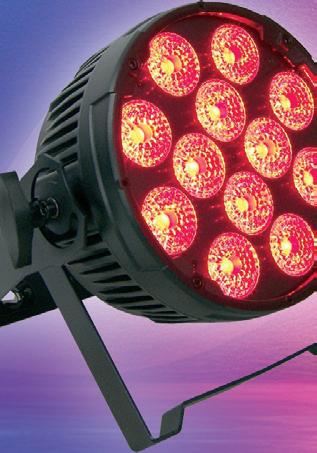





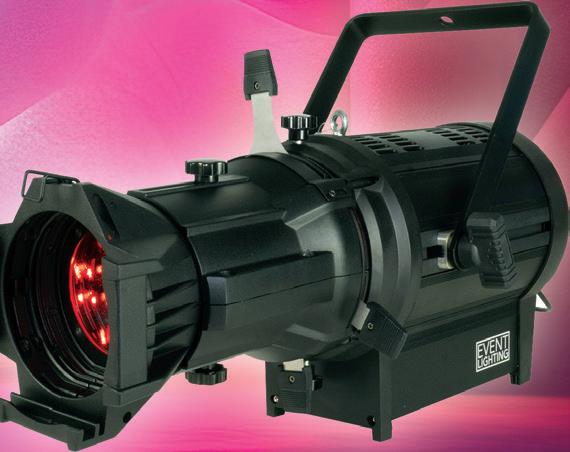



Elevate your school's theatre productions and events with our state-of-the-art LED Par Cans, Fresnels, Profiles, Moving Heads, and Washlights. Our new range of top-quality lighting products is perfect for creating stunning visual e ects and enhancing every performance. Contact us today to learn more about our exciting new range and get a quote.

Portable PA system with stand and wireless microphone
• Fully featured, top quality and easy to use.
• Includes a weather cover for outdoor use.
• Built-in trolley and powerful rechargeable batteries so you can take it anywhere.

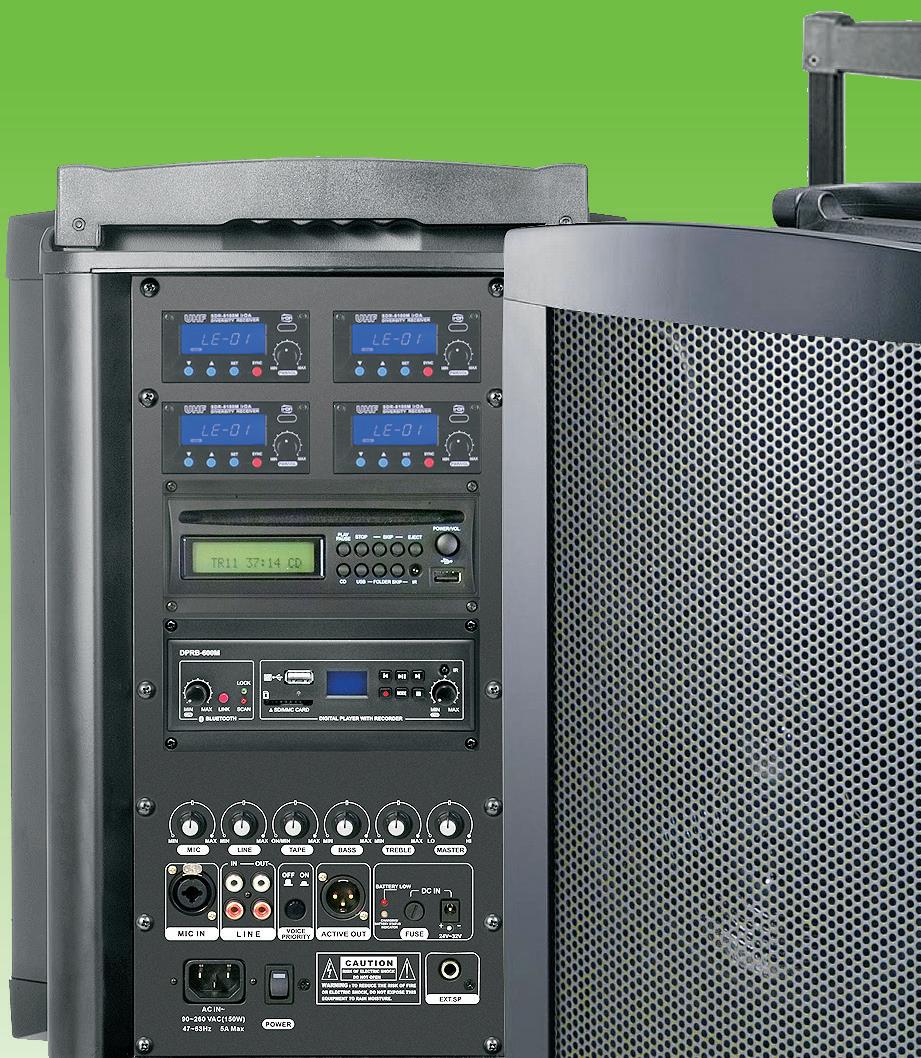


$2199 was $2749 now only... PLUS GST
If it’s time to revamp the hall AV system we're got you covered with large automated electric screens, projectors with HDMI wall connection, lighting, sound systems and wireless microphones, please drop us a line!
Namo Naicker from WiPath Communications highlighted some key factors schools should consider when installing or upgrading IP paging and PA systems. “Ensure that the system can grow with the needs of your school, with the ability to accommodate additional speakers or zones as required. Additionally, look for systems that integrate with existing infrastructure, such as VoIP phone solutions, fire alarms, and lockdown triggers
“Choose systems with user-friendly interfaces for scheduling bells, making announcements, and managing zones. Prioritise systems with robust emergency functionalities, like automated lockdown alerts and evacuation messages,” Mr Naicker said.
“Flexibility is also important, so opt for systems that allow adjustments, such as volume control for sensorysensitive students or isolating bells in specific areas.
“Also consider the long-term cost benefi ts of IP-based systems, which often require less maintenance and are

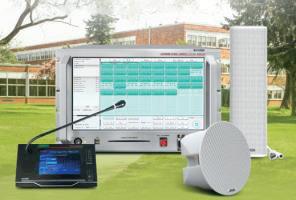
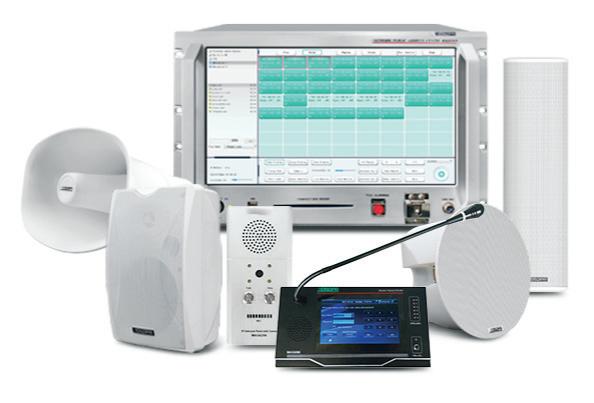
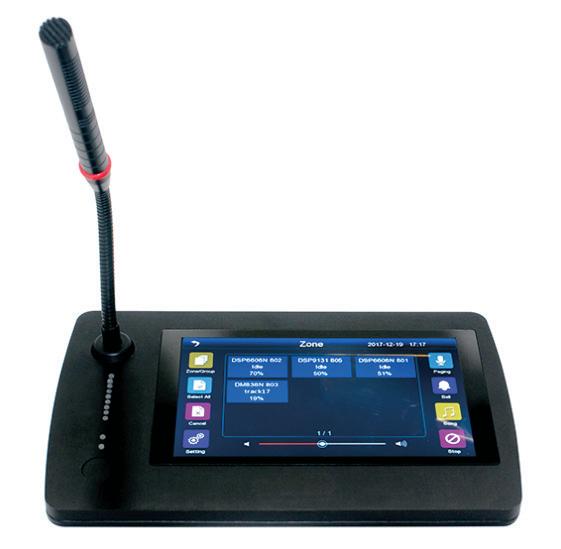
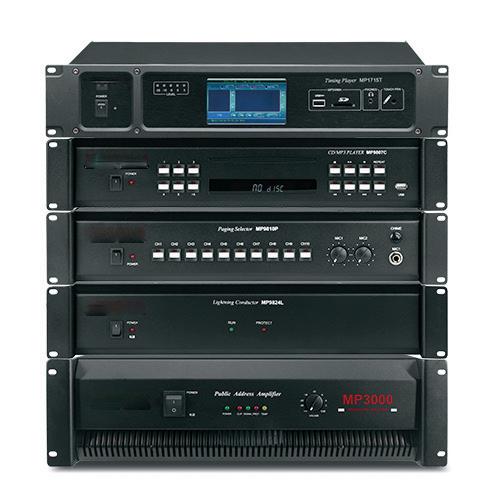
quicker to install compared to traditional systems.”
Mr Naicker said paging and PA systems can be customised to fi t the needs of individual schools. “Customisable options include zoning for targeted announcements, custom alerts, pre-set lockdown announcements and warnings, and scheduling.
09 302 1142 info@wipath.co.nz


WiPath is proud to have partnered with DSPPA, trusted worldwide for their audio solutions.
Upgrade your school's communication network with DSPPA’s innovative IP Paging and PA Systems.
WiPath and DSPPA offers:
- High-quality audio solutions: Crystal- clear sound for announcements and alerts.
- User-friendly technology: Seamless integration and easy operation.
- Advanced emergency features: Reliable systems to prioriti se school safety.
Innovative Design: DSPPA systems are built on advanced protocols like TCP/IP, ensuring seamless integration with existing networks.
Reliability: With features like emergency broadcasting and priority functions, DSPPA systems prioriti e safety and efficiency.
Flexibility: Their solutions are adaptable to various environments, from classrooms to large campuses.
Global Trust: DSPPA products are recogni ed worldwide for their quality and performance.
WiPath Communications – Where Communication Meets Innovation!
“As well as announcements, IP paging and PA systems can perform other functions including emergency triggers and bell automation, and can integrate with other systems.”
Eff ective communication during an emergency situation could mean the diff erence between life and death. IP paging can integrate with school phone

and paging systems, ensuring fast and reliable communication with everyone in your school. IP speakers, located strategically around your school campus in classrooms and staff offices, hallways, sports fields and courts, libraries and auditoriums can broadcast pre-recorded emergency messages during emergencies like lockdowns, fires, or extreme weather.
In some cases, IP paging and PA systems can be linked to fire alarms and security systems. When the fire alarm is triggered, for example, evacuation instructions will automatically broadcast throughout the PA network. This means staff, students and visitors can take immediate and appropriate action, helping everyone on your campus to get to safety quickly. Some systems allow for twoway communication between phones or pagers. If an incident occurs in your classroom, this two-way communication means you can contact a first aid officer or school reception to ask for help without leaving the classroom.
IP paging and PA systems are costeffective, simple to install, and offer improved functionality

At times, your school may require the flexibility of a portable PA system. Portable systems may be particularly useful for off site events, such as athletics or swimming carnivals.
Euan Mackenzie from NAS Solutions said portable systems are ideal for outdoor activities, where the microphone could be anywhere and always on the move. “No cables or existing infrastructure is required for such systems and wireless technology takes a front seat.
“For inputs, wireless microphones, and bluetooth are important but to be truly wireless the system needs to be run off a rechargeable battery.”
Mr Mackenzie stressed the importance of considering the area you will need to broadcast to, and select a system which can cover the distance.
“There’s no escaping physics here. As the listening distance doubles from the speaker so does the required power output,” Mr Mackenzie said.
“Having additional speakers





















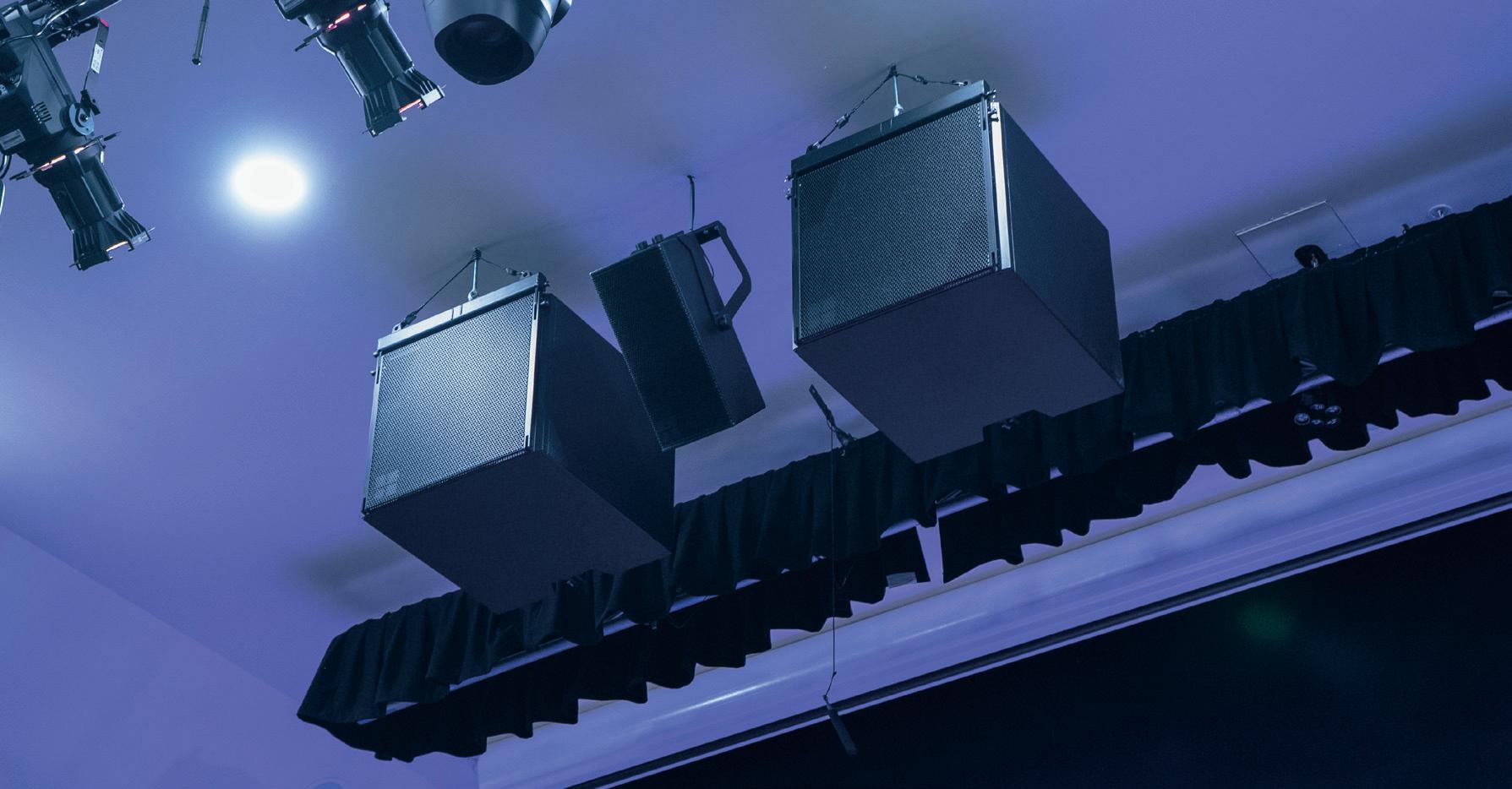
to cover large areas not only improves delivery of important information but protects the ears of those closest to the front. Thankfully additional speakers can also be wireless.”
IP paging should be permanently installed to cover the required areas of the school, Mr Mackenzie said. “Its use can be flexible, as both paging



















and local sound system in an assembly hall, sports court, or classroom for example.
“IP paging simplifies installation by making use of existing school IT infrastructure. It also allows the school and the PA supplier to monitor and service the system remotely when required. This includes running regular scheduled tests






outside of class time to flag any potential issues. The result of which can be automatically emailed to relevant personnel.”
Blending a mix of IP paging and PA solutions, and portable add-ons for outdoor events, your school can ensure clear, eff ective communication throughout your campus, in any situation.





































High quality graphite pencils with superior quality break-resistant leads and well-defined hexagonal edges allowing the user to establish a firm grip anywhere on the pencil.











































STAEDTLER ® New Zealand is proud it’s been part of people’s lives for over 65 years & has been recognized over time as the handwriting tool of choice. Today we have been focusing on providing the right tools young leaners need for their development. Our graphite pencils & jumbo pencils continue to be extremely popular with children and with the introduction of our new Noris writing pen and triangular ball pens, we remain at the forefront of producing products that are helping students to foster their skills.




Jumbo pencils in 12-sided or triangular barrels, with superior break-resistant leads. The thicker pencil grip makes it easier for kids to grip correctly, making it easier for them to practice writing for longer periods.
Our triangular barrel ball pens provide a natural grip that conforms to the contours of the hand, reducing hand fatigue and offering a more comfortable writing experience.











STAEDTLER NZ Ltd | phone: 09 444 4090 | email: write.nz@staedtler.com |


Helen Walls THE GREAT NEW ZEALAND HANDWRITING CHALLENGE ph: 022 171 9682 | email: helen@thewritingteacher.net www.thegreatnewzealandhandwritingchallenge.org
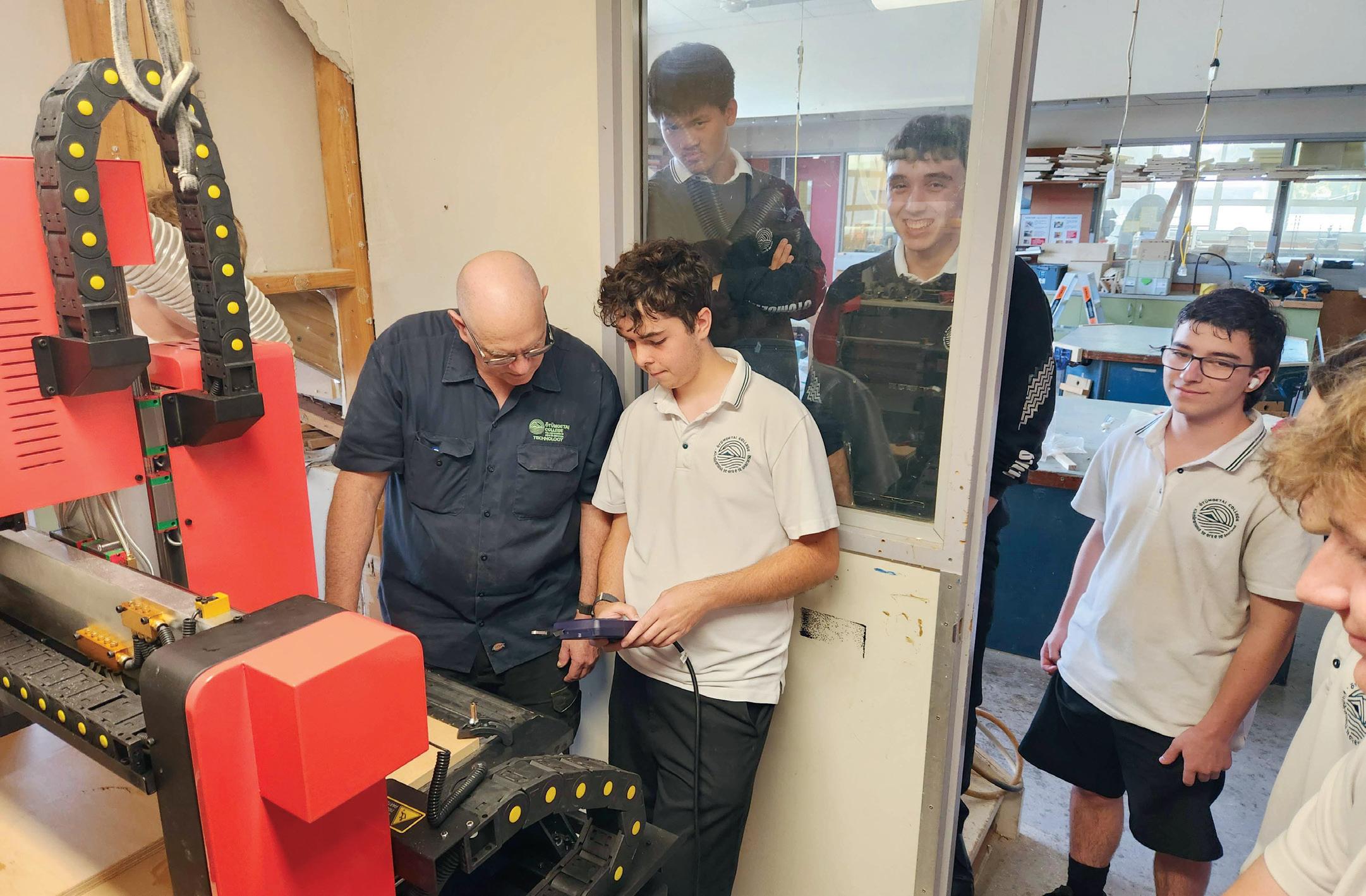
By Sarah Davison, Industry Reporter
Across Aotearoa, schools are embracing advanced manufacturing technologies to inspire innovation, foster critical thinking, and better prepare students for the future.
In 2017, the Technology learning area of The New Zealand Curriculum was revised to strengthen the positioning of Digital Technologies within the curriculum.
This change was designed to ensure that all learners can become digitally capable individuals — not just users of technology, but innovative creators. It reflects a broader national commitment to equipping students with the knowledge, skills, and confidence to design, develop, and deploy technologies that address real-world challenges.

At the heart of this approach are digital tools such as CNC routers and laser cutters, which are increasingly being integrated into schools across Aotearoa.
No longer exclusive to industry settings, CNC routers and laser cutters are becoming core features of school workshops, design studios, and makerspaces, offering students valuable handson learning experiences. By integrating this equipment, schools are enabling
inquiry-based learning and encouraging students to explore, experiment, and problem-solve. These tools bring together multiple disciplines and offer creative, technical, and practical applications across the curriculum.
CNC (Computer Numerical Control) routing introduces students to the world of automated fabrication. With this technology, students use computer-aided design (CAD) software to create digital models that are then precisely cut into materials such as wood, plastic, foam, or aluminium. This process builds digital literacy while providing a solid understanding of materials, design thinking, and production workflows.
CNC routing allows students to explore concepts in geometry, physics, and engineering while producing items like signs, furniture components, scale
models, and custom-designed parts. The process of planning, designing, and fabricating strengthens students’ understanding of cause and effect, accuracy, and spatial reasoning. It also enhances their capacity for iterative thinking, as they learn to assess, modify, and improve their designs based on feedback and performance.
Laser cutters are among the most versatile tools in a school setting. They allow students to cut, engrave, or etch designs into a wide range of materials, from acrylic and plywood to cardboard and leather. Laser cutting is widely used across subjects, including STEM, the arts, and design technology, as it supports both creative expression and functional design.
In a STEM setting, students might use laser cutting to create parts for robotics or construct engineering models. P34
By Naomii Seah, Industry Reporter
In 2013, Rāroa Intermediate revamped its technology curriculum to better equip students with relevant, realworld skills. Seeking innovative methods and tools to support their vision, the school turned to Makerspace NZ.
“We were immediately inspired by the learning potential of technologies like laser cutters and 3D printers,” said Chris Bailey, team lead and teacher in industrial design.
“These tools provided exciting new possibilities for the technology curriculum, giving students a more engaging, futurefocused learning experience.”
Rāroa Intermediate began with one 3D printer and a small laser cutter, to allow staff and students to gain confidence with the
machines. The school has since upgraded to two larger laser cutters, and expanded to a fleet of four 3D printers. Recently, a CNC router has also been added.
“This growth has greatly enhanced both the efficiency and creative potential of our programme.”
Mr Bailey said the Makerspace NZ machines are “instrumental” to delivering the technology programme, enabling students to innovate and expand their design thinking skills. Thanks to Makerspace NZ, Rāroa Intermediate has moved away from “the traditional, cookiecutter approach to technology education. We can now offer a dynamic, personalised learning experience that truly reflects modern educational priorities.”
Mr Bailey said the machines are used beyond the technology course, even producing items for school-wide purposes like Year 8 leavers’ gifts, awards and medals, and custom signage. Recently,
the school’s Enviro Club designed and laser-cut informative plaques for the native trees and plants around school grounds.
Makerspace NZ has been working with Rāroa Intermediate for almost 11 years, with technicians making regular service visits to the school. Marcus Lund from Makerspace NZ said his team is “consistently impressed at the ingenuity and creativeness used by the staff in the application of the digital cutting machines within the technology curriculum.”
Mr Bailey praised the Makerspace NZ team as integral to the success of the revamped technology programme.
“Our strong partnership with Marcus, Alice, and the team at Makerspace NZ has been transformative for Rāroa Intermediate. Their consistent support, expert technical advice, and prompt delivery of consumables and replacement parts have made a significant impact on our programme.”
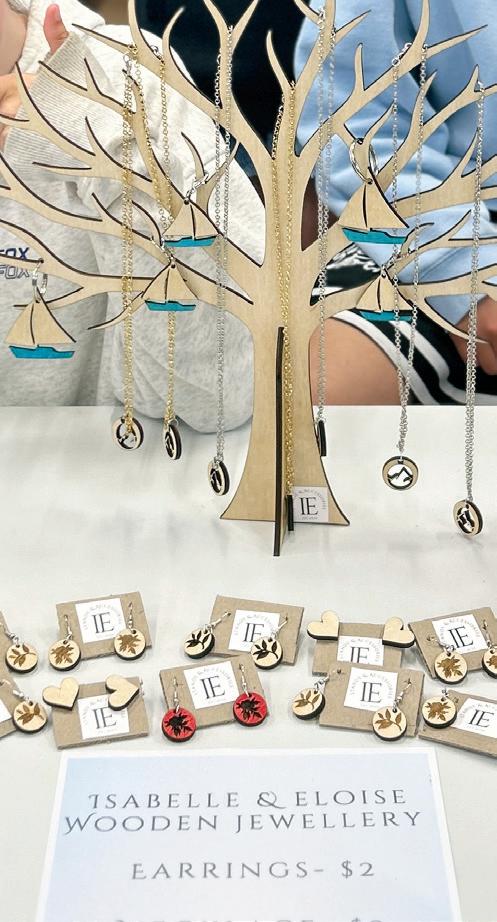
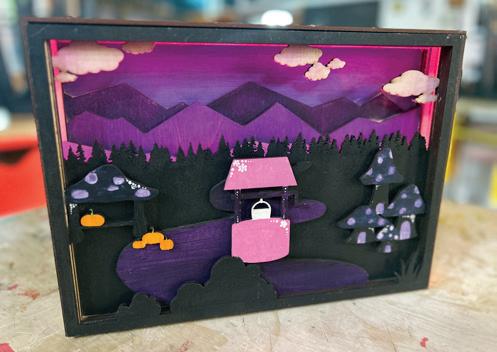

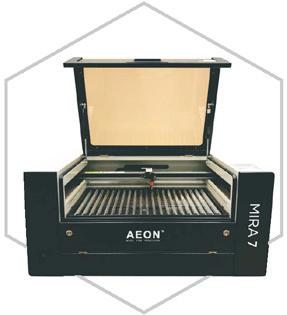
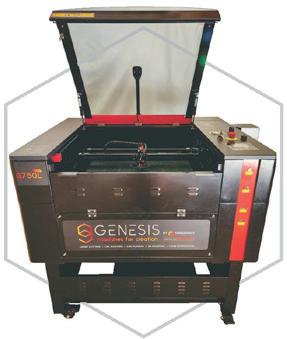
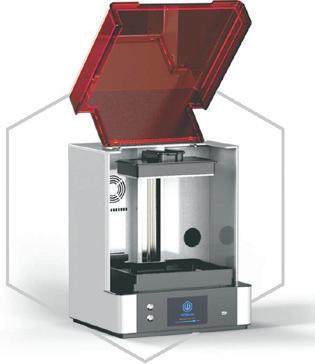
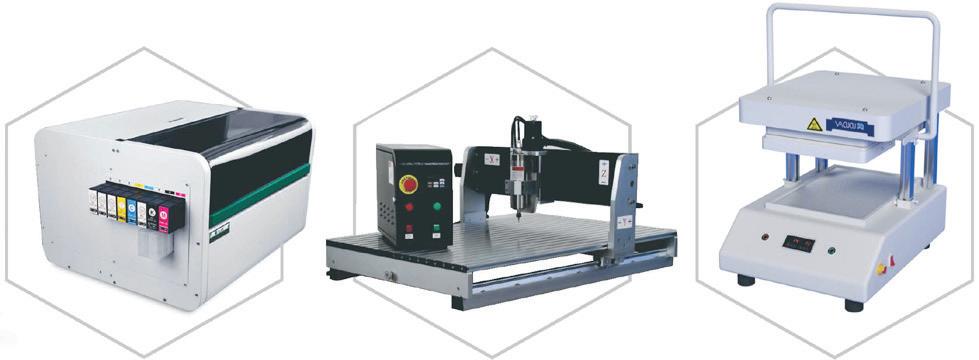


In visual arts and media studies, students may create intricate stencil designs, layered artworks, or display materials. In design and technology, laser cutting provides an efficient method to realise product concepts or architectural plans with professional precision.
The accuracy and speed of laser cutting make it an ideal tool for prototyping and production. It enables students to focus on problem-solving and iteration without being limited by traditional hand tools, allowing them to take their ideas further.
To learn more about how this technology can be implemented in school environments, School News spoke with Makerspace NZ Director and “Chief Do-er” Marcus Lund
How have CNC routing and laser cutting transformed the way students engage with hands-on learning and creative problem-solving?
CNC routing and laser cutting machines have significantly transformed hands-on learning and creative problem-solving

for school-age students by introducing accessible, precise, and versatile tools that bridge digital design with physical creation. These technologies empower students to engage in STEM/STEAM education in a dynamic way, fostering skills like critical thinking, collaboration, and innovation.
Digital fabrication technology can facilitate enhanced creativity and design thinking by allowing students to develop original ideas and bring them to life through iterative design processes. It promotes hands-on engagement with

technology, giving learners practical experience with digital tools and materials in real-time. Through these experiences, students strengthen their problem-solving skills by addressing real-world challenges that require critical analysis, experimentation, and revision. The use of CNC routing and laser cutting also supports interdisciplinary learning, bridging subjects such as science, technology, engineering, the arts, and mathematics. Importantly, these tools help prepare students for future careers by building digital fluency and exposing them to technologies commonly used in design, engineering, and manufacturing industries. Essentially, CNC routing and laser cutting machines have revolutionised STEAM education by making handson learning interactive, interdisciplinary, and futurefocused, equipping students with the tools and mindset needed to tackle complex problems creatively.
What safety and accessibility considerations should schools prioritise when implementing this equipment?
CNC laser and CNC router machines should always be purchased from reputable NZ- based suppliers who can provide machines with appropriate safety systems, user training and ongoing support and machine servicing.
Machines sourced directly from overseas are often lacking in safety systems and may not conform to local safety standards, not to mention the lack of training and onsite service.
There are several important safety aspects to consider when implementing digital fabrication technology in schools. Machines should be equipped with emergency stop buttons (E-stops) and interlocks to ensure they can be safely shut down in the event of a malfunction or emergency.
Appropriate dust collection systems or fume extraction and filtration must be installed, depending on the materials being used, to maintain a safe and healthy working environment.
Comprehensive training for both staff and students is essential, with consideration given to age appropriateness and supervision requirements. Clear signage and restricted access to machine areas should be in place to prevent unauthorised or unsupervised use.
Both routine user maintenance and scheduled maintenance provided by qualified suppliers are necessary to ensure machines remain in safe, working order over time.
By prioritising these safety and accessibility considerations, schools can integrate CNC routers into their programmes responsibly, fostering a safe and inclusive environment where all students can explore digital fabrication and creative problem-solving.
What advice would you give to schools looking to invest in CNC routers or laser cutting tools for the first time?
Do your research! Speak with fellow tech teachers from around NZ — forums and Facebook groups can be really helpful for making these connections.
It’s also important to have open conversations with suppliers. Ask them what options they can offer to meet your school’s specific needs, and whether they can provide a comprehensive "turnkey" solution that includes delivery, installation, training, and ongoing support.
Reputable suppliers will stand by their products and offer the post-sale service that helps ensure long-term success.

Museums and galleries are more than collections of old items— they are living classrooms that bring us closer to our past and help us look to the future.
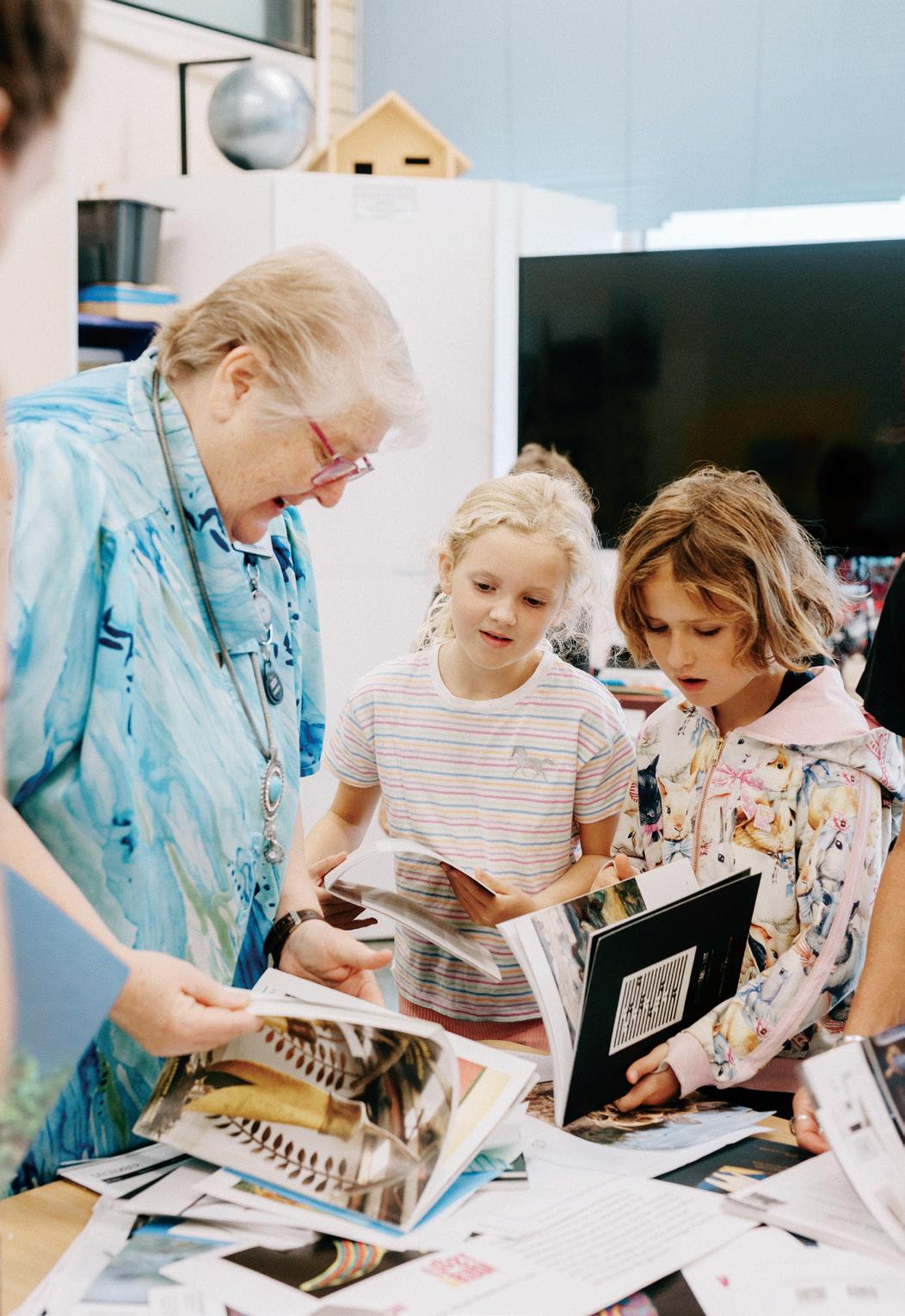
By Naomii Seah , Industry Reporter
A 2020 New Zealand study found that EOTC is valued for educational and social benefits, with museums being one of the most enriching experiences available for ākonga. In museums, learning comes to life through seeing and interacting with collections of historical objects.
Some museums employ modern technology to bring us closer than ever to these objects, using scans and digital displays to allow us to interact with these items in new ways, while preserving them for future generations.
In museums, students have an opportunity to interact with primary resources and texts in a way that is impossible through other mediums.
Museums are social experiences too, as classes and teachers come together to explore and investigate learning areas. Getting closer to objects of cultural and historical significance can encourage sharing of intergenerational knowledge, preserving oral histories.
There are many ways to interact with museums, including allowing students to take the lead on enquiries and investigations. Museums are rich with possibilities, and allowing natural curiosity to take hold may lead to unexpected results.
In museums, students can use the available resources to gain a more holistic understanding of a subject or learning area.
Looking at historical objects can also nurture soft skills such as critical thinking—students are invited to imagine how life might have been in the near and distant past, for similar or different cultural groups, even for different species. At the same time, these experiences encourage empathy and creative thinking.
A 2017 review of the literature on museums and learning found that museum visits and other EOTC adventures are usually classified as informal and free-choice learning. This is a different environment to the highly structured learning in schools and can be a natural way for schools to allow their learners agency.
The review also found that three-dimensional models and live exhibits enable children to “construct richer and more realistic mental representations relative to traditional digital and pictorial illustrations in textbooks”. Museum visits are also rich in storytelling opportunities, which can be powerful drivers of deep, embedded learning.
Many museums have dedicated, age-specific spaces. For younger children, environments designed for hands on learning can result in deeper developmental progress like understanding cause-andeffect relationships. Ensuring an appropriate learning framework for different age groups is important for students to gain the most from their museum visit. Many museums can guide schools and educators to age-appropriate activities and sections of their offering.


Museum curators and educators are experts, making them invaluable resources in their own right. Many can work with your school or class to align the visit with specific topics of exploration. Museum curators and educators can also ensure any visit is aligned with the New Zealand curriculum, and many have extra resources to explore before or after the visit, ensuring learning is deep, long-lasting, and connected to classroom activities.
In Aotearoa New Zealand, we are fortunate to have many museums covering a range of subject areas. Here is a sample of some opportunities available for school groups.
Formerly known as Waikato Museum, Te Whare Taonga o Waikato Museum & Gallery is an all-weather education venue in the heart of the Kiingitanga region. Te Whare Taonga o Waikato is proud to showcase many taonga of Kirikiriroa Hamilton and the Waikato—
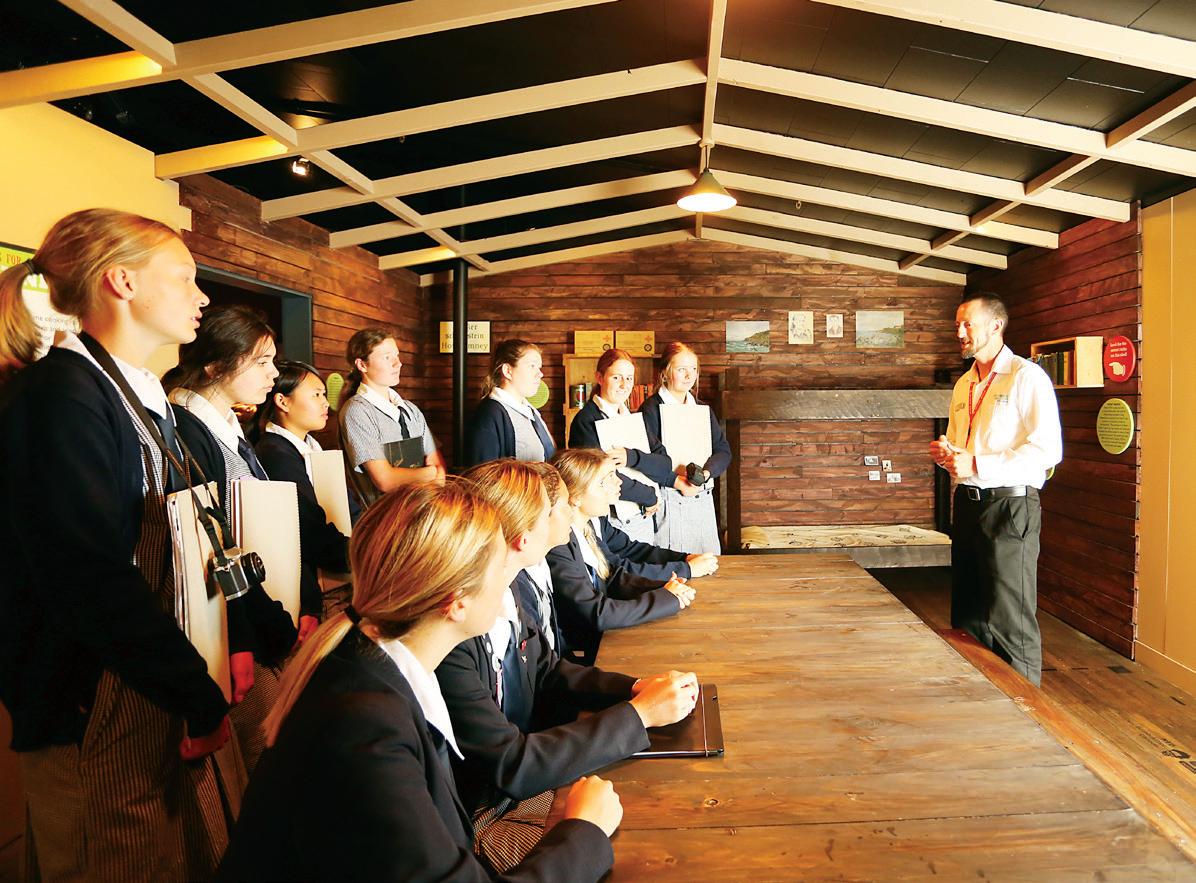
such as the magnificent waka taua Te Winika—and to share the region’s complex histories with all who visit. The education programmes on off er cover arts, social sciences, history, science and tangata whenua themes, and are available to all levels from primary to tertiary.
Te Whare Taonga o Waikato is well placed to support teachers with the new Aotearoa Histories and Art curricula. Nothing compares to students being able to encounter taonga,

Get some stretch into your Northland visit as millions have before at the Kauri Museum since 1962, the first great attraction of the near north.
Catch up with long time-travellers then take even longer getting stuck into the exhibits, specimens and stories that reach from room to amazing room. And stretch millions of years.
Come rain or shine, for every age, a timeless experience at the award-winning Kauri Museum awaits. Get stuck in. Linger longer. Dig deeper here.
www.kaurimuseum.com
Kauri Museum and Gumdiggers Café
Open every day except Christmas Day, 9am to 5pm (Café 10am-3pm)
5 Church Road, Matakohe 0593, Northland, New Zealand. Phone (+64) 9 431 7417.


historical objects and artworks firsthand, with educators bringing their narratives to life through hands-on activities, puuraakau and other koorero.
The education team at Te Whare Taonga o Waikato will manaaki students and teachers throughout their visit, from planning or timetables to meet-and-greet and farewells. For them, it is an honour to participate in the transmission of valuable cultural knowledge, so they work hard to make
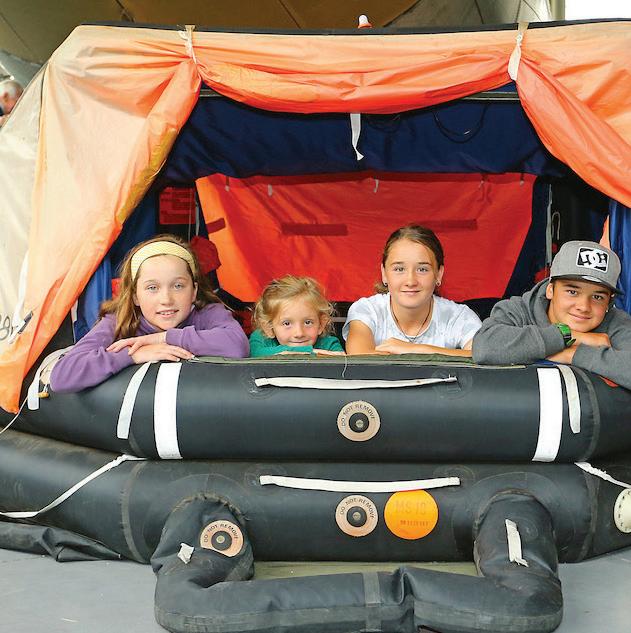
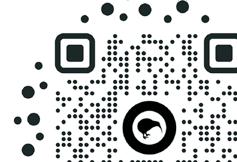

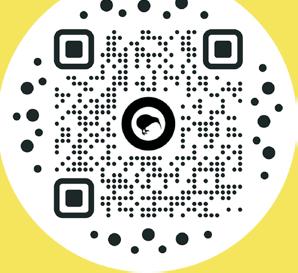

every visit as rich and memorable as possible for tauira and teachers alike.
Although Te Whakaringa Mutu | Air Force Museum of New Zealand is best known for its military aircraft collection, the museum is not just about aeroplanes. Your students could be learning in a genuine
air force life raft or be educated in an ejector seat!
Located at the historic air force base at Wigram, Christchurch, the Air Force Museum invites visitors to discover the stories of the people who have helped shape New Zealand’s military aviation history through free education
tewharetaonga.nz/education
programmes for schools and non-profit community groups. The programme content is wide and varied, and run by trained teachers.
While many students visit to engage in STEM-based programmes, such as the science of flight or the mechanics of simple machines,
ākonga can also hear about the story of the ANZACs at Gallipoli, the effects of rationing in World War II, the roles of the Royal New Zealand Air Force (RNZAF), survival skills and much more. The Air Force Museum can cover any learning objectives connected to the New Zealand Defence Force.
With a purpose-built and interactive classroom, simulator rooms, and behind-thescenes access, the museum provides a hands-on learning experience for all ages.
Kauri Museum has offered engaging learning opportunities to tens of thousands of students across several decades, with many visitors returning as adults to relive the magic.
For teachers, the Kauri Museum has been continually aligning its school visit programme to the evolving education curriculum, and has a streamlined approach to making it easy for schools, teachers, parent-helpers and students to "dig deeper here".
Located one hour from the end of Auckland's Northern

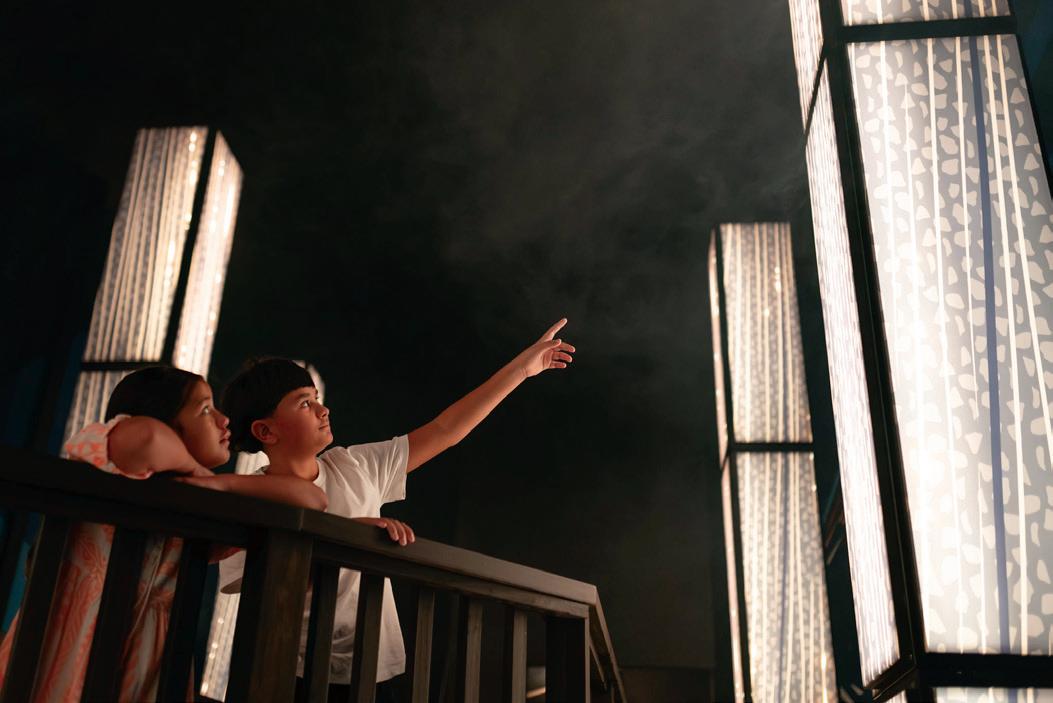
Motorway, the Kauri Museum is an easy-to-get-to day-trip destination. Large undercover spaces allow for curiosity, discovery, and accelerated learning, making the Kauri Museum an attractive destination for schools looking for engaging experiences.
School visits to the Kauri Museum are underpinned by the principles of the Aotearoa Histories Curriculum: understanding the big ideas of New Zealand’s histories,
learning national and local contexts and thinking critically about the past by integrating stories throughout their immersive experience.
Critical thinking is sparked by exploring everyday activities of the past, including schooling in the original 1878 Matakohe School where students today sit at old kauri desks complete with ink wells, with a teacher in Victorian dress, learning how school life has changed through time.

Colourful, age-appropriate object hunts are available and tamariki absorb information through multiple learning methodologies. Imaginative play using props and dressups also extends learning. Unique themes such as gumdigging and kauri forests of northern New Zealand are a focus, as well as saws, sawmills and pioneer life.

Science + Tech + Play
Science + Tech + Play
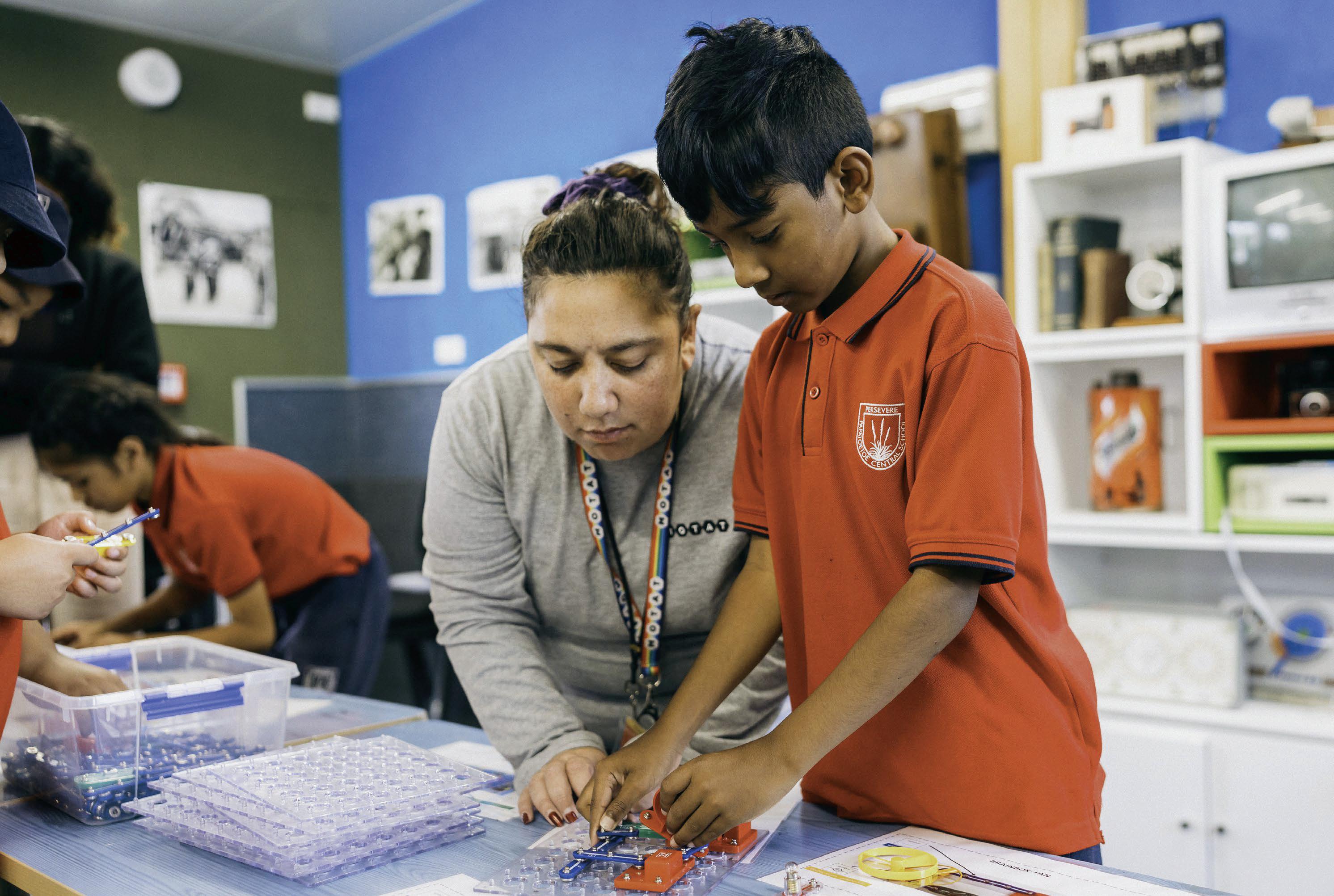

Let our Education Team support your learning goals with specially designed programmes at your place or here at MOTAT. With STEM Cells and Learnable kits that come straight to you, all supported by online resources, we’ve got you covered.
Let our education team support your learning intentions. Whether it’s at your school or at MOTAT, we work with you to create unique learning experiences that encourage problem solving, creativity and collaboration. With a diverse range of programmes aligned with the New Zealand Curriculum, we’ve got you covered.

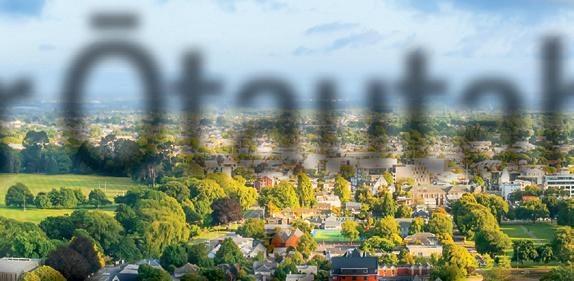
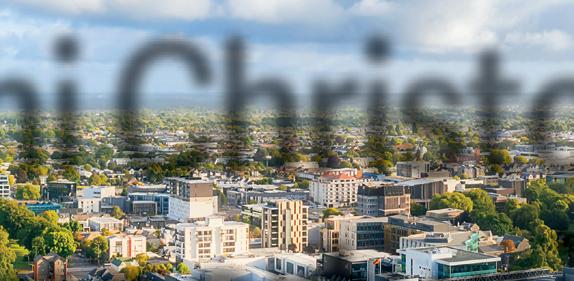



By Naomii Seah , Industry Reporter
Ōtautahi
Christchurch,
The Garden City, is rich with learning opportunities, no matter what subject or part of the curriculum kaiako or ākonga wish to explore.
The historic CBD is home to both Hagley Park and the Ōtākaro | The Avon River, which are significant natural features accessible from the urban centre.
Besides the natural world, the city hosts a wealth of social and cultural history, from restored heritage works to the acclaimed local galleries and museums.
The area has significant indigenous and colonial history, with many historic pā sites and colonial buildings remaining within city limits.
Christchurch is also one of fi ve Antarctic gateway cities worldwide, with a history of
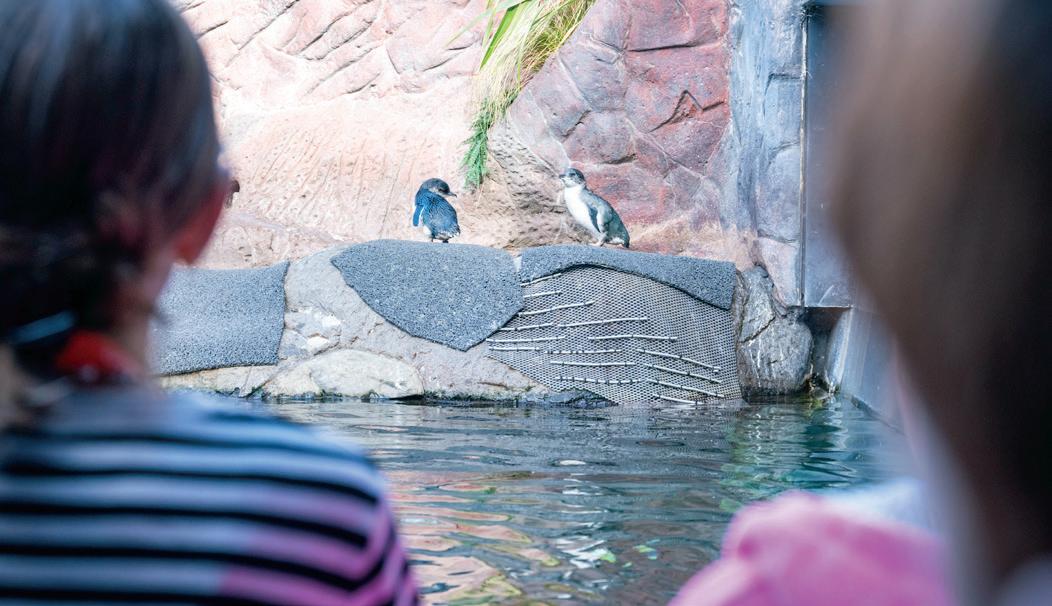
Image courtesy of International Antarctic Centre
Antarctic exploration dating back to the turn of the twentieth century. Christchurch is the main supply route to McMurdo and Scott Bases in Antarctica.
Situated in the Canterbury region, significant natural resources are available from the city’s doorstep. Once mostly swampland, Christchurch has now been urbanised, but patches of the original ecosystem remain.
The Travis Wetland is accessible from northeastern suburbs,
Discover interactive, curriculum-based programmes for Primary and Secondary students. Explore themes in:
Social Science Science
Environmental Conservation
Enquire today! Go into the draw to receive a complimentary Hägglund Ride and 4D Theatre experience for a group of 30 students.
education@iceberg.co.nz T&C s apply
and is the largest freshwater wetland in the city, home to many bird species. Outside of the city, Hamner Springs and the forest provide unique landscapes to explore. Schools can find hiking, water sports and many more outdoor activities in the region.
As well as Hamner Springs, Christchurch is also a gateway to the South Island, with Aoraki, Mount Cook National Park and Kaikōura accessible through land routes.
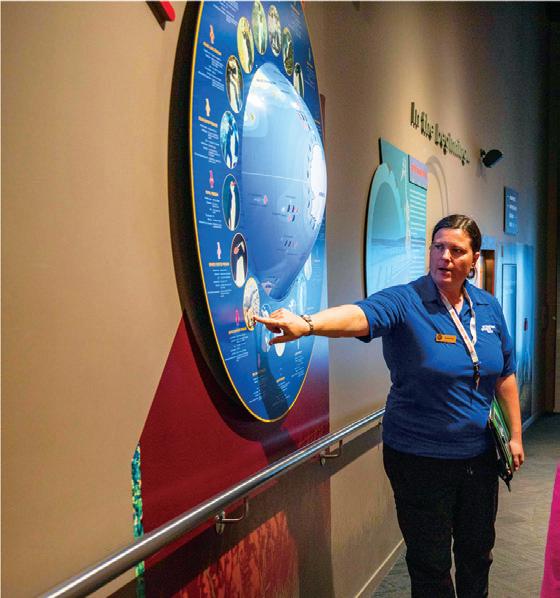
Whether the school is taking a big group or a smaller one, there are many accommodation options in Christchurch to suit your needs. Camp-style lodges might suit groups looking for more outdoors activities, while backpacker and unit-type options may suit those with more selfguided itineraries in mind.
One option for adventurous groups is the famous International Antarctic Centre, which off ers school groups an inspiring and hands-on educational adventure that brings Antarctica to life. The tailored education programme engages students of all ages through interactive storytelling, scientific discovery, and multi-sensory learning.
Highlights include meeting litt le blue penguins and learning about their biology and behaviour, experiencing an Antarctic Storm in the immersive storm room, and enjoying thrilling simulated rides.
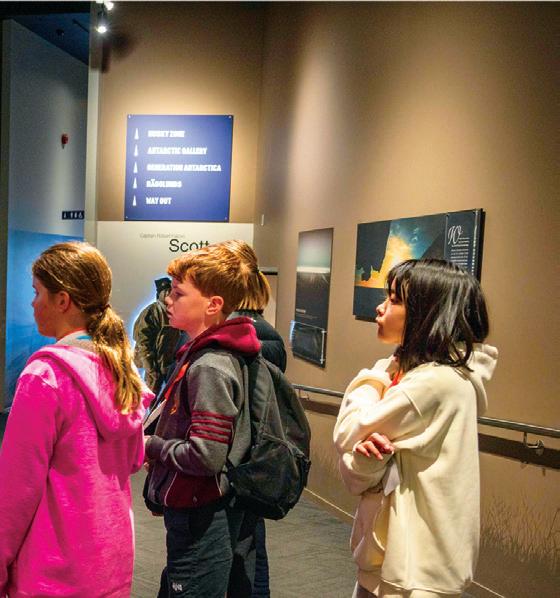


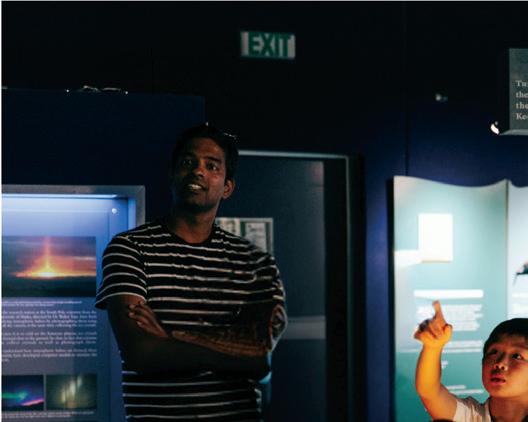
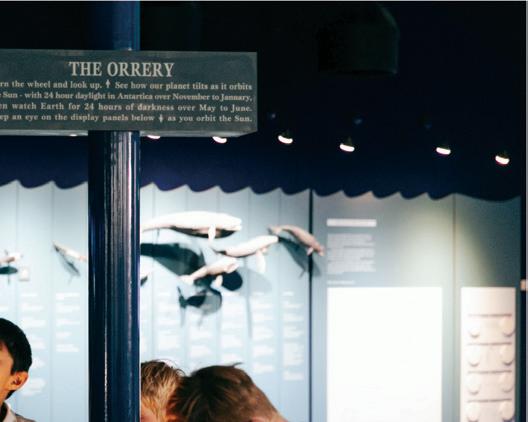


An additional option is available for students to ride in a real Hägglund vehicle, the type used in actual Antarctic conditions.
The programme explores the dramatic history of Antarctic exploration, including the important role of husky dogs during the heroic era. Students also learn about modern science, examining the eff ects of climate change, the importance of the Southern Ocean, and the fragile ecosystems unique to this frozen continent.
By blending history, science, and environmental education, the International Antarctic Centre aims to foster a deep appreciation for Antarctica’s global significance. Whether the focus is on geography, environmental science, or the spirit of exploration, the International Antarctic Centre provides a rich, memorable learning experience for every student.
Christchurch Attractions can help your school group explore a range of iconic att ractions for the ultimate Christchurch experience. Activities include
Christchurch Tram, Christchurch Gondola, Punting on the Avon and Botanic Gardens Tour.
Heritage tramcars, informative live commentary about the city’s history and stories, and transport between key sites are all off ered by Christchurch Tram.
Christchurch Gondola provides a fantastic sightseeing experience of Christchurch and Canterbury. Students will learn about the region’s history and formation on a Discovery Ride. Walking tracks and catering options are available.
Enjoy the outdoors, see and learn about the river’s wildlife up close and see the plants of the Botanic Gardens with Punting on the Avon. A Botanic Gardens Tour will allow students to see and learn about the Botanic Gardens with a guided tour on board an electric shutt le, with live commentary about the Botanic Gardens’ unique plants and history.
Multiple activities can be completed in one day, with experiences tailored to suit your school group.



Christchurch Attractions offers plenty of fun and educational experience opportunities in Christchurch, including the Christchurch Tram and Christchurch Gondola.
A Tram tour on board a vintage tramcar o ers a sense of history, and the live commentary from the local drivers o ers insights into the history and special stories about the city. The tramcars are also a great way to travel between central city locations including Tūranga, Quake City and the Botanic Gardens.
The Christchurch Gondola o ers fantastic sightseeing for all ages with a bird’s-eye view of the city, Banks Peninsula and the Southern Alps. Experience the outdoors with a range of walking tracks: one-way ticket options are available for groups wishing to walk up or down from the summit. Learn about the region’s history and formation on a Discovery Ride.

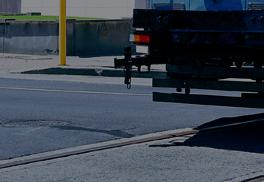
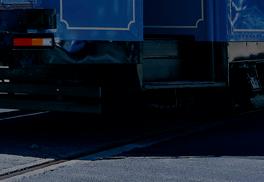
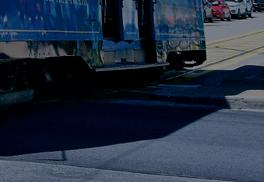


By Naomii Seah , Industry Reporter
More than 2000 New Zealanders suffer cardiac arrests each year, and survival rates average only 10 percent.
The only treatment for a sudden cardiac arrest is CPR and defibrillation, which can be administered by an AED. Having an automatic external defibrillator (AED) nearby can be the difference between life and death.
Schools are community hubs, often hosting not just staff and students but whānau and the wider population. Similarly, schools are often centrally located and easily accessible, which makes having an AED on school grounds important for the surrounding population.
AEDs can “jump-start” a heart that has stopped, by delivering an electric shock to it. After pads are positioned on the patient, the device will perform and automatic analysis of the patient’s heart rhythm. When necessary, it will
administer an electric shock to the heart to restart muscle contractions and get the heart back to its normal rhythms.
Here, we discuss important steps you can take to ensure effective AED access and use, to potentially save a life.
Modern AED devices are designed to be easy to use. When an emergency arises, AEDs should be administered promptly, with survival rates dropping by 10 percent for every minute that passes without defibrillation administered.
Some AEDs have voice prompts, visual cues and CPR feedback options. These can help guide users through the process. This feature may be especially important if there is a possibility the device will be used by someone untrained in CPR.
AEDs should also be durable and portable. Schools should look for waterproof and dust proof ratings, especially for outdoor environments. A long-lasting battery helps to
ensure minimal maintenance and smooth operation. Some models come with a battery life of four years or more, keeping maintenance costs down.
Having a compact AED means that if an emergency unfolds, the device can be easily accessed and moved around to respond.
For schools, special features such as paediatric pads are important to consider. These modified pads are a better fit for children and lower the shock rate to suit paediatric patients. Adult pads can be used on children, though they may need to be positioned differently. Talk to your AED provider for advice on how best to use pads for all patients with your school’s specific AED.
Devices should also be approved by the appropriate regulatory body to meet New Zealand’s requirements, and should have a MedSafe certification and TGA approval.
AEDs need regular maintenance.
Some models come with selfcheck features that display the device’s readiness. Models can do this daily, weekly, or monthly. The self-checks ensure that each component, such as pads and battery, and the device itself is functional. These features can lead to future savings costs as they may eliminate the need for annual third-party checks.
Each AED device will have an associated cost for replacing components such as pads and batteries. Accounting for the shelf life of these components and the cost of replacement will ensure schools can manage the costs of AEDs.
AEDs should be positioned in high traffic areas like receptions, break rooms or hallways. If possible, there should be an AED within one to three minutes of any location within the school. AEDs should be signposted with bright standardised signage and accessible to all people, including wheelchair users. This means positioning it in a publicly accessible area and at an appropriate height.
As Persons Conducting a Business or Undertaking (PCBU), school boards are required to have an appropriate number of people trained in an NZQA certified first aid course. Schools may want to consider potential hazards when selecting an appropriate course. For example, secondary schools handling hazardous chemicals in science classes should have first aiders trained in chemical burns and eye wash protocol; PE teachers may need first aid training specific to injuries like sprains and breaks or breathing difficulties. All workers should be made aware of the location of first aid kits and AEDs, and the names and locations of first aiders.
Portable first aid kits should be made available for school trips.

Simon Barnett , Head of Training and Medical Products, Hato Hone St John, said: “When selecting a defibrillator for a school, it's essential to consider its ease of use, reliability, and accessibility. It should have clear voice prompts and visual instructions to help the user in the event of a sudden cardiac arrest.
“It should also be considered whether the device has paediatric capabilities, especially in primary school environments.”
Mr Barnett added that schools should consider the costs of

ongoing maintenance when selecting an AED, such as the cost and life of the replacement pads and batteries to ensure that the device is going to meet your requirements.
“Defibrillators should be placed in highly visible and easily accessible locations,” Mr Barnett said. “Areas with high foot traffic could also be suitable such as the gymnasium, assembly hall or cafeteria. It should also be considered to place them near entrances to allow for quick access.
“Ensure the defibrillator is mounted with clear signage and that all staff are aware of the location.”

First Aid for the School Environment - 4 Hour course held at your premises at a time to suit you. This is a cost-effective course designed to give teachers confidence to cope with medical emergencies and accidents at school or on surburban trips. This fits with staff development and is based on Ministry of Education guidelines.
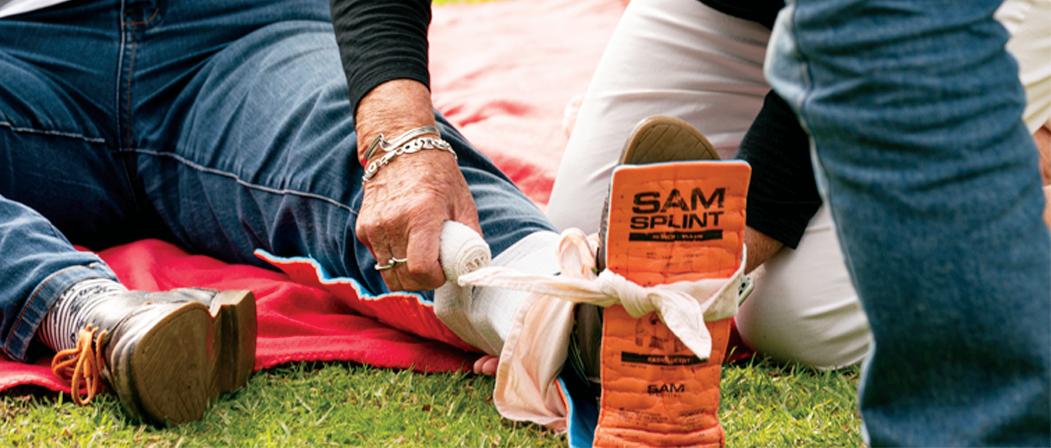



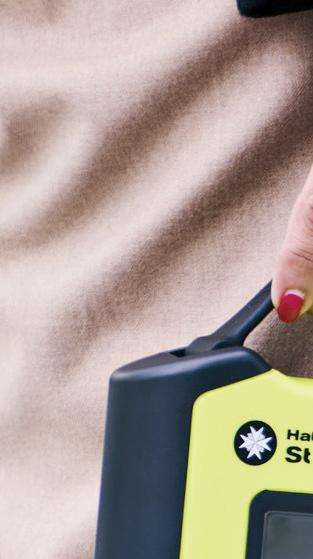
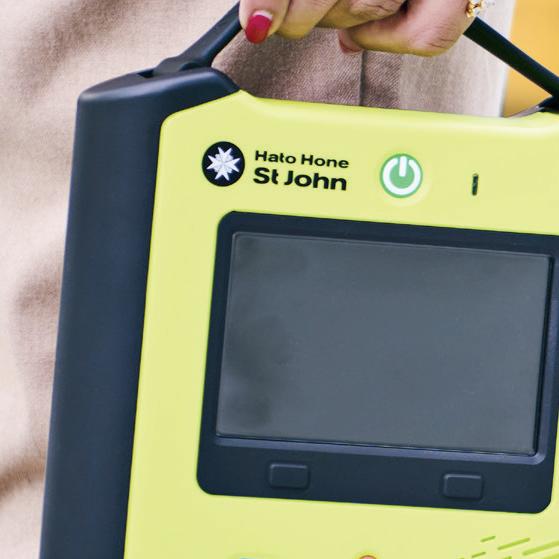


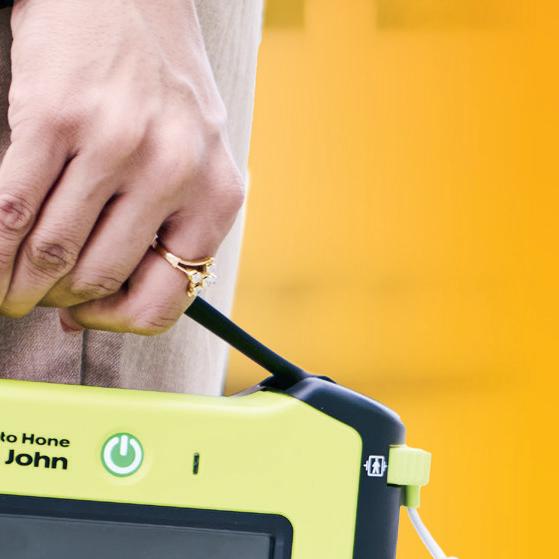





















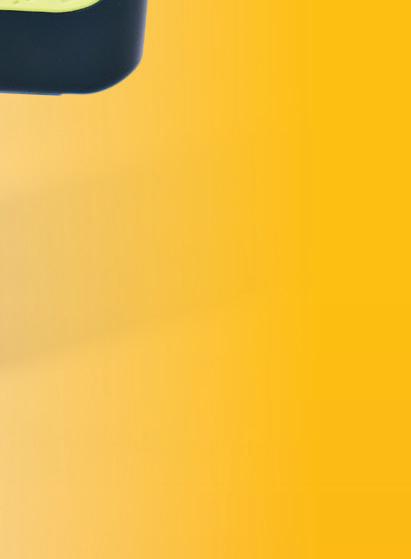















































By Naomii Seah, Industry Reporter
Effective communication is the first step toward teaching and learning, and in traditional classrooms and learning spaces, most communication happens verbally. Investing in balanced acoustics is therefore an investment for both staff and student wellbeing. Poor acoustics can impact teaching and learning as students struggle to hear and pay attention, and teachers strain their voice to be heard, often without much luck.
Jack Soffe, technical advisor at Autex Acoustics said effective acoustics play an important role in determining the quality of a learning space, alongside factors like lighting, air quality, and temperature levels.
“In education spaces, too much noise or reverberation can cause students to miss key words and phrases, making it harder to follow lessons and leading to confusion and decreased engagement. This is especially important for students still developing their language skills—whether it’s their first or second language— and those with hearing impairments or other learning challenges,” Mr Soffe said.
Many classrooms and learning spaces suffer from high reverberation times. This means that sounds echo around the room, often due to the presence of hard surfaces. With high reverberation times, background noises are amplified. During group work, as learners and kaiako try to hear one another, volume can gradually increase to unworkable levels. In areas with poor acoustics, this happens much faster and more often.
One solution to this problem is to introduce more soft furnishings to the space. Hardwood floors should be covered in carpets, and linoleum areas should be kept to minimum.
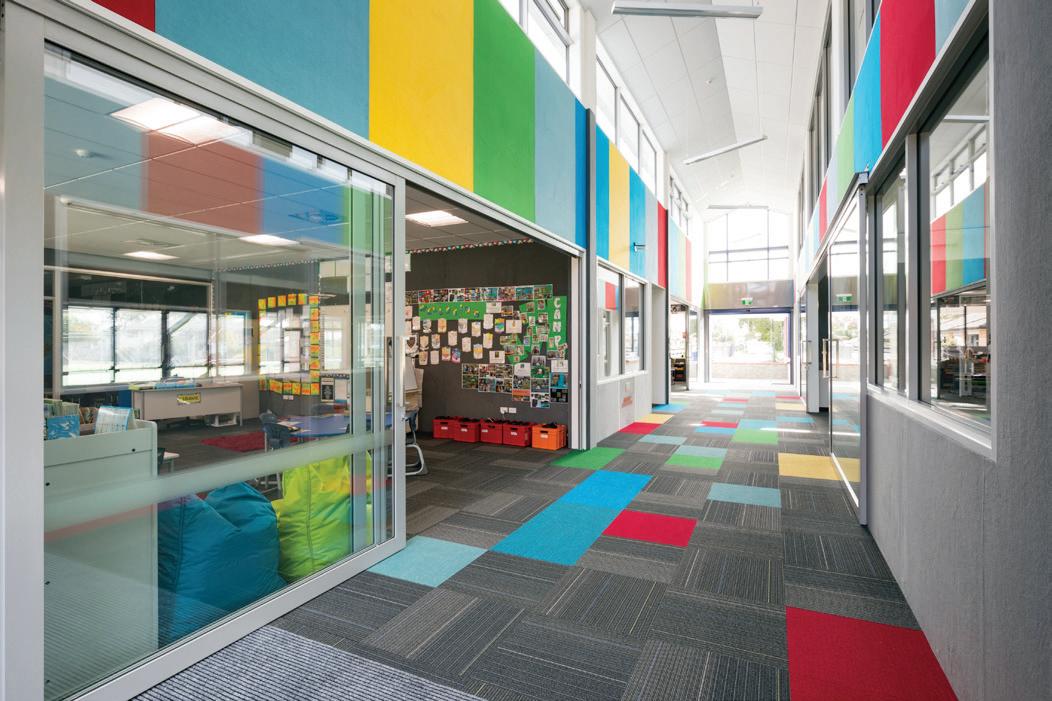

Poor acoustics can impact teaching and learning
Of course, there are other practical considerations like ease of cleaning breakout spaces. Places such as lunchrooms and art rooms necessarily need hardwood floors and hard objects like sinks and whiteware. When these spaces are multifunctional, acoustic properties need to be balanced against other considerations.
If carpets are not an option, schools can consider covering hard objects when not in use and employing soft furniture like couches, beanbags and heavy drapes to absorb excess noise.
Auditoriums, halls and gymnasiums face specific acoustic challenges. These structures often have poor
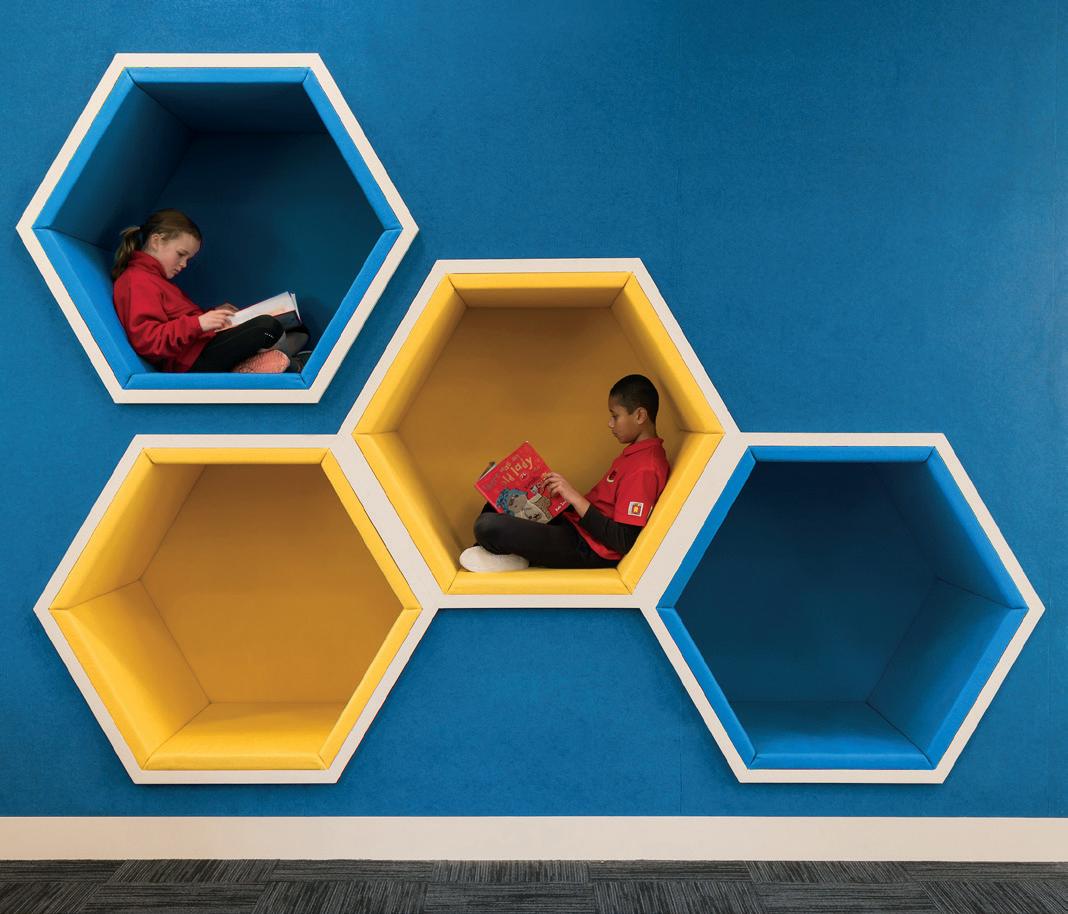
acoustic design due to features like speciality sports surfaces or high ceilings. This creates challenges when using these spaces for other events like performances and presentations.
“Sound-absorbing wall panels and ceiling treatments are among the most effective acoustic solutions for classrooms and other learning spaces. They help to absorb sound energy and reduce reverberation time, which improves sound clarity and speech intelligibility,” Mr Soffe said.
For classrooms, other innovative solutions exist such as sound field systems. These are a combination of microphones, amplifiers and speakers built into the space to create an area of even sound. This ensures all students, including those at the back of the room, can hear instructions and remain engaged with lessons.
Sound systems like these are a good option for classrooms with odd shapes, where dead zones can occur—areas of the classroom with reduced sound quality. These systems are also good for larger spaces, such as flexible teaching areas that may accommodate more than one class or teacher at a time.
For schools looking at adding new facilities, improved sound design can be built-in rather than an afterthought, with integrated sound field systems neatly installed behind wall panelling. Soft carpets and furnishings can also be included at the outset, reducing future costs and ensuring new learning areas are built to a high quality.
Mr Soffe said, “When designing large, open-plan learning spaces, which are becoming increasingly popular in schools, it is also beneficial to incorporate irregular shapes for sound diffusion, along with acoustic zones and alcoves. These design elements help create breakout areas for students, enhancing both learning and engagement.”
Create focused, healthy classrooms with GreenStuf ® insulation—where comfort and clarity empower learning.
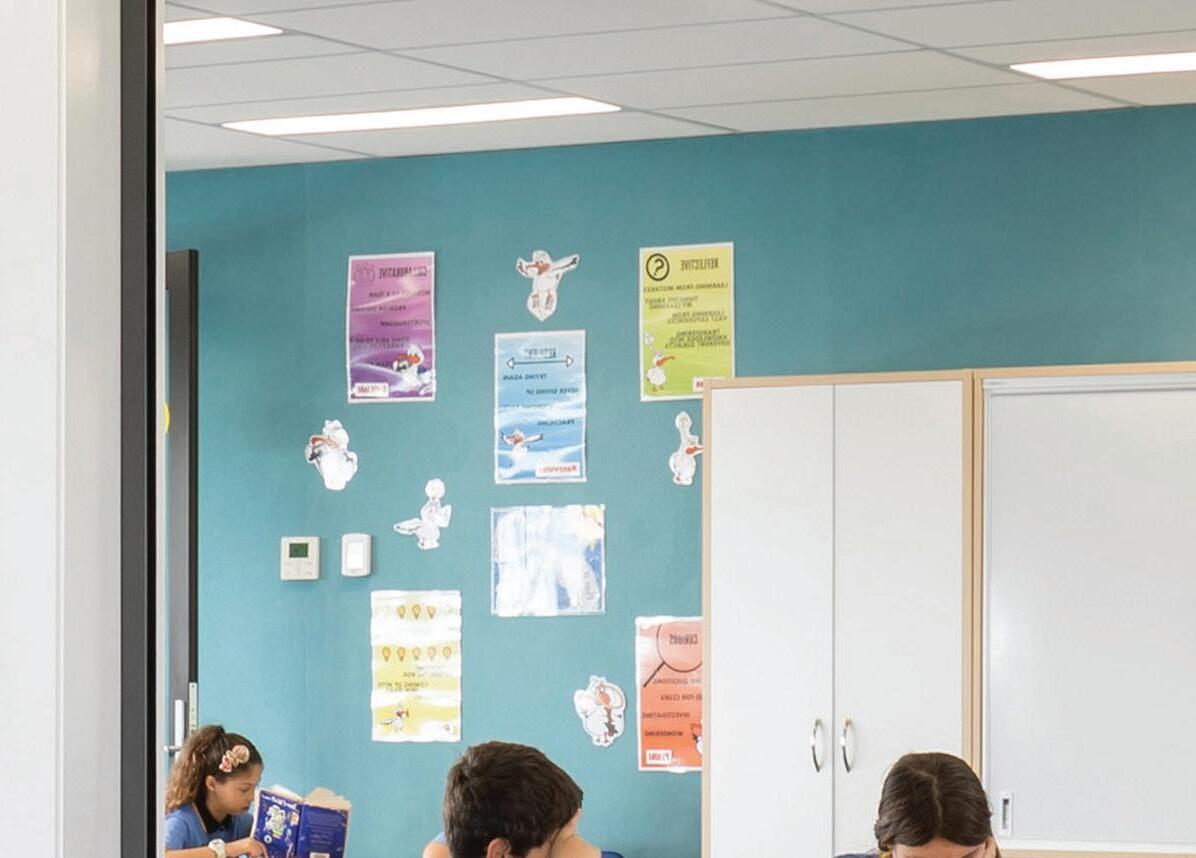
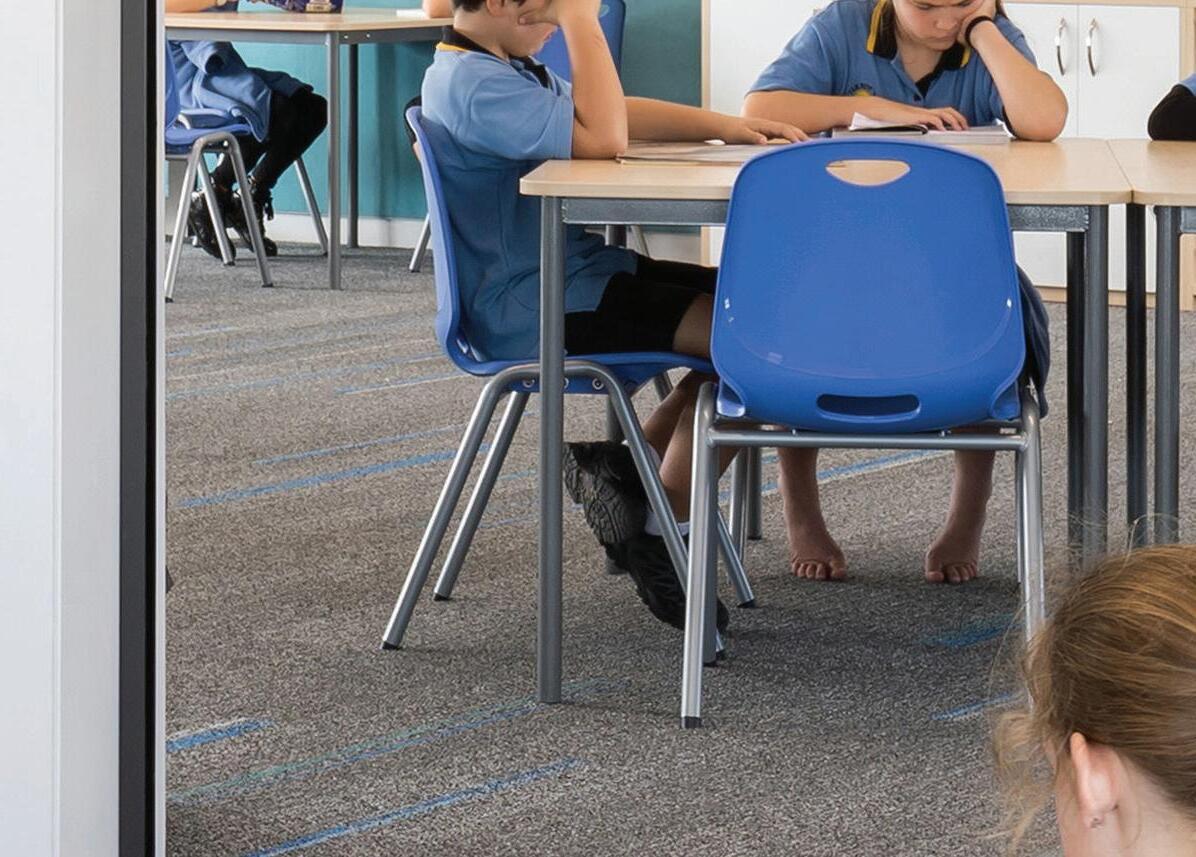
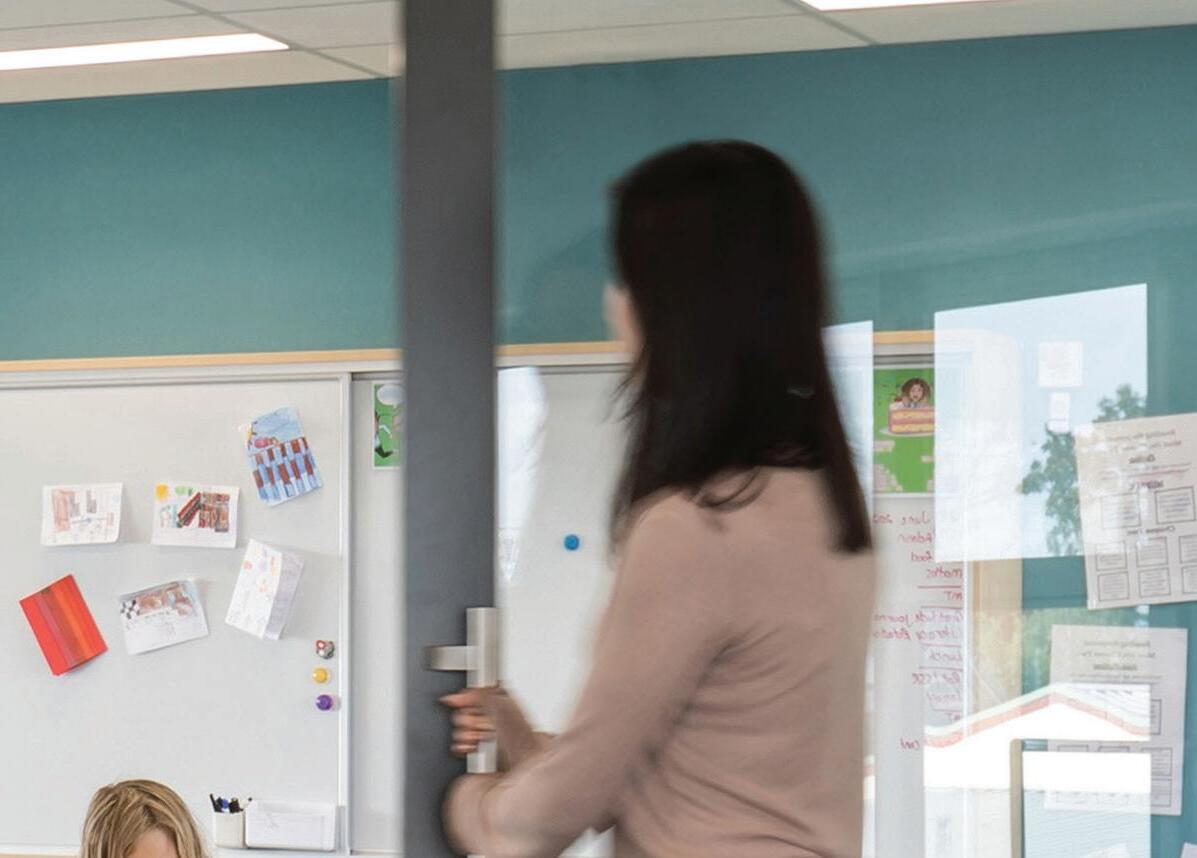
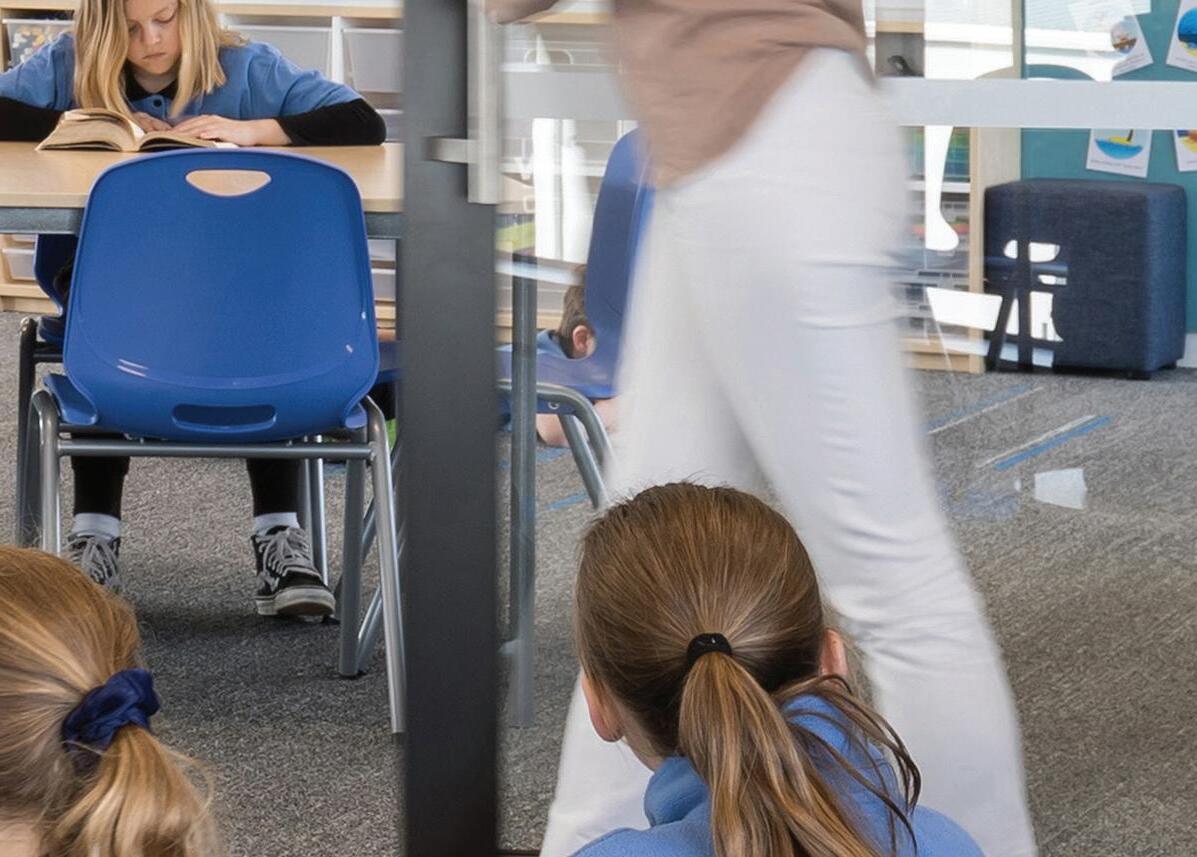
Scan to learn more


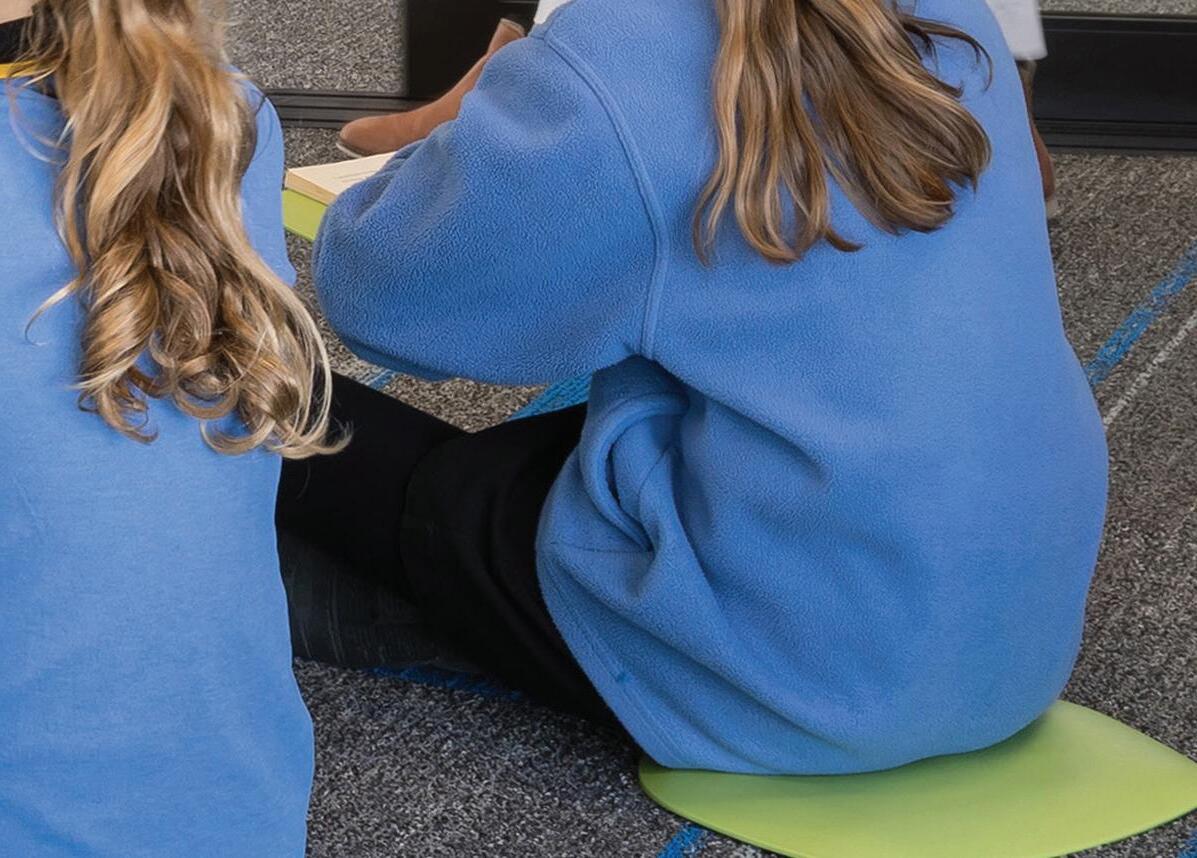
By Gemma Easton, Editor
About 13 million tonnes of waste is sent to landfill each year in Aotearoa New Zealand.
In an academic year, primary schools generate around 45 kilograms of waste per pupil, while secondary schools produce around 22 kilograms of waste per pupil. Food, paper and cardboard account for 70 percent of waste produced by schools, and while 80 percent of school waste is recyclable, only about 20 percent actually gets recycled.
Schools and kura have a special opportunity to help shape how ākonga think about waste, and teach them how to reduce food waste, and recycle and repurpose items when appropriate.

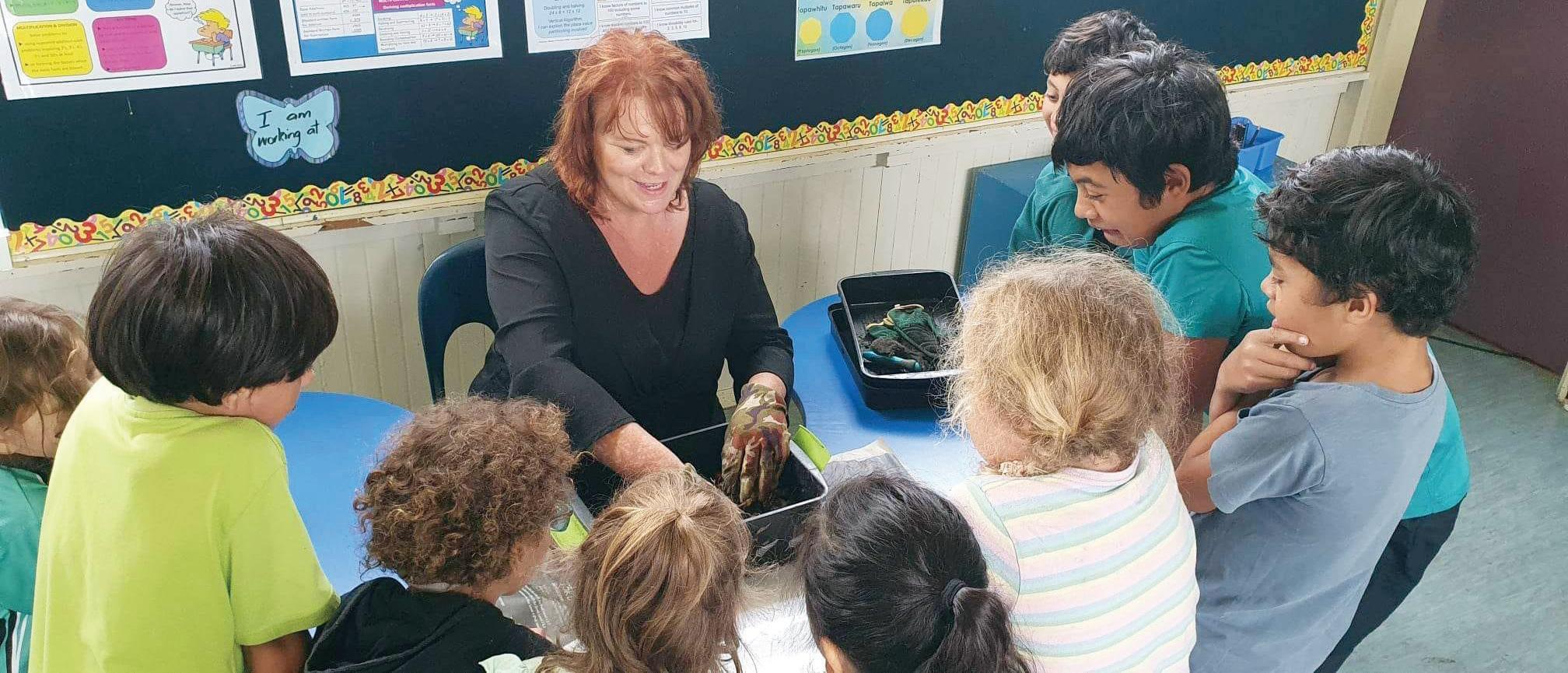
To understand your school’s waste situation, it might be valuable to conduct a waste audit. This will help determine the types of waste your school is generating.
Marty Hoffart, Chairman, Environmental Education for
Resource Sustainability Trust, which oversees Zero Waste Education explained: “School waste audits are a great activity for gathering specific data for waste reporting, evaluating the effectiveness of the system already in place and finding ways to save money on waste costs,” Mr Hoffart said.
and composting in schools,”
Mr Hoffart said. “Composting protects the climate by reducing methane emissions from landfills while at the same time reducing waste going into landfills.
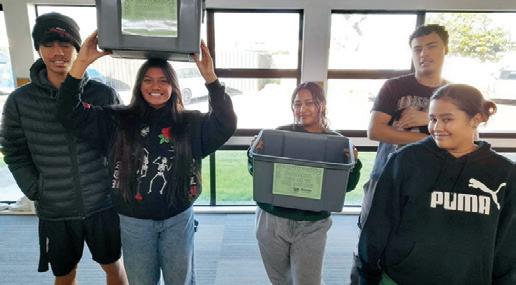

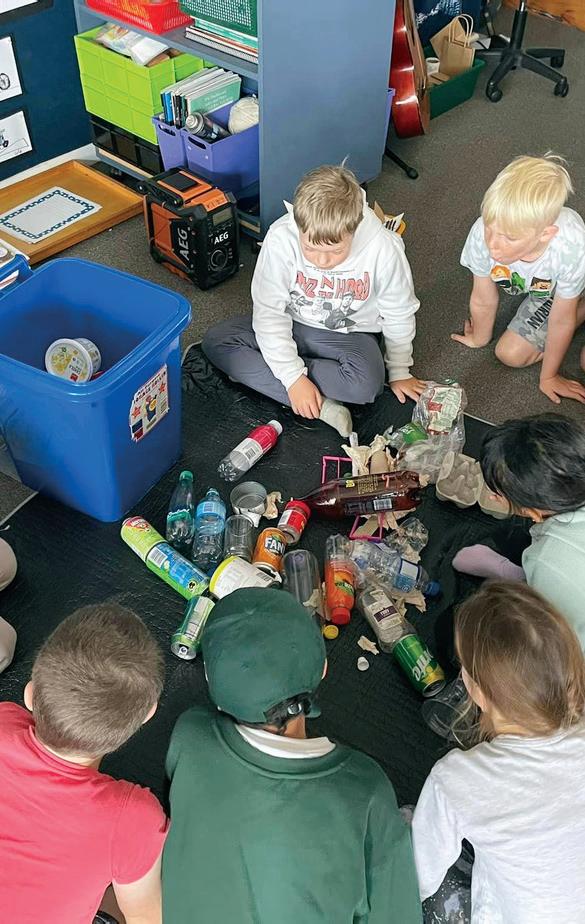
“It is the best way of establishing the need for additional waste streams and staff education if contamination is found. Waste audits help improve the management of waste streams by identifying and quantifying materials discarded into the landfill bins. Audits ultimately lead to more sustainable practices and cost savings for schools.”
“When we dump organic waste into landfill and compact it with an 80-tonne compactor, it becomes harmful landfill gas and forms a liquid called leachate. Landfill gas (LFG) is a natural byproduct of the decomposition of organic material in landfills. LFG is composed of roughly 50 percent methane (the primary component of natural gas), 50 percent carbon dioxide (CO2) and a small amount of non-methane organic compounds,” Mr Hoffart said.
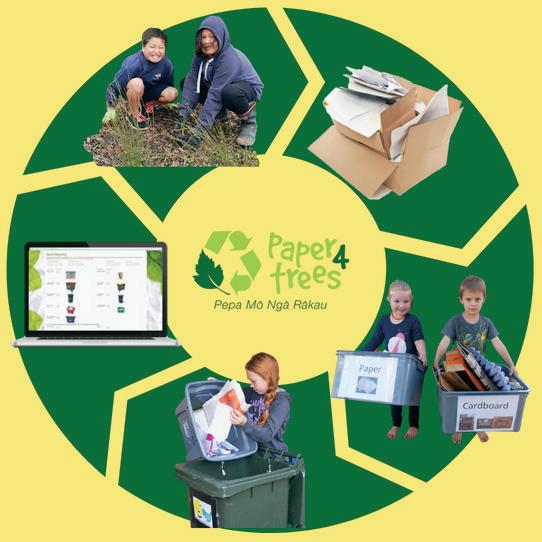

To encourage students and staff to recycle, make sure food waste and recycling bins are located around your school alongside general waste bins. All bins must be clearly labelled to avoid contamination of waste streams. Paper and plastic recycling bins can also be incorporated into classrooms, or in staff lunchrooms or near photocopiers to encourage staff and students to recycle.
Food waste is a pervasive problem, and not just for schools. Where possible, schools should look for ways to keep food out of landfill. “There are many environmental, educational, and cost saving benefits of introducing worm farming
“Keeping this material above the ground recycles organic materials into a valuable soil amendment— compost. The natural process recovers nutrients in organic materials and provides an opportunity to keep them local. Composting also creates green jobs in the community.”
For ongoing waste management and sustainability gains, your school could introduce a green team or environment club, led by students who are passionate about the environment. By fostering sustainable waste management habits, both in the classroom and at home, educators can empower students to contribute to a greener future.
By Gemma Easton , Editor
Every square centimetre of your school grounds is important.
With rolls growing and space increasingly at a premium, it makes sense to move some learning activities into outdoor spaces.
More than just a place to gather for lunch when it’s raining, outdoor spaces in schools can become dynamic outdoor classrooms. Whether it’s for messy play, learning experiences like caring for vegetable gardens and composting, or as an allweather alternative to fourwalled classrooms, outdoor learning spaces can be a key asset for your school.
Much like indoor spaces, the design of your outdoor areas will depend on their intended use. Consider if the space needs to be flexible to accommodate a range of group sizes and activities, or if it will be for one specific purpose.
From here, you can think about the types of shade solutions, flooring, and outdoor furniture that will be needed in the space. To keep the space looking good for years to come, choose items that are manufactured to withstand outdoor conditions.
To be effective learning and break out spaces, outdoor areas must be accessible to all students and staff.


By Katrina Evans, Group Marketing Manager, Archgola
Permanent outdoor shelters offer schools lasting benefits — enhancing student flow, increased outdoor time, and converting under-utilised areas into functional, shaded spaces.
Covered Outdoor Learning Areas (COLAs) are in high demand as schools seek extended outdoor learning environments. Choosing the right provider is key. Look for a company
with engineering certification, a proven design process, and durable materials that can withstand New Zealand’s variable weather. High UV protection is also essential — quality roofing should block up to 99% of harmful rays and meet Ministry of Education (MOE) tra cable roof standards.
Shelter frames are typically steel or aluminium. Steel is stronger, allowing for wider spans and fewer posts—ideal for busy school environments. Roof designs can be arched, gullwing, or flat, with up to 50 Dulux powder coat colours to match or contrast school colours. Archgola shelters use Webglass roofing, compliant with MOE guidelines. Tints
include Ice Clear (maximum light and warmth) and Opal (cooler shade). For added weather protection, retractable outdoor blinds—mesh or clear PVC — can be included. The Ezi Guide system is popular for its ease of use and durability. Many schools choose to add side walls, made of roofing material, as a more permanent solution.
Archgola™ o ers a complete service: from on-site consultation and design to council consents and expert installation. With extensive experience in school projects, Archgola meets MOE design standards and can present proposals in funding-approval formats.
Talk to other schools about their shelter solutions, and book a site visit to discuss your needs with your Archgola representative. Measurements are taken during this visit to begin the design and quoting process. If aiming for school holiday installation, allow plenty of time for planning and approvals. Permanent shelters are a significant investment. Partner with a trusted provider like Archgola to ensure your school gets a longlasting, high-quality shade and shelter solution tailored to your needs.
For more information call 0508 272 446 or visit our website archgola.co.nz to find your local agent.

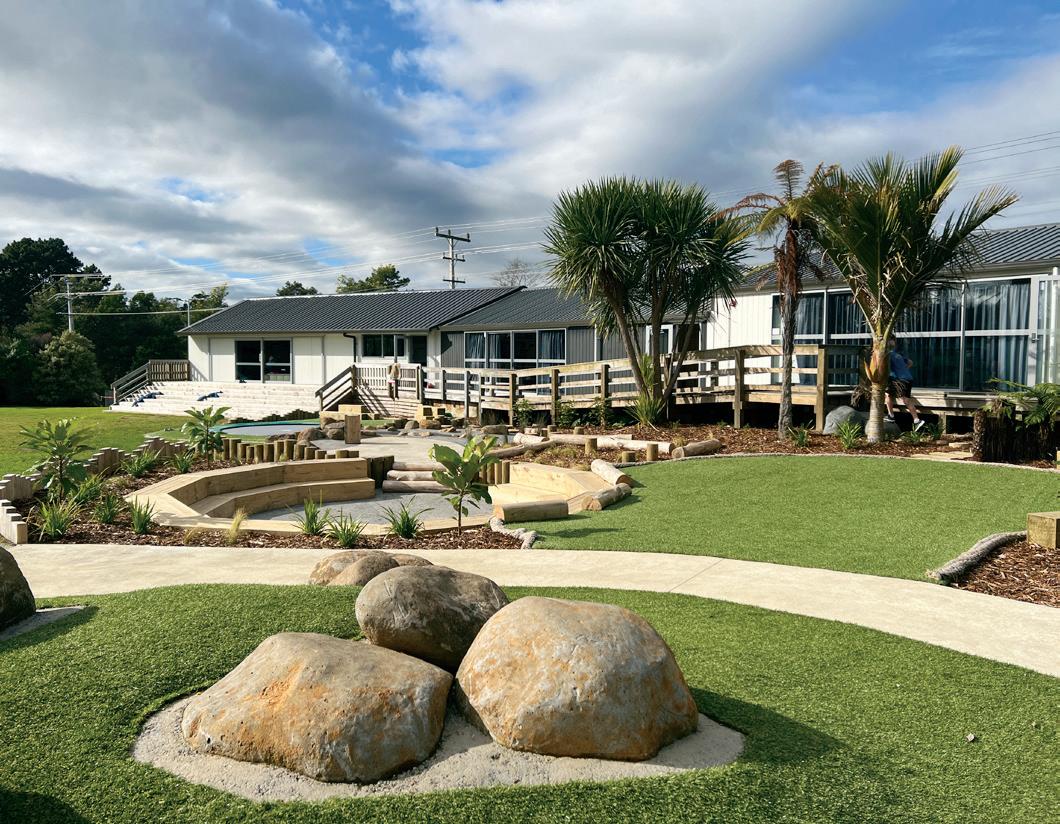
Wide, even, clear paths will make it easier for people with mobility considerations to enjoy your outdoor spaces.
There may be outdoor spaces in your school that are currently underutilised, due to a lack of shade or appropriate amenities. Upgrading these spaces can transform them into well-used areas.
Katrina Evans from Archgola said with the development of new classrooms, the need for shade and weather protection has become a crucial part of school planning.
Common locations for canopies in schools, Ms Evans highlighted, include: “Shade for classrooms—extending covered areas in front of classrooms provides much-
needed sun protection, particularly in the summer months and wet weather protection throughout the year.
“Walkways—providing coverage between classrooms and other key school buildings ensures students and teachers stay dry in wet conditions.
“Staffroom extension— overflowing staff rooms are a common problem. Extending outdoors allows for the staff to spread out and have a sheltered space to share.”
Ms Evans said that no two schools are the same, and the structures chosen need to align with the project requirements and building type. “Fortunately, canopies can be individually customised so schools can create outdoor spaces that seamlessly integrate with their existing infrastructure while providing optimal coverage.
“For example, straight canopies work well for shorter spans, making them ideal for long walkways or for mounting on the front of classrooms.
Whereas arched canopies allow for wider spans of up to 6.5 metres with fewer posts, making them better suited for building-mounted installations.”
Furniture and floor coverings can be similarly designed to suit the space. Concrete, soft fall rubber, or natural coverings like mulch can be used for flooring; outdoor tables and chairs are available in a range of materials including timber and aluminium.
“Schools that invest in canopies not only create safer and more comfortable environments for students but also future proof their outdoor spaces for years to come. For example, schools can integrate rainwater collection systems into their canopies, promoting eco-friendly initiatives and water conservation efforts,” Ms Evans said.
Adding new or refurbing existing outdoor areas can present some challenges.
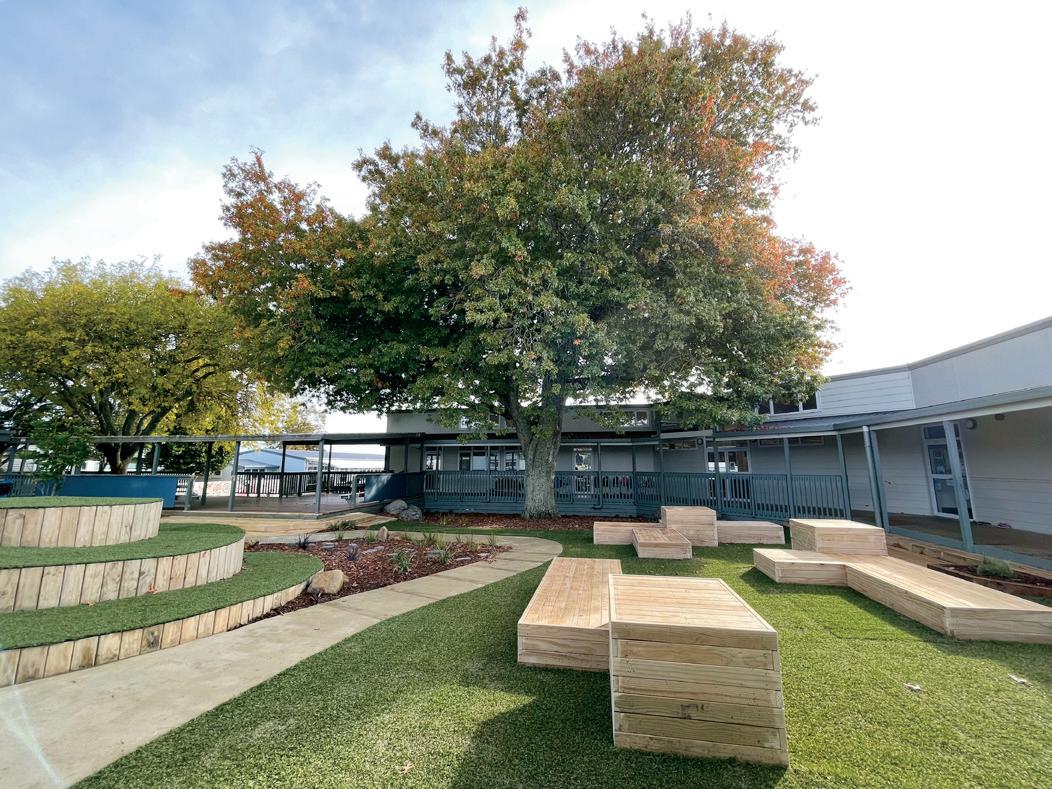
Outdoor spaces in schools can become dynamic outdoor classrooms

Matching new shade structures and outdoor furnishings to existing infrastructure will take careful planning.
Nick Suckling from Shade Systems said good shade design in schools needs to do more than just block the sun—it should also enhance the look and feel of the space.
“With the right approach, shade structures can complement existing buildings and landscaping, helping to create a cohesive and welcoming environment. Whether it’s using colour to reflect school branding or designing shapes that add interest to open areas, there are plenty of ways to make shade both practical and visually appealing.”
It's also important to tailor shade solutions to suit each area of your school. “Not every part of a school requires the same kind of shade,” Mr Suckling said. “Play areas, outdoor classrooms, walkways, and seating zones all have diff erent functions, and shade solutions should reflect those uses.
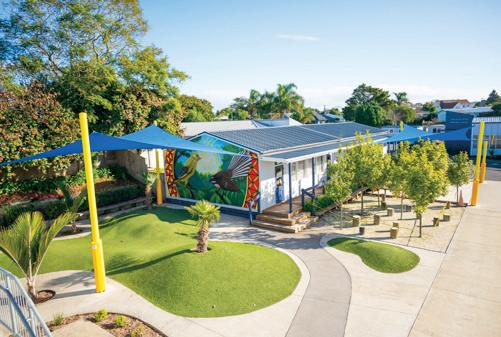
“Open, breathable designs work well in spaces where airflow is important, while more enclosed structures suit learning or dining zones where comfort and concentration are the priority. Importantly, in high-exposure areas like playgrounds, well-designed shade not only improves usability—it also quietly supports sun safety by reducing UV exposure without relying solely on hats or sunscreen.”
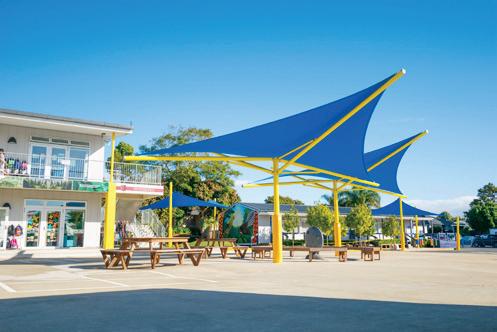

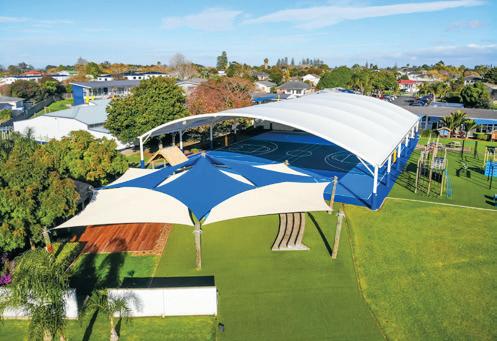



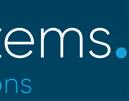




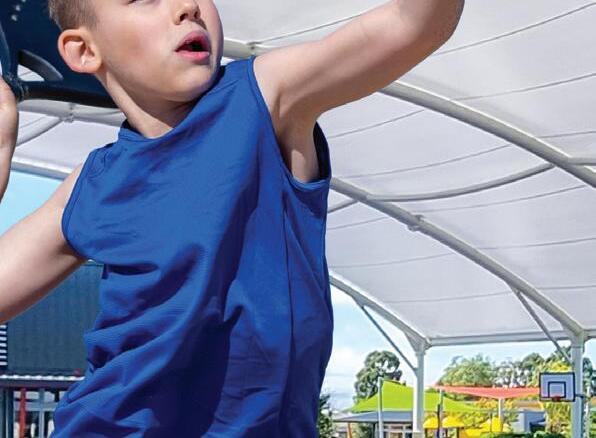
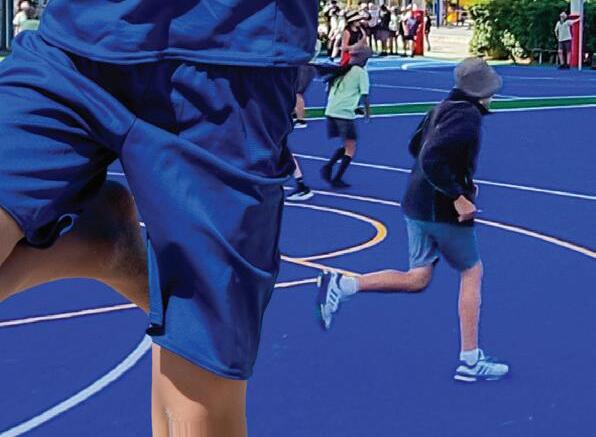
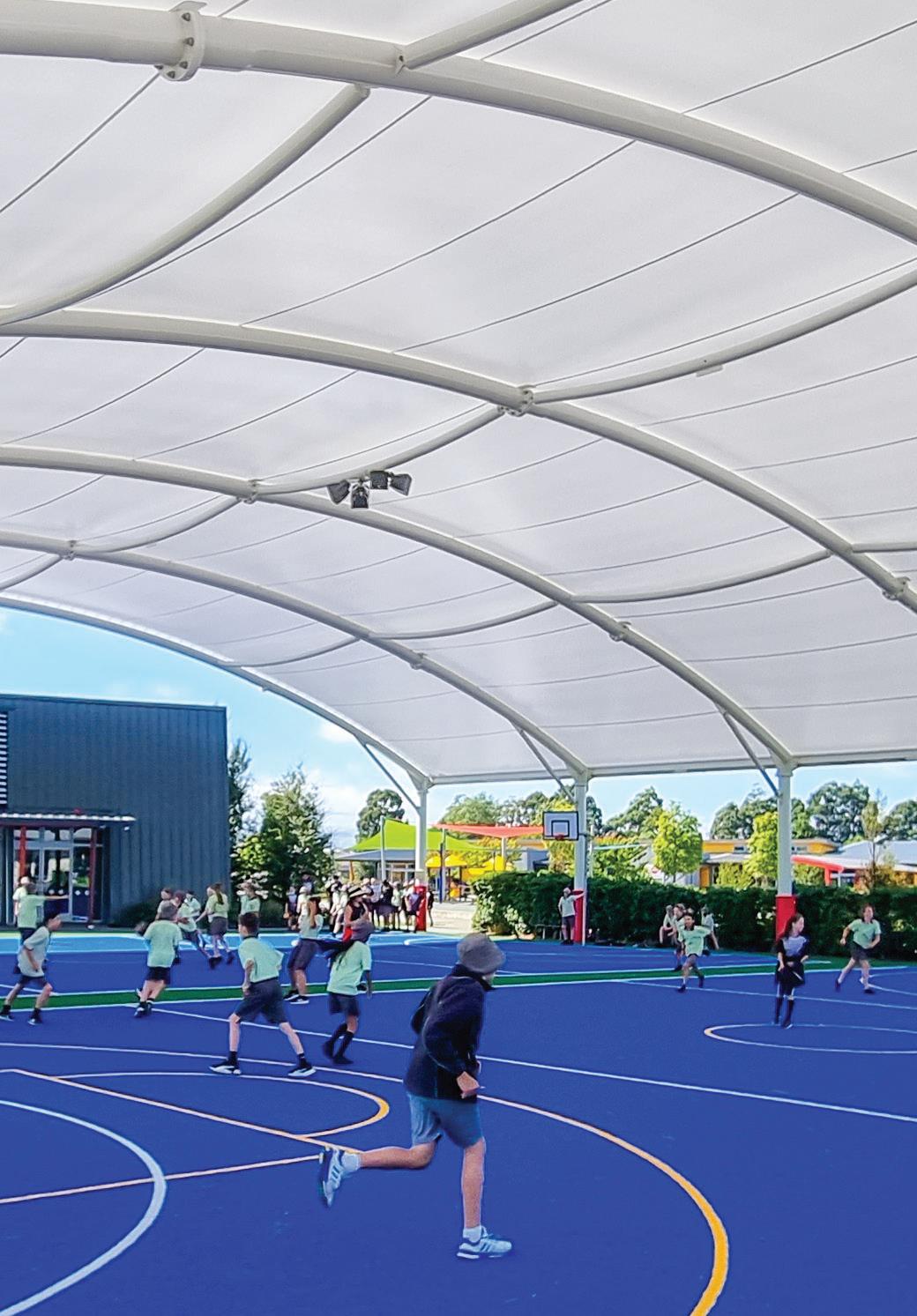
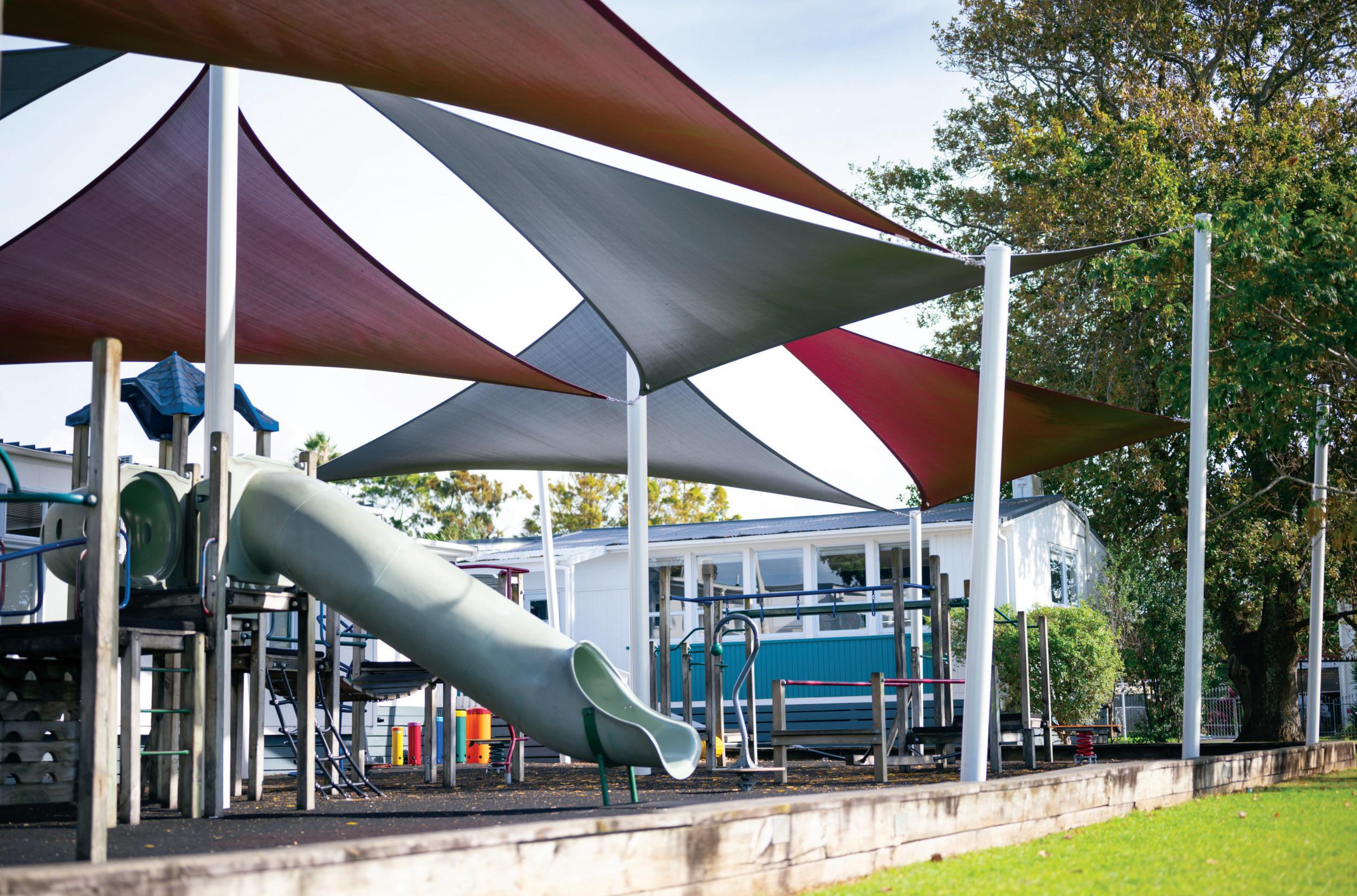
Mr Suckling explained that with thoughtful planning, shade structures can help transform school grounds into flexible, all-weather environments. “A shaded area can easily shift from a quiet reading corner in the morning to an active play zone or a place for school gatherings in the afternoon.
The more adaptable the design, the greater the value schools can derive from their outdoor spaces—rain, shine, or anything in between. And with New Zealand’s intense sun, providing consistent and passive protection for children becomes an integral part of thoughtful design.”
It’s recommended that children have at least three hours of time outside each day, to ensure adequate vitamin D exposure, and to enjoy fresh air. Students spend much of their time during the day at school, which means they need to spend some of the school day outside.
Moving lessons outside will help students get their needed time outdoors. Adding natural materials like wooden bench seats, grassed areas, rock

walls and garden beds can help students connect with nature.
Lara Croll from Playscape said schools are bringing learning outdoors for a reason. “Learning in a natural setting can improve children's concentration levels and can help create a calming environment that promotes relaxation. It can help support our tamariki's mental and emotional wellbeing as well as their engagement with learning.”
Ms Croll said the type of natural
elements used in outdoor spaces may depend on the amount of maintenance a school is wanting to have, where materials will be used, and their intended purpose. “For example if it is a high traffic area, a staggered boardwalk may be more suitable than stepping stones through a garden that has loose material being kicked around by little feet.
“A school may want no treated timber, but then they need to be
prepared to replace elements over time as they will deteriorate faster than a treated product.
“How the elements interact with the space should be considered, for example is it a high wind zone, or how does water travel through the site. Or it may depend on the age of students that are using the area. Will river stones, for example, become a throwing hazard?”
Spaces like vegetable gardens, fish ponds, and native species areas can provide valuable learning opportunities for students.
“We absolutely recommend getting children involved in the care and management of the outdoor spaces, to foster care for their outdoor spaces,” Ms Croll said. “Tamariki will be less likely to, for example, trample through the garden when playing if they have taken the time to weed around those precious plants and water them to help them grow. David Attenbourogh said, ‘If children don't grow up knowing about nature, they won't understand it. And if they don't understand it, they won't protect it’."
By Gemma Easton, Editor
Pukekohe Hill School had a vision to transform an unused grassy area into the heart of the school. Working with Playscape, they have done just that.
Principal Simon Williams explained: “Before development, this grassy area sat unused. It was too dry in summer and too wet in winter. Surrounded by classrooms and paved spaces, it had the potential to become something much more.”
The Playscape team worked collaboratively with Pukekohe Hill School to create an outdoor learning hub that is an extension of the classrooms.
Lara Croll from Playscape said the space needed to be functional year-round. “As the

space is located near the front of the school, beautifying the area to create a welcoming entrance was a priority. It was also important that a beautiful existing tree was maintained.
“Planting pockets are woven through the space to soften the
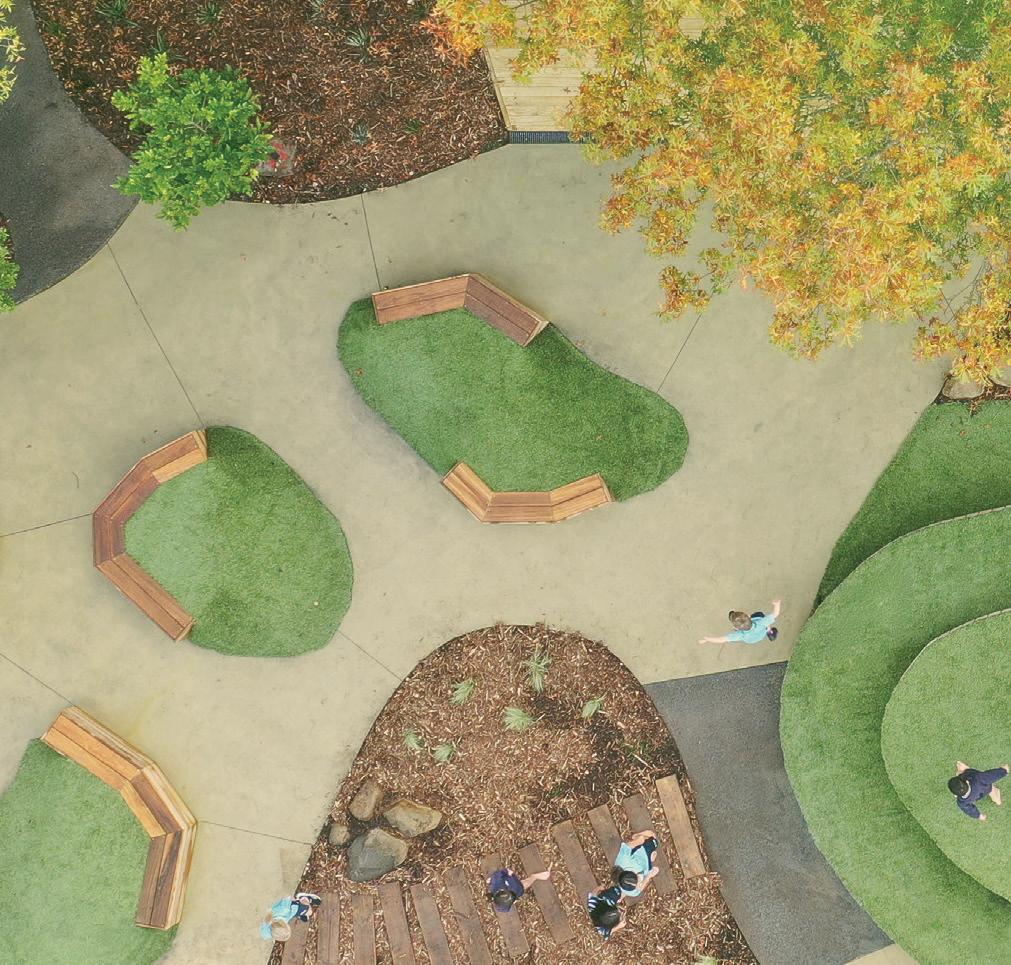
use of concrete and artificial turf,” Ms Croll said. “The natural materials and planting help nestle and ground the elements, and create cohesion with the landscape. The mix of natural materials introduces sensory elements for the children to
explore and helps to provide a calming space for learning.”
Mr Williams said working with Playscape was a seamless, and enjoyable experience. “The design team took the time to truly understand our vision for the space and what we hoped to achieve. Despite the area being at the heart of our large school, the team managed to work efficiently while school life continued around them.
“It’s fantastic to now see the space being used in so many ways throughout the school day—whether its individual students finding a quiet place to work, teachers reading to their classes on the ‘Hill,’ or tamariki enjoying active play during break times. It’s truly a vibrant and versatile space that has become the heart of our school.”
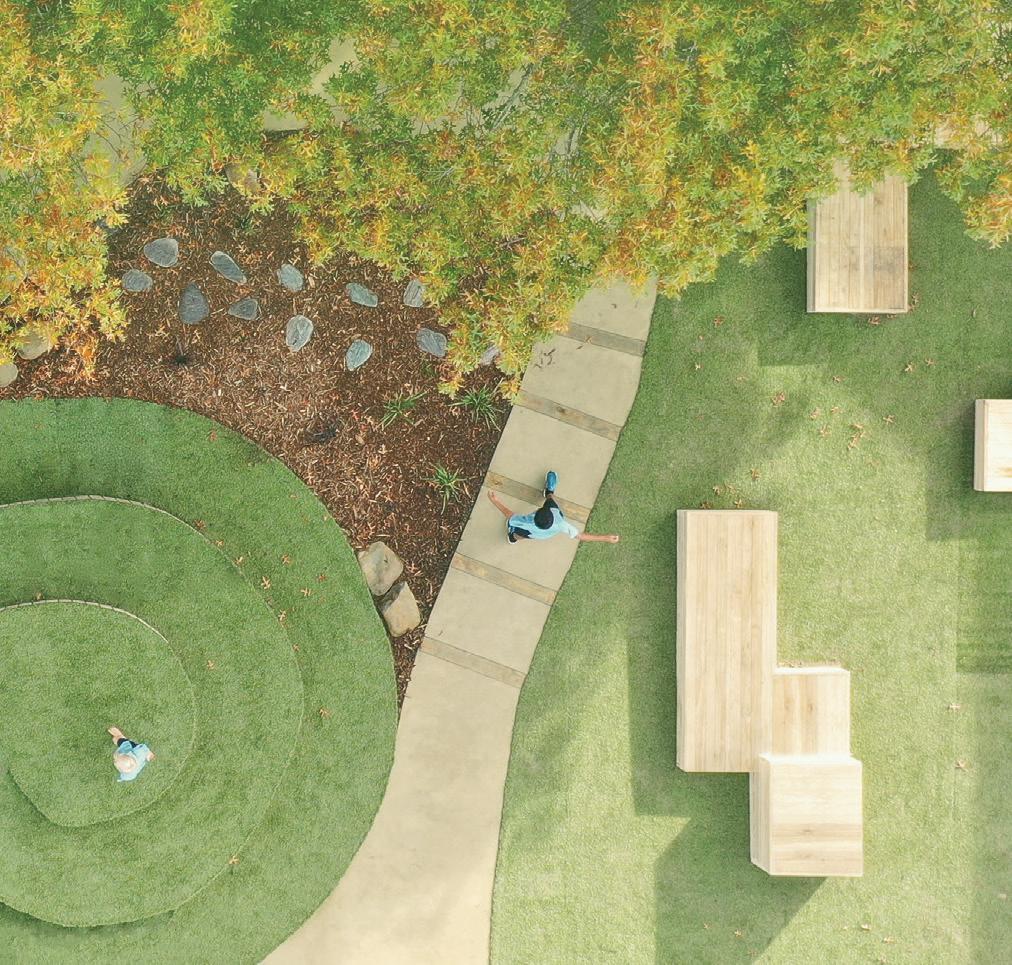


We design and build outdoor spaces - from unique nature inspired playgrounds through to landscapes that bring the learning outdoors.
www.playscape.co.nz
0800 757 555
hello@playscape.co.nz






